PHOTO GALLERY & Classroom Learning
K - Yr 6 Snapshots
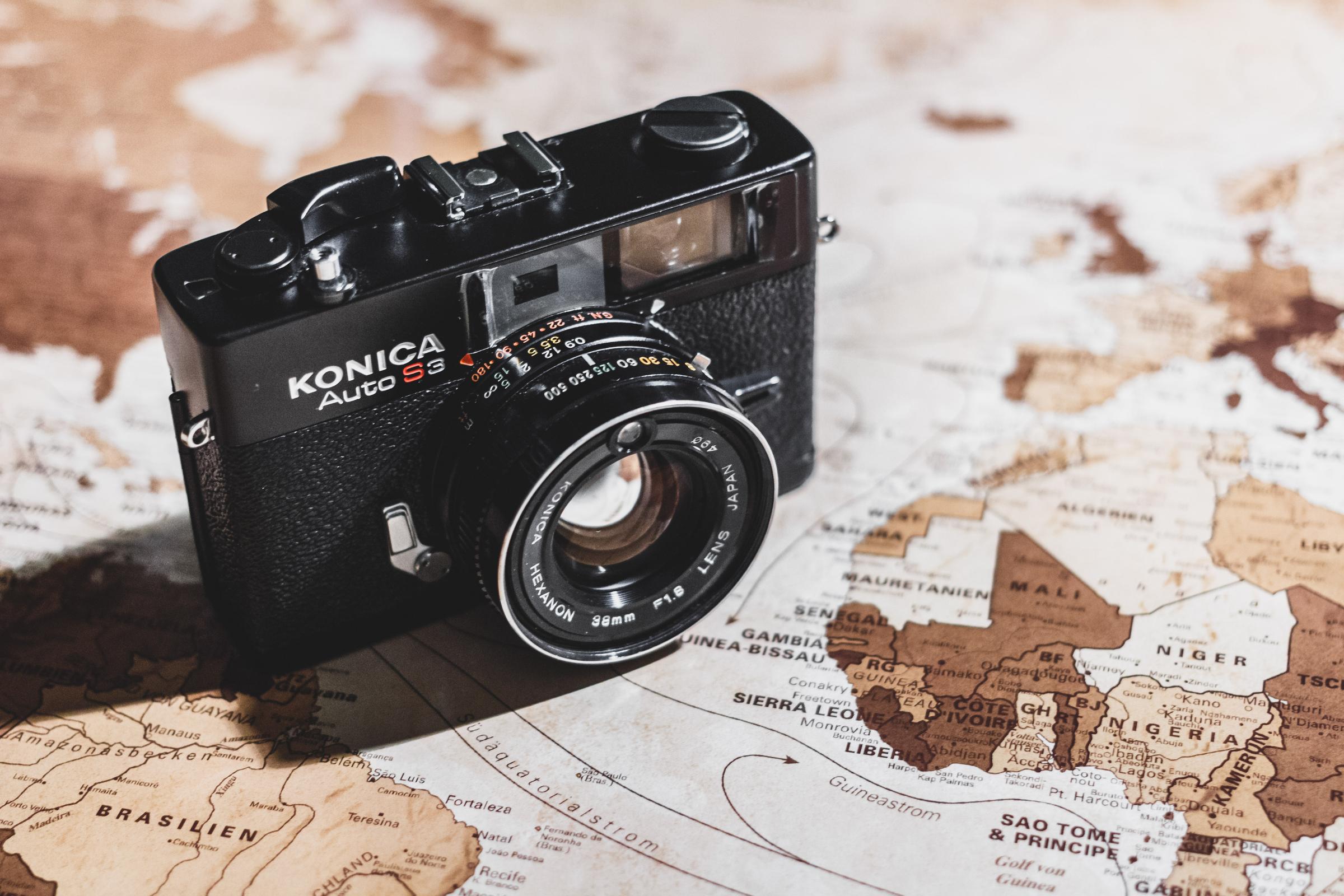
PHOTO GALLERY & Classroom Learning
K - Yr 6 Snapshots
Kindergarten created beautiful fireworks in the night sky.

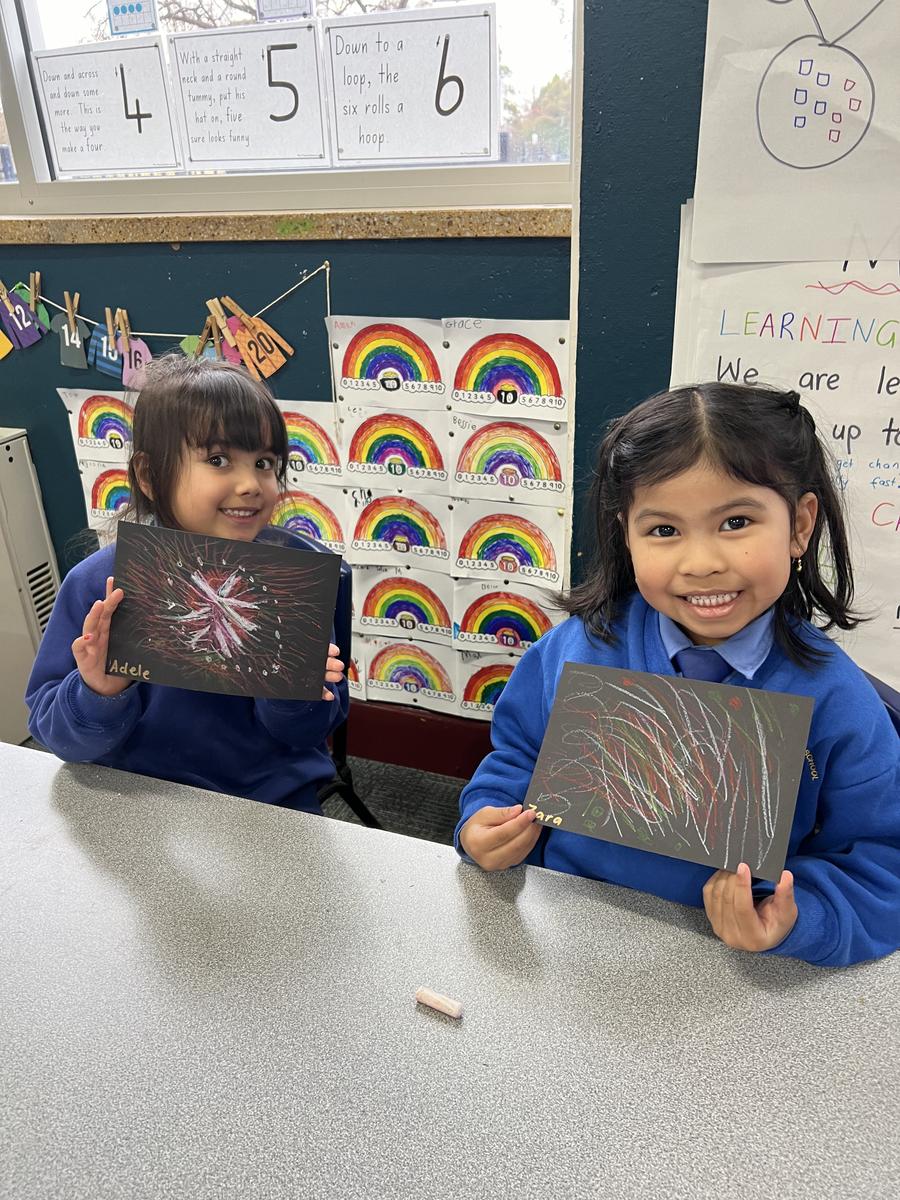




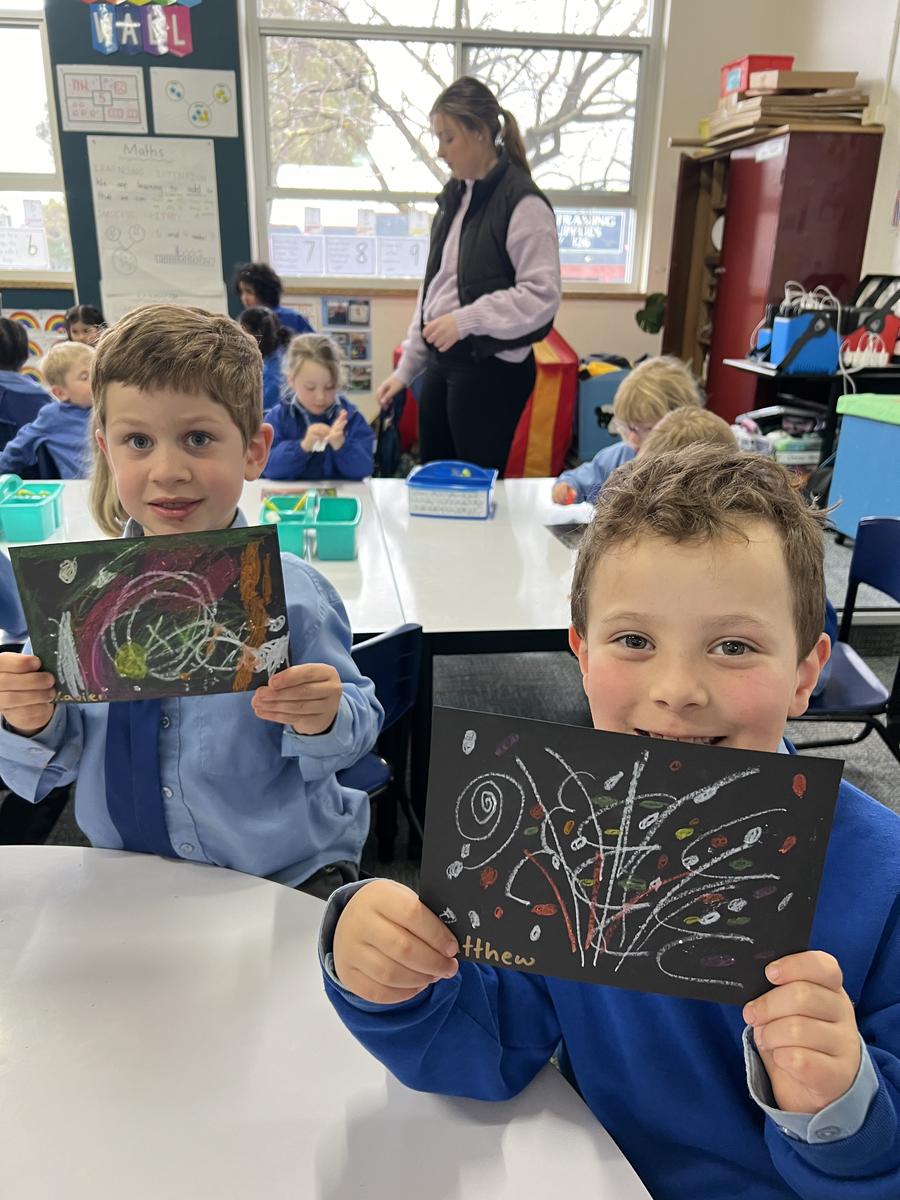






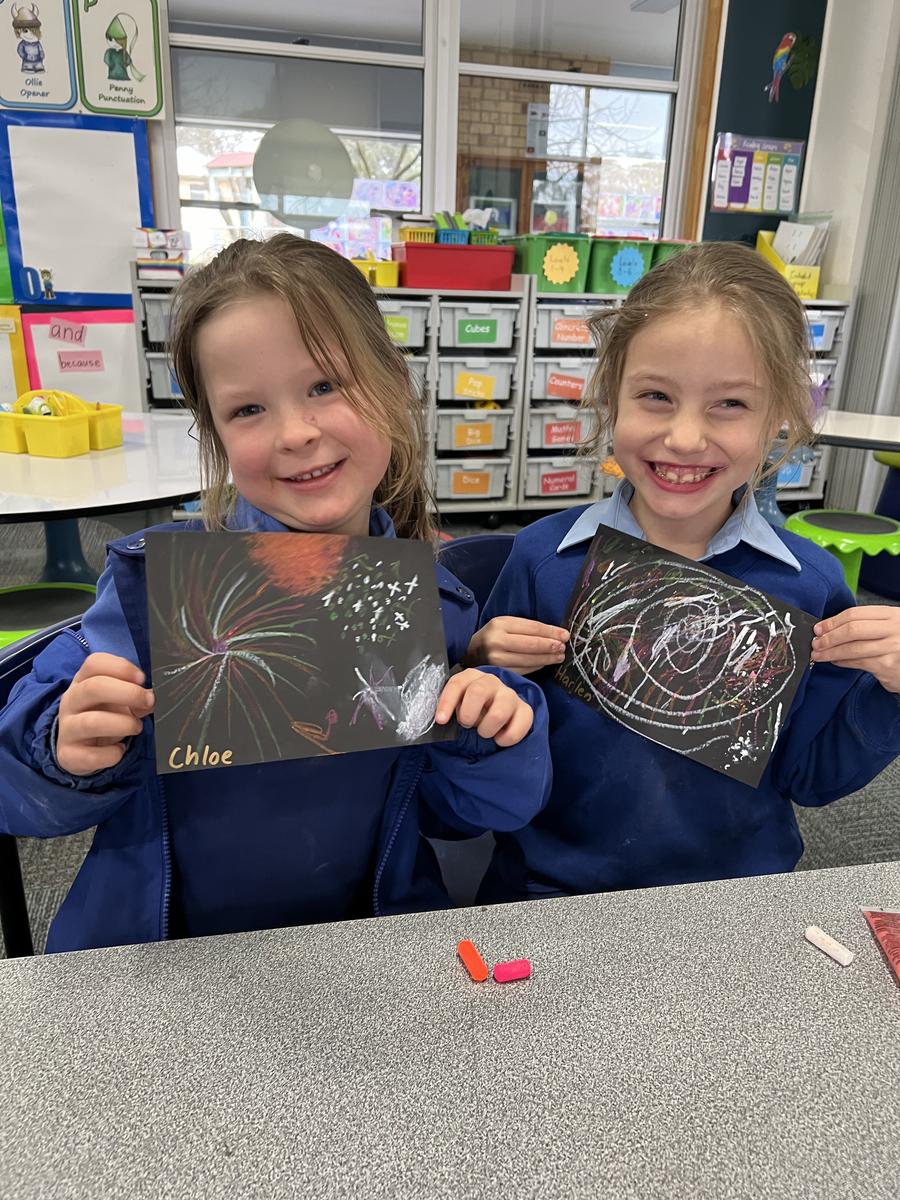


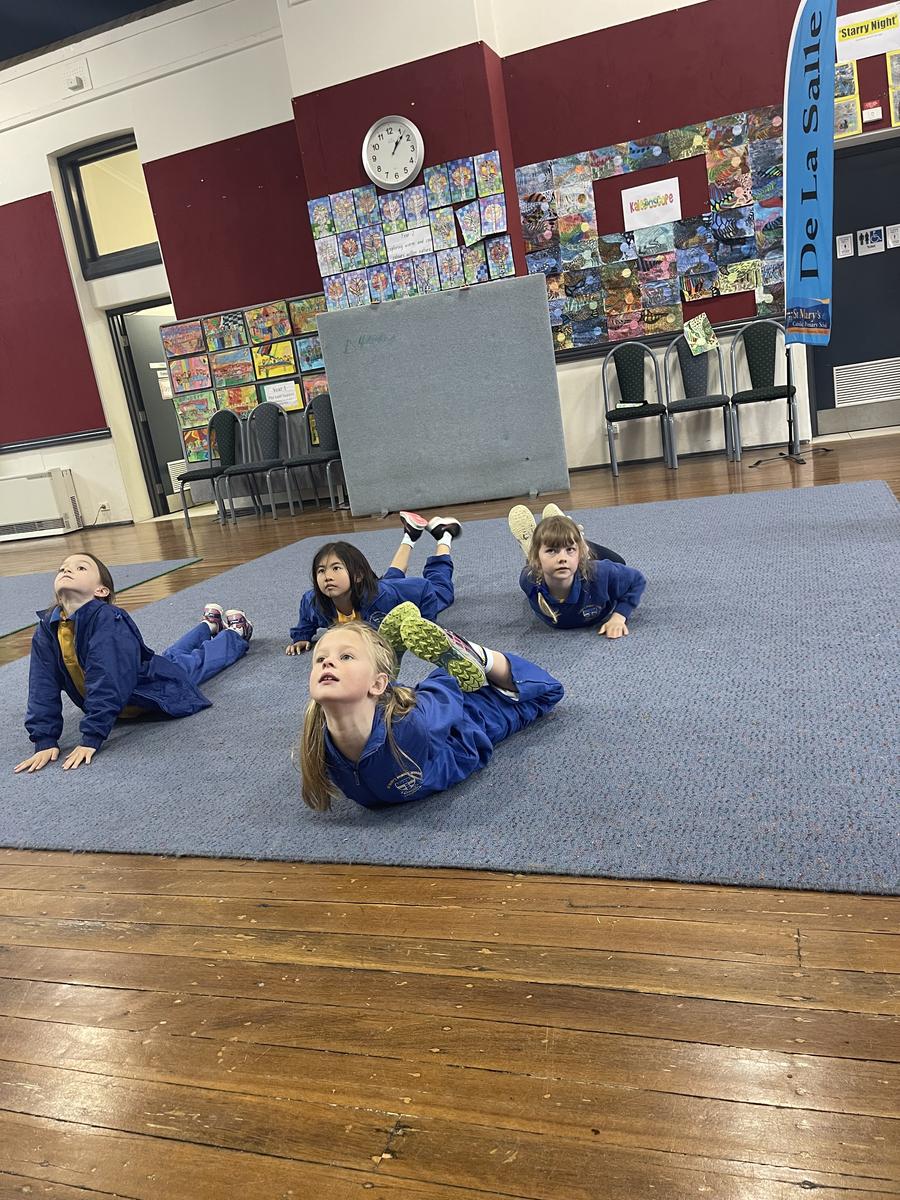
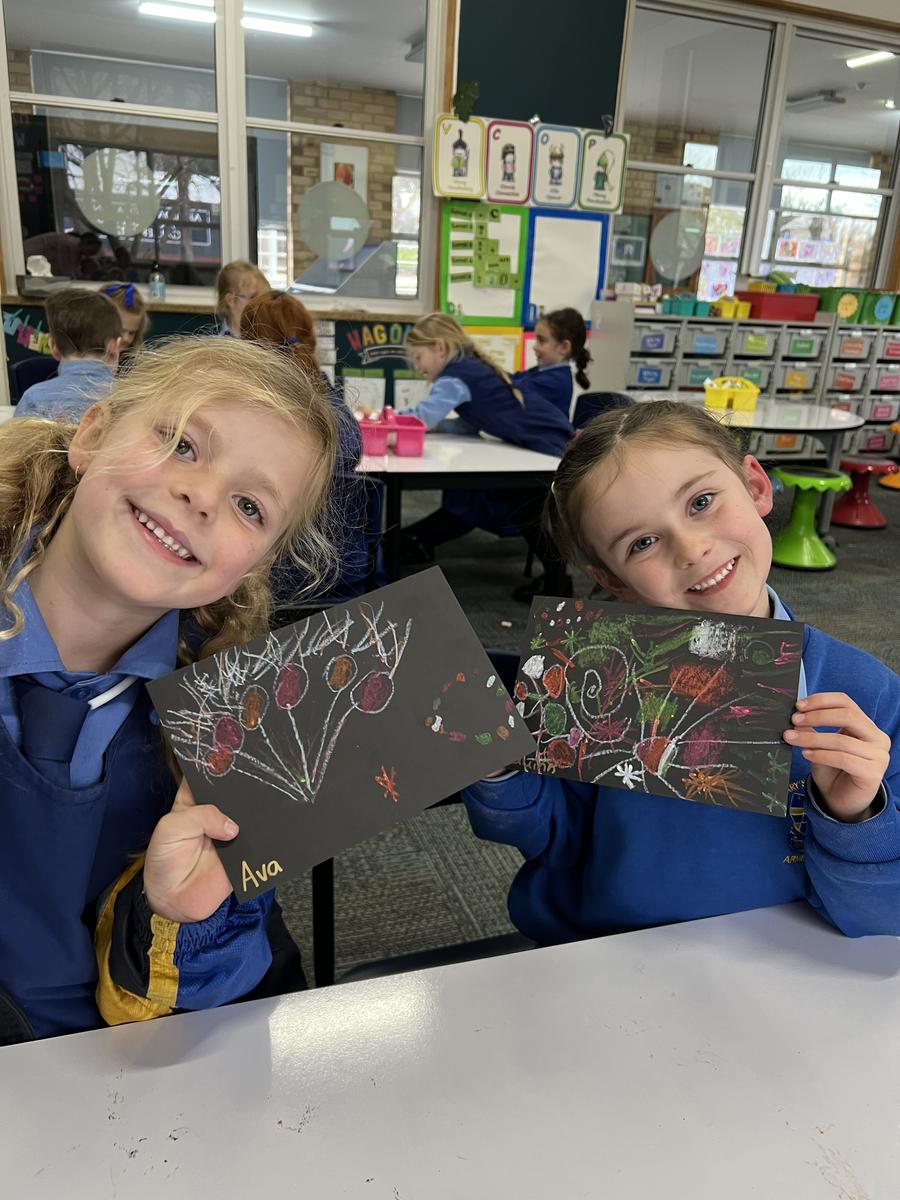




















NAIDOC Week Craft









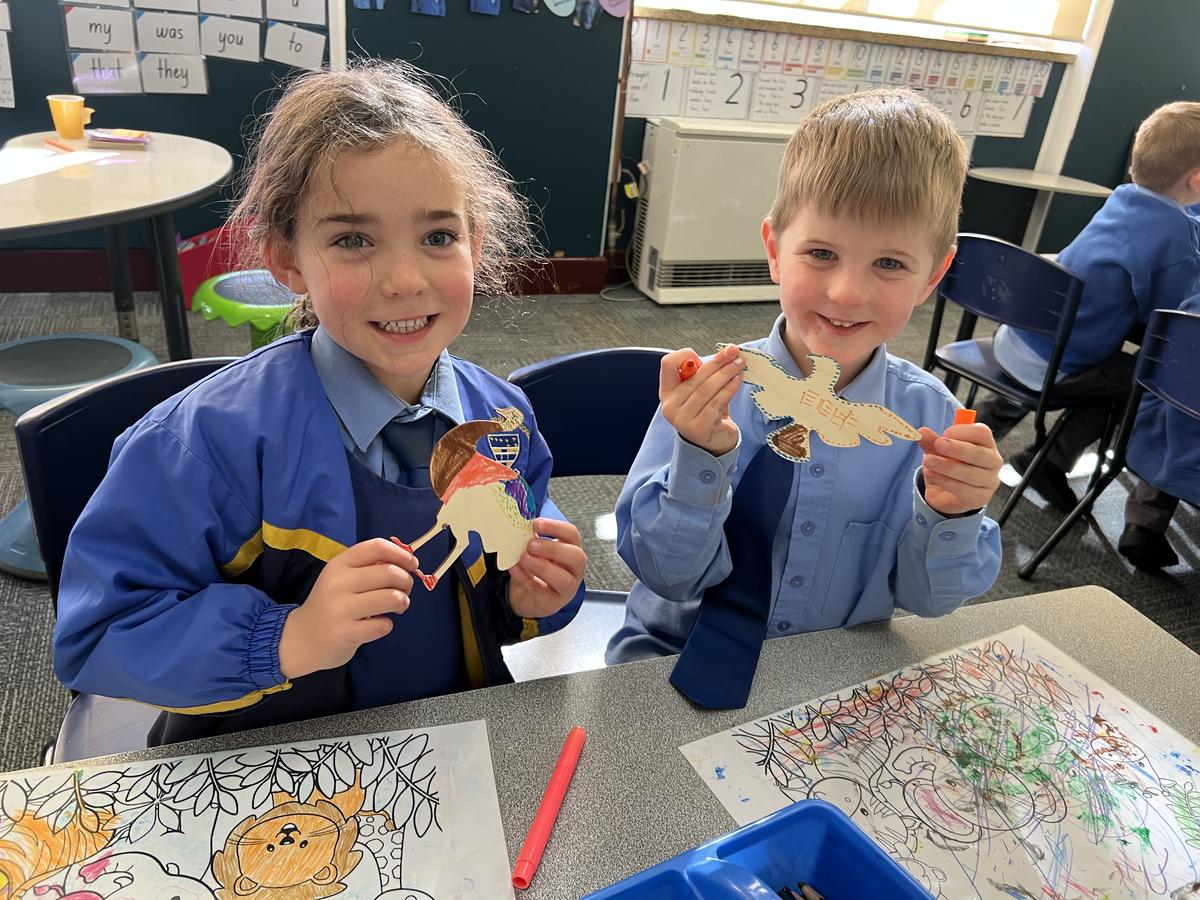


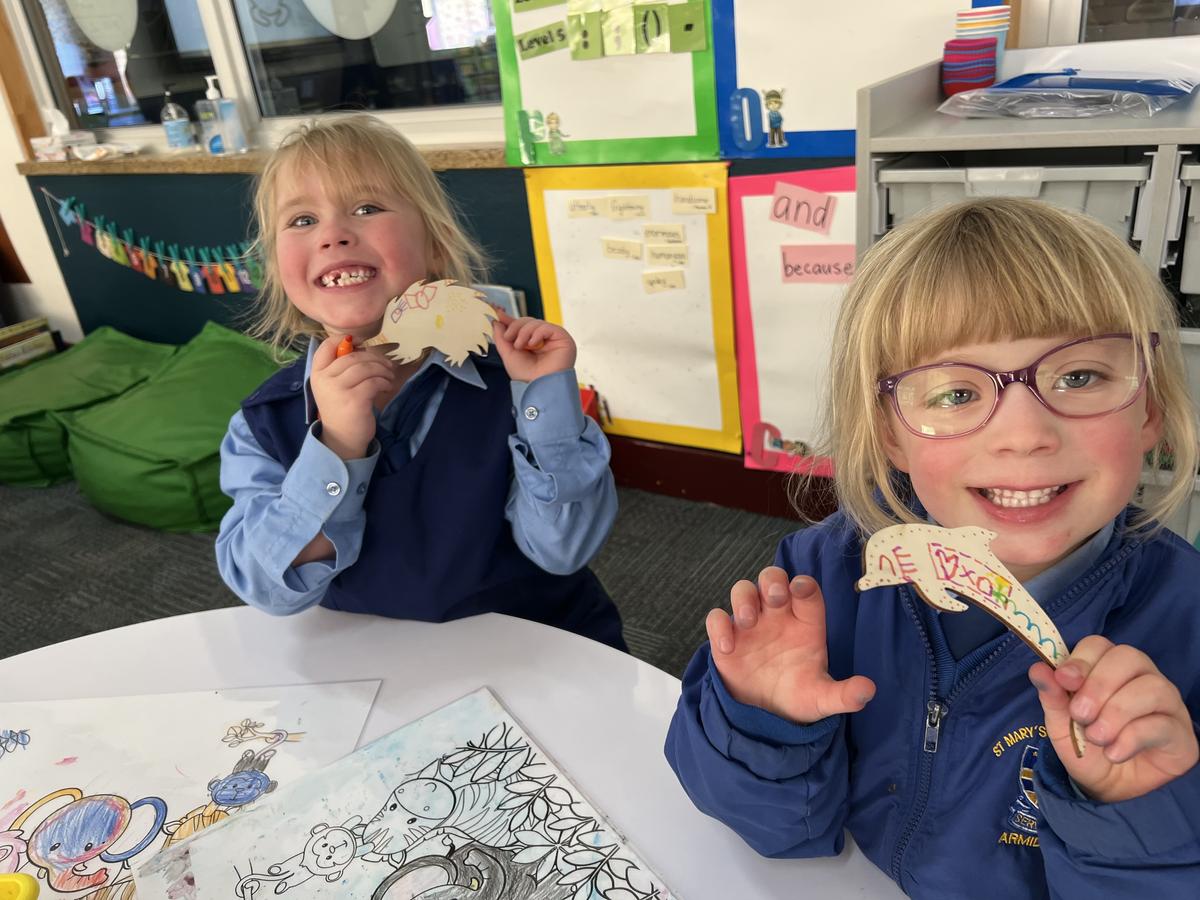





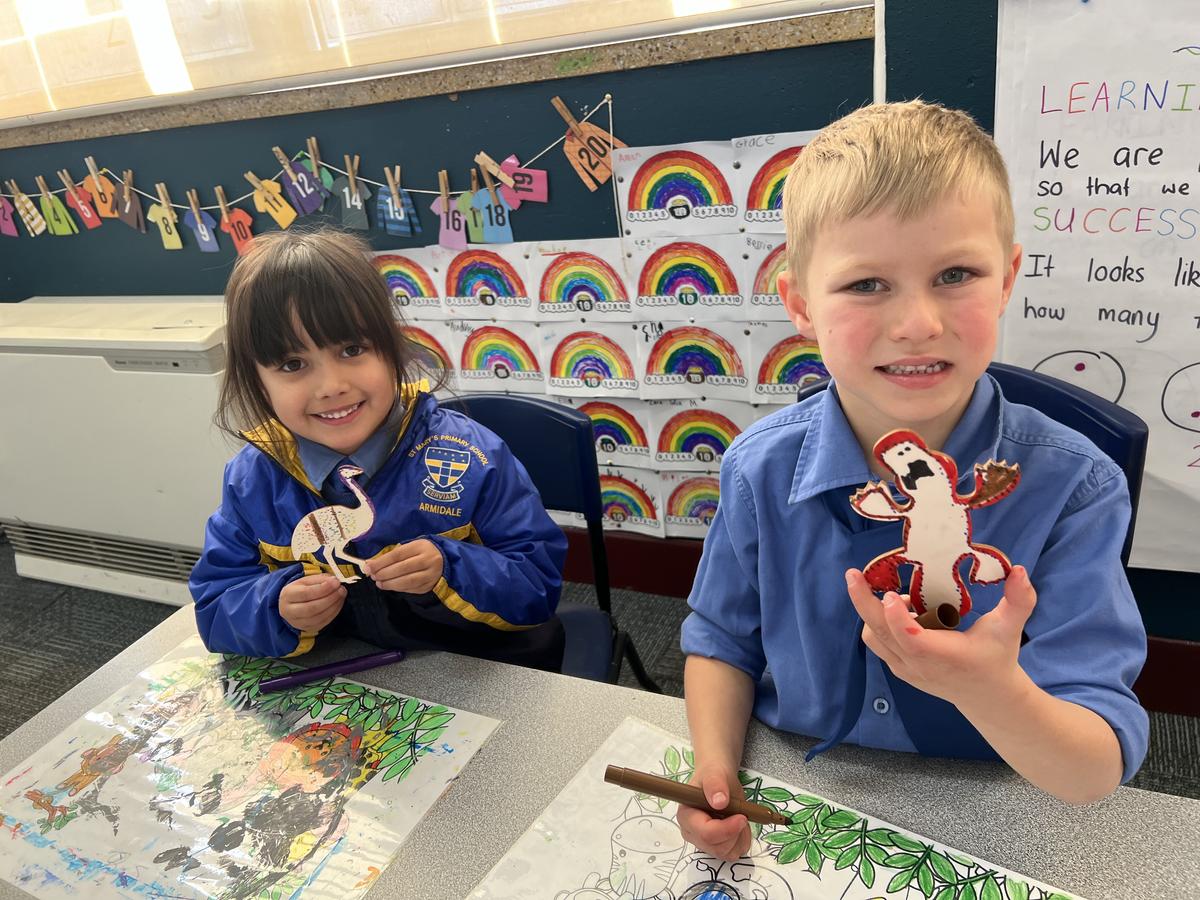

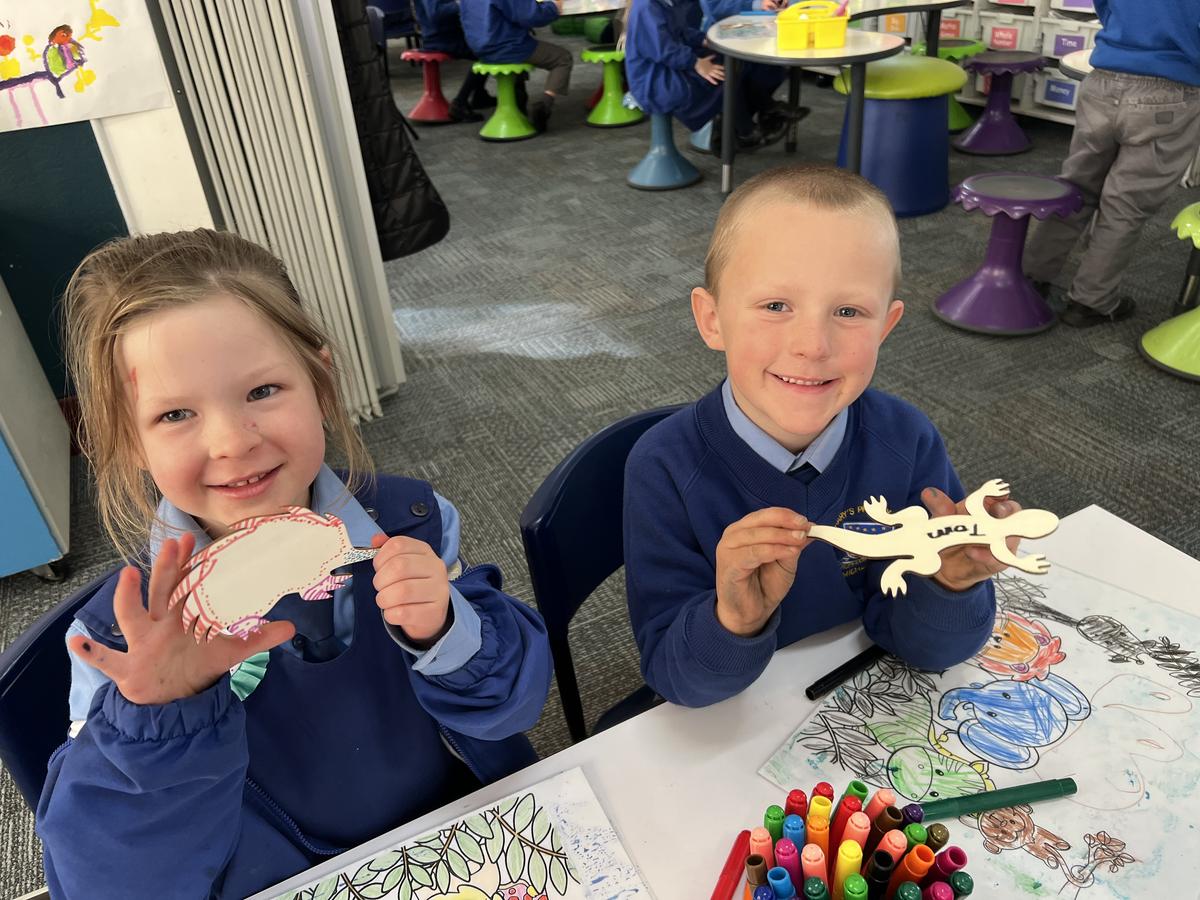
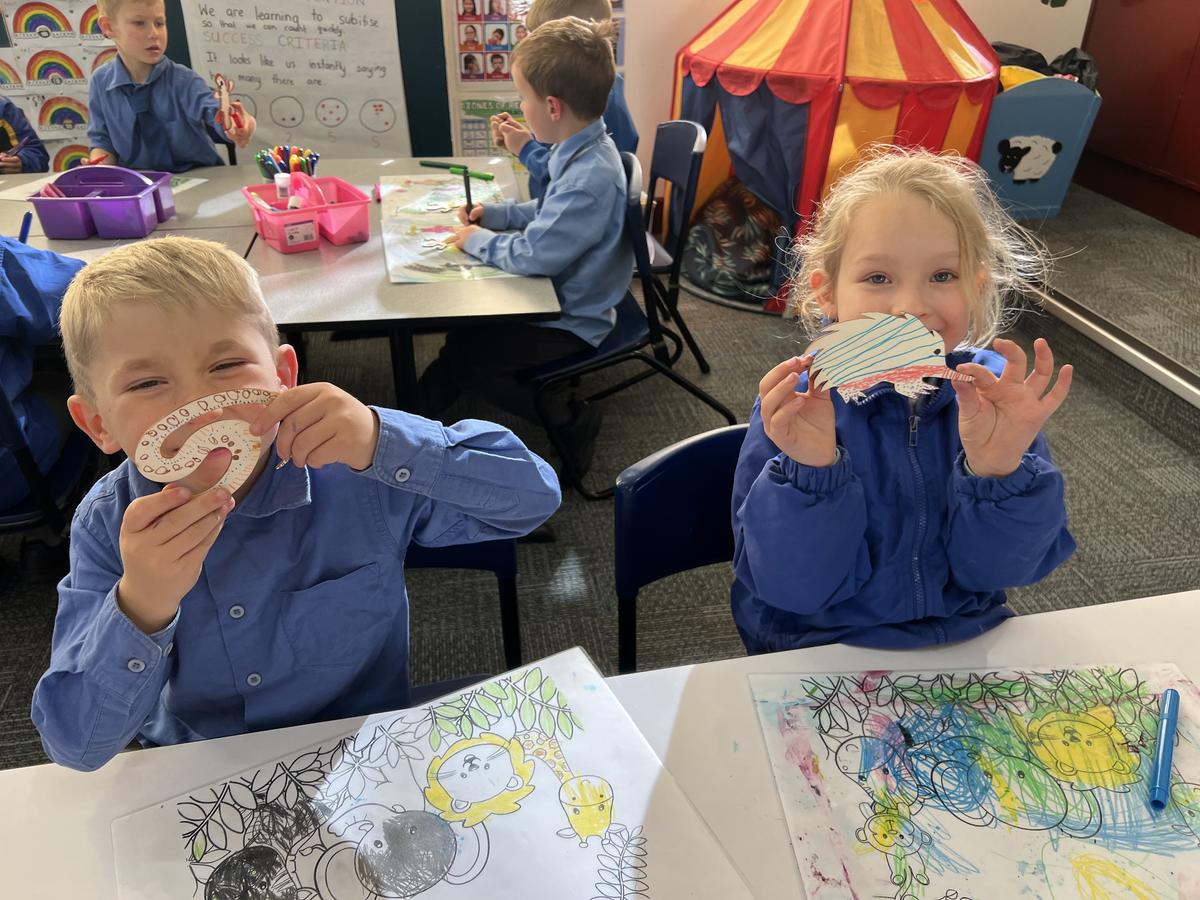






























Meet our two placement students who are working in Year 1 this term.




Religion
Year 1 students are learning about the Bible and some of its stories. We learned about Parables and one of the Parables we listened to and responded to was 'The Parable of the Yeast' Below are some of the pictures of Year 1 baking bread to witness the effect of yeast in the dough.



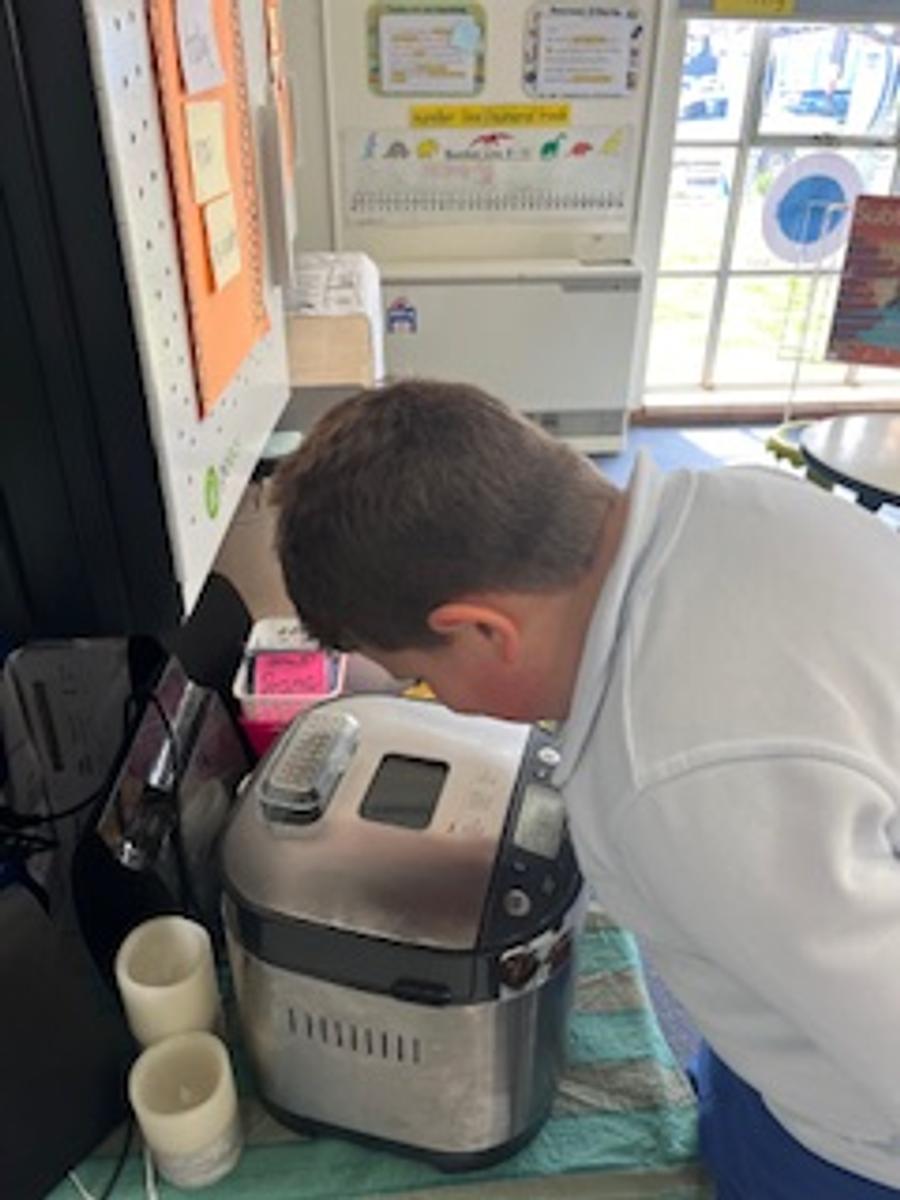



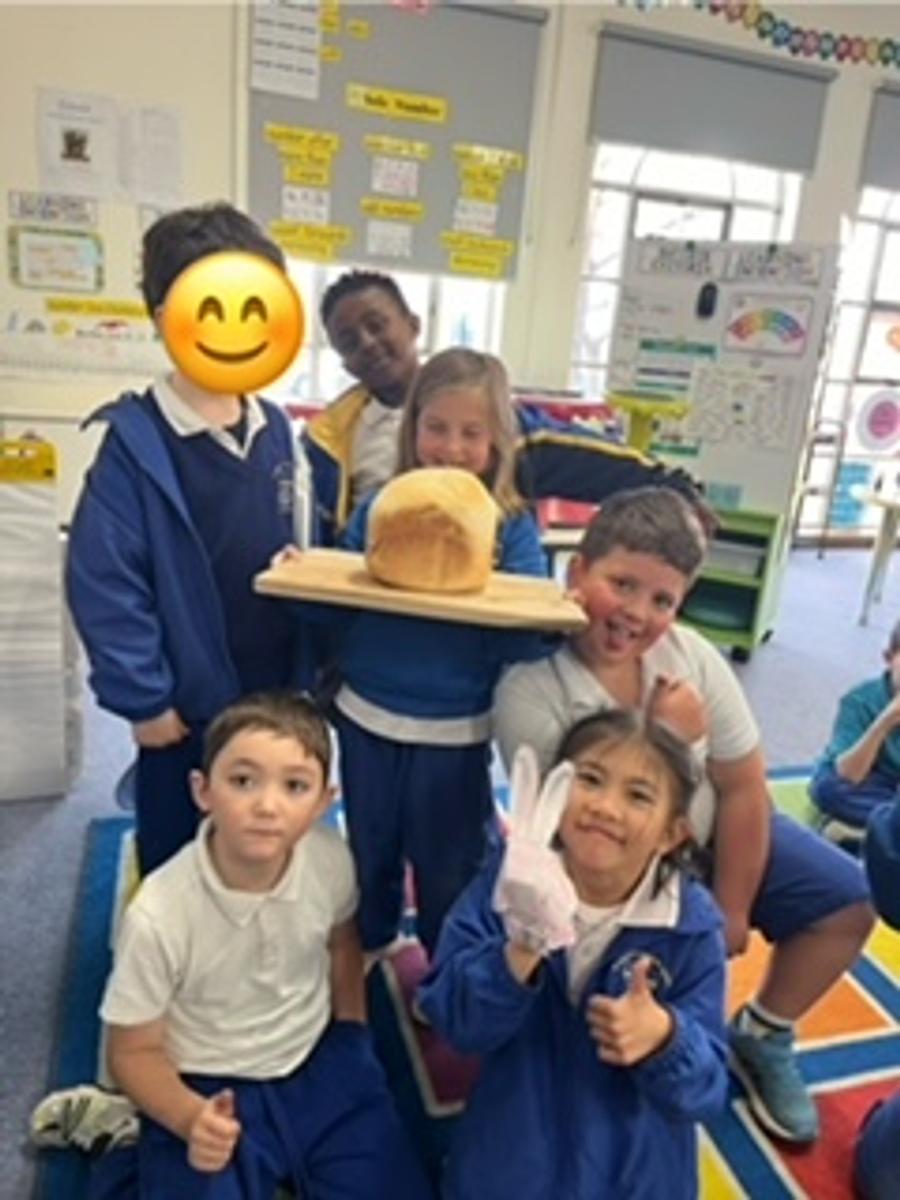


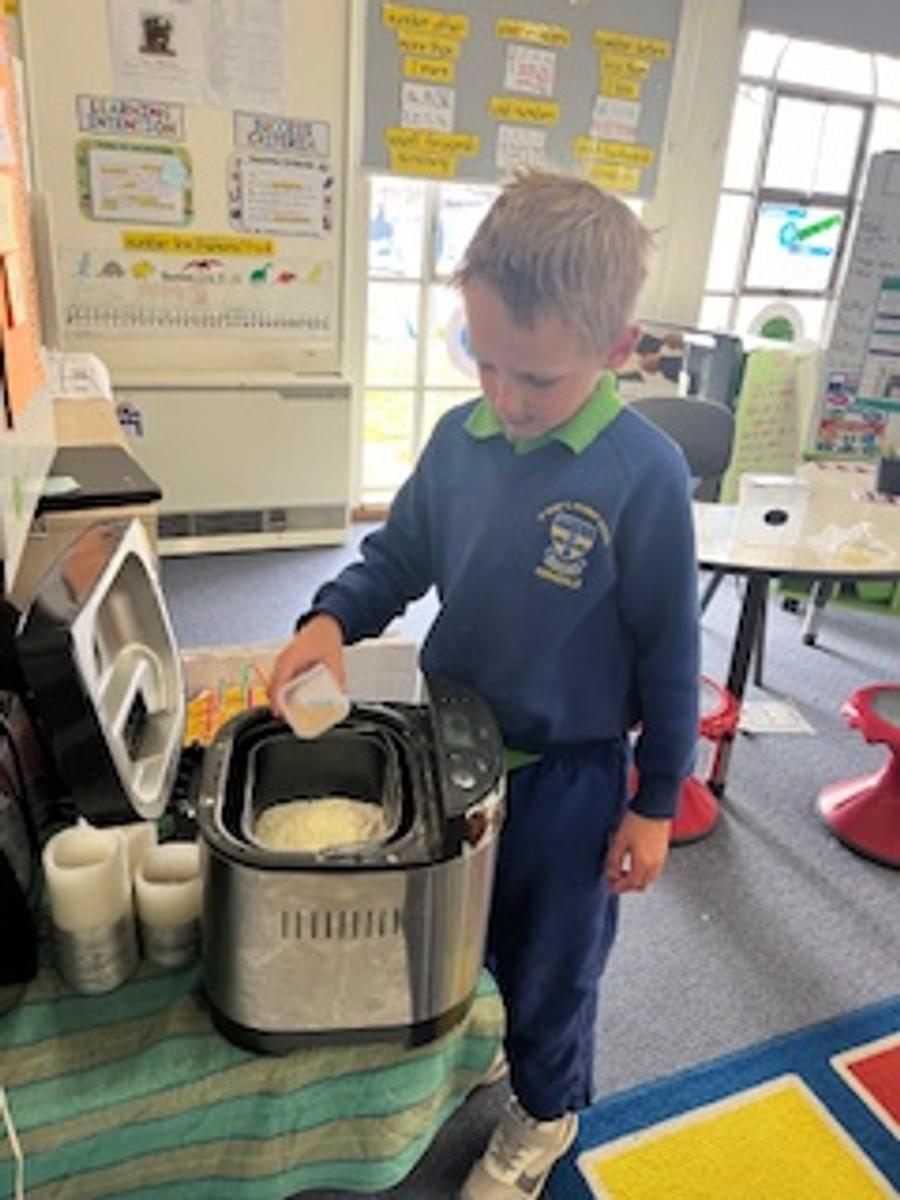


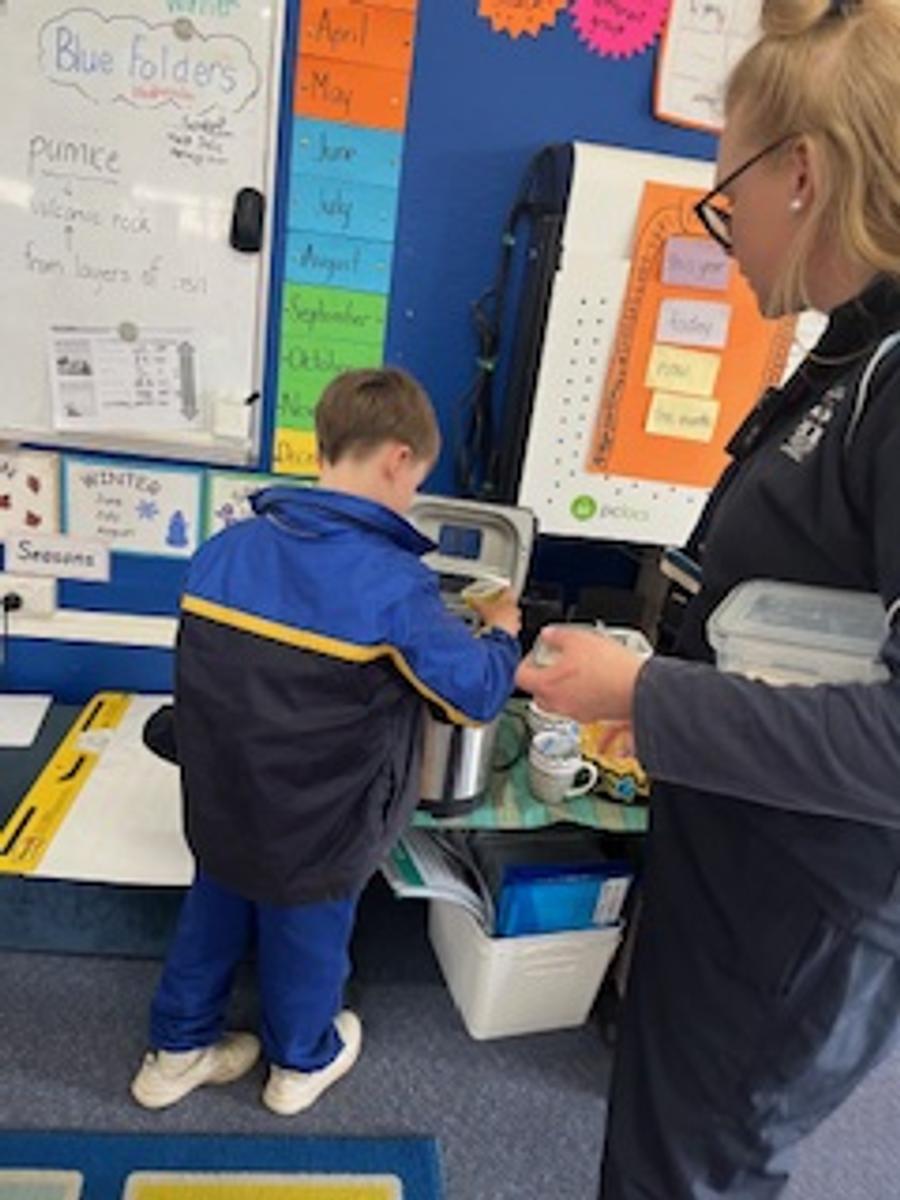

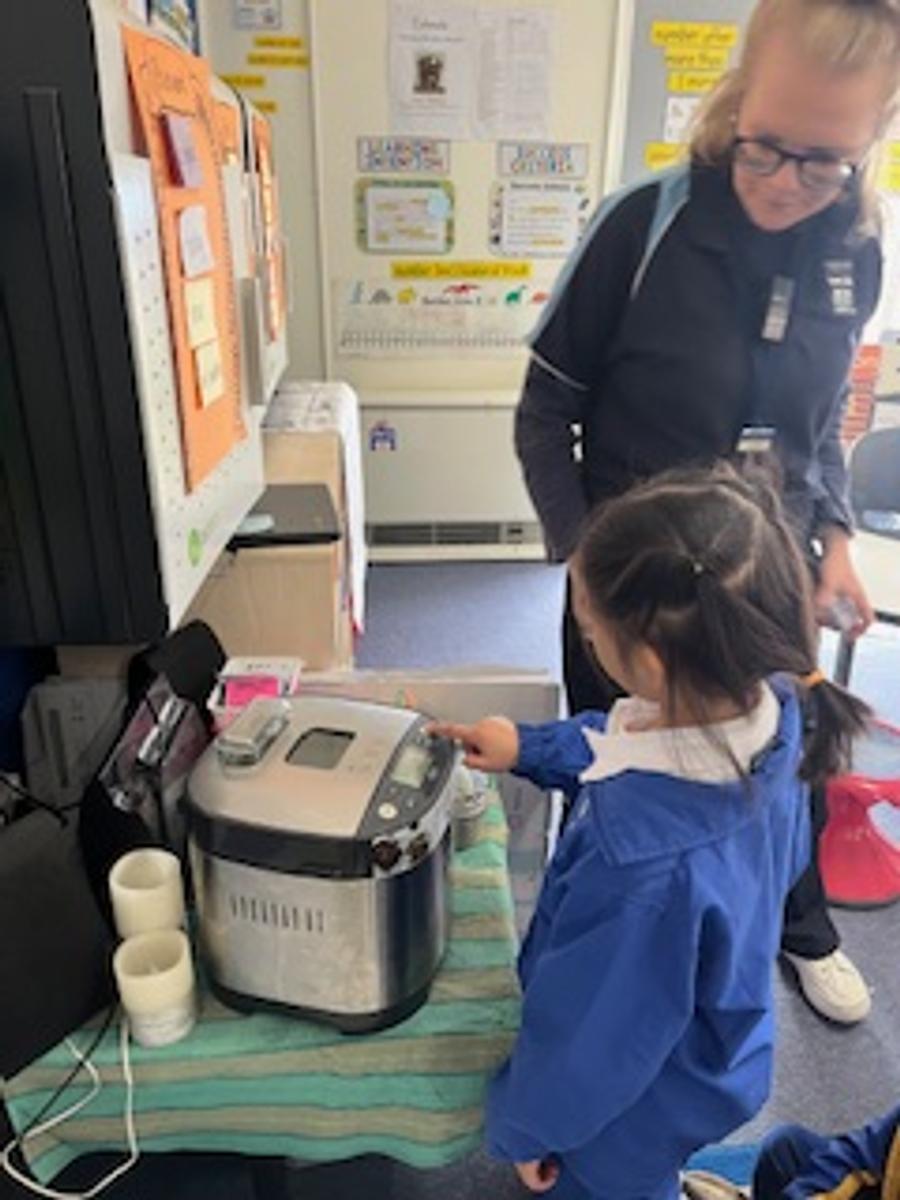

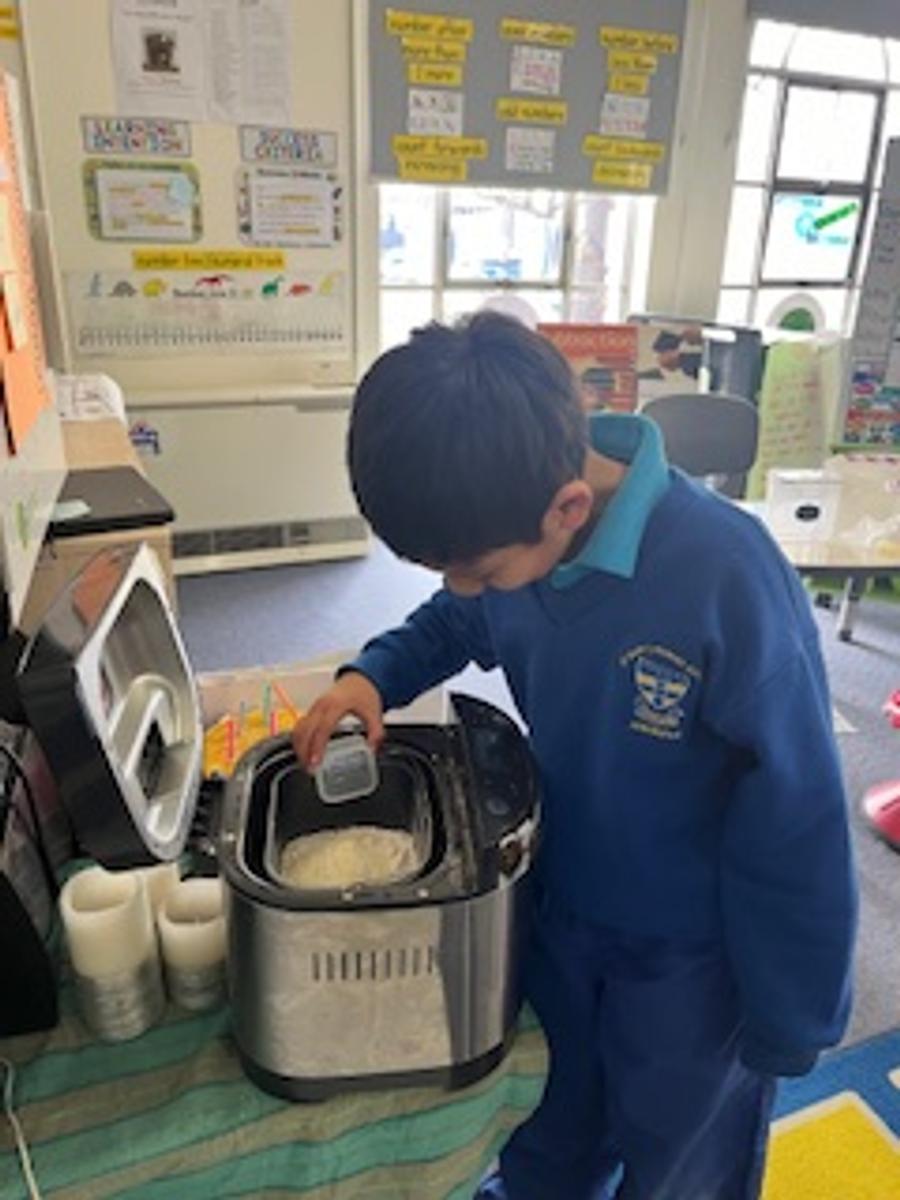






















English
Year 1 students sign a writing bump it up wall to improve their writing.






Year 1 having a go with their Term 3 Cold Write.
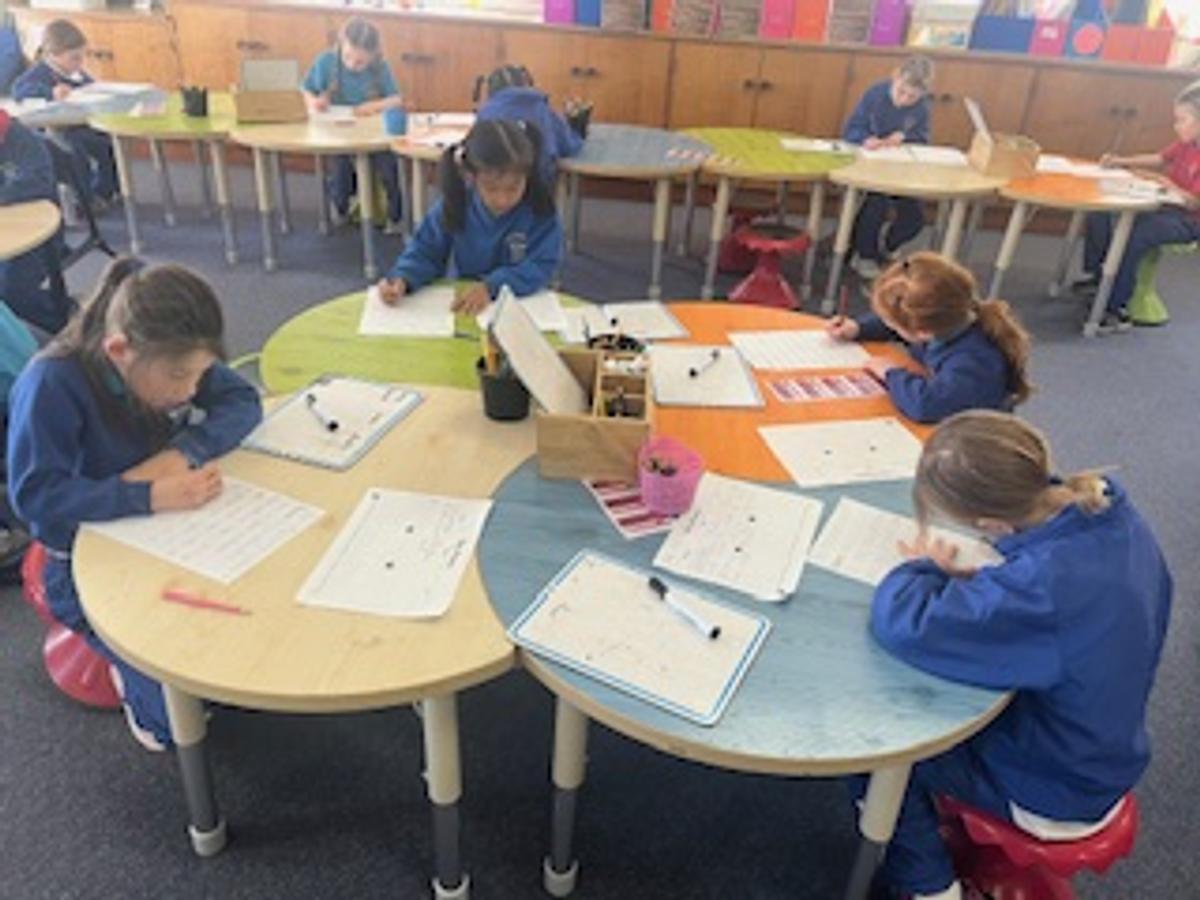
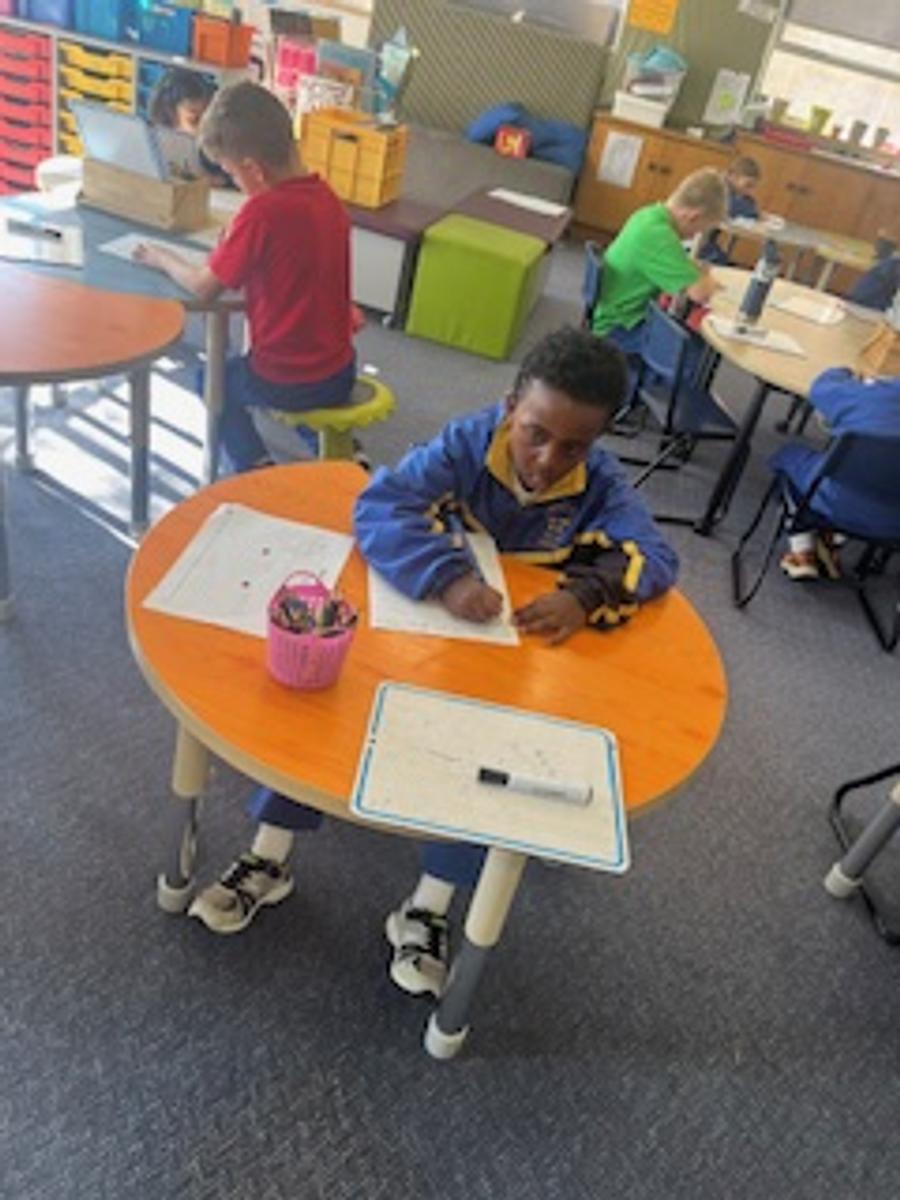
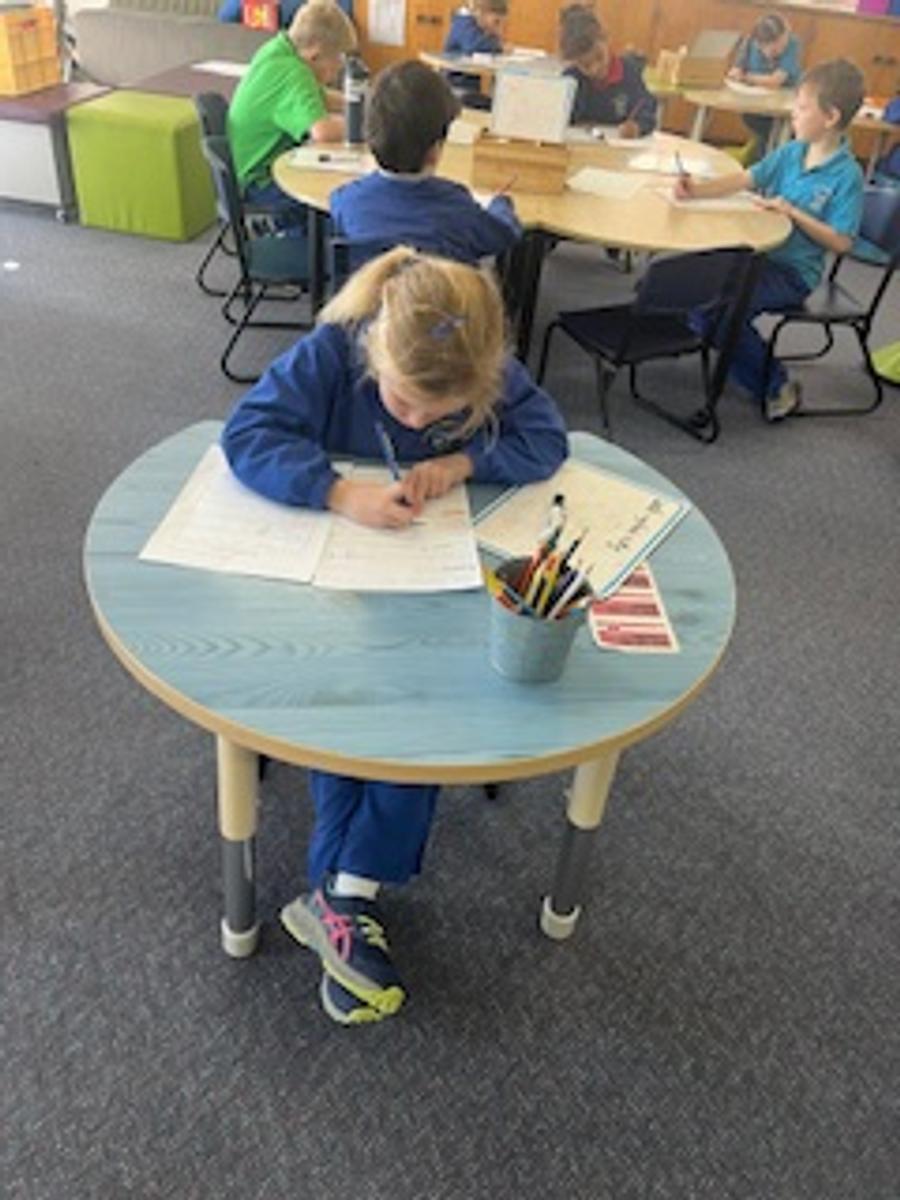

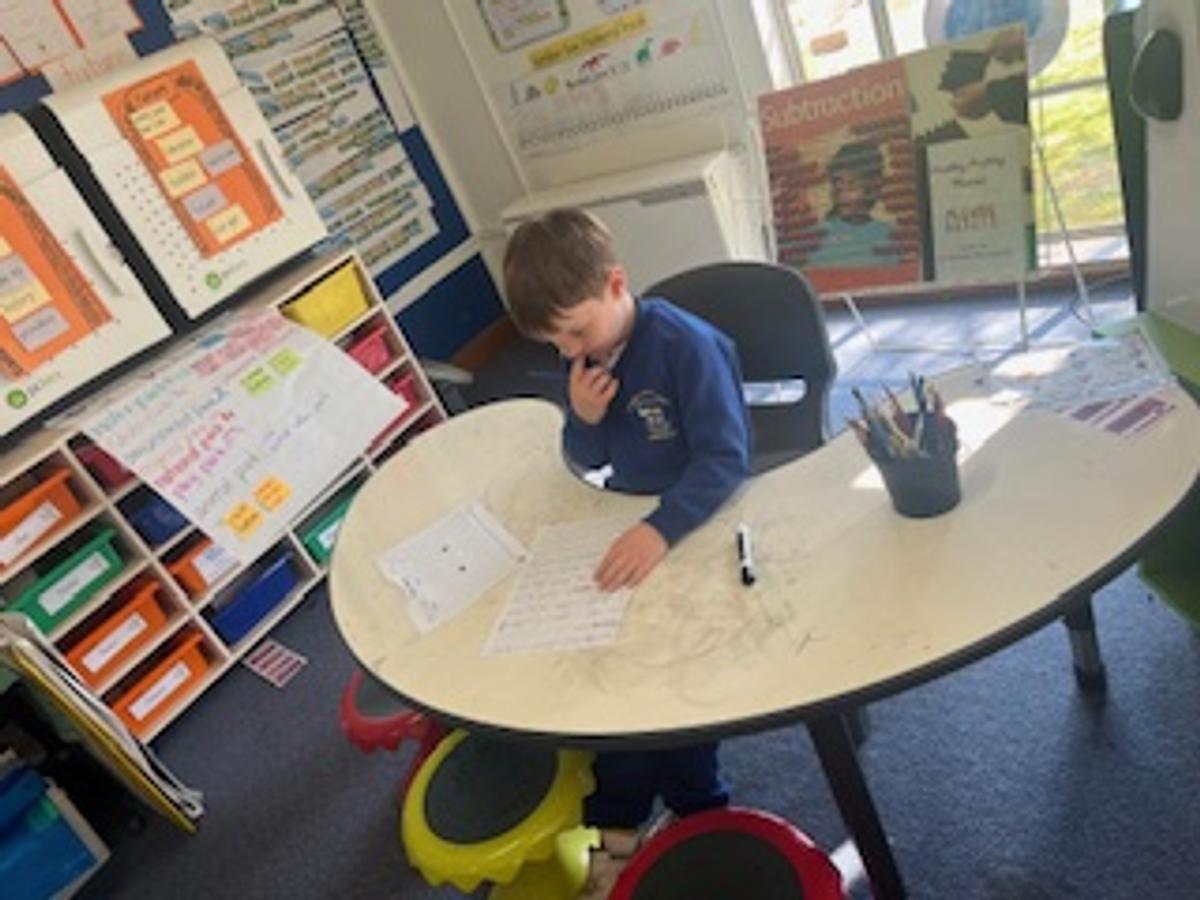
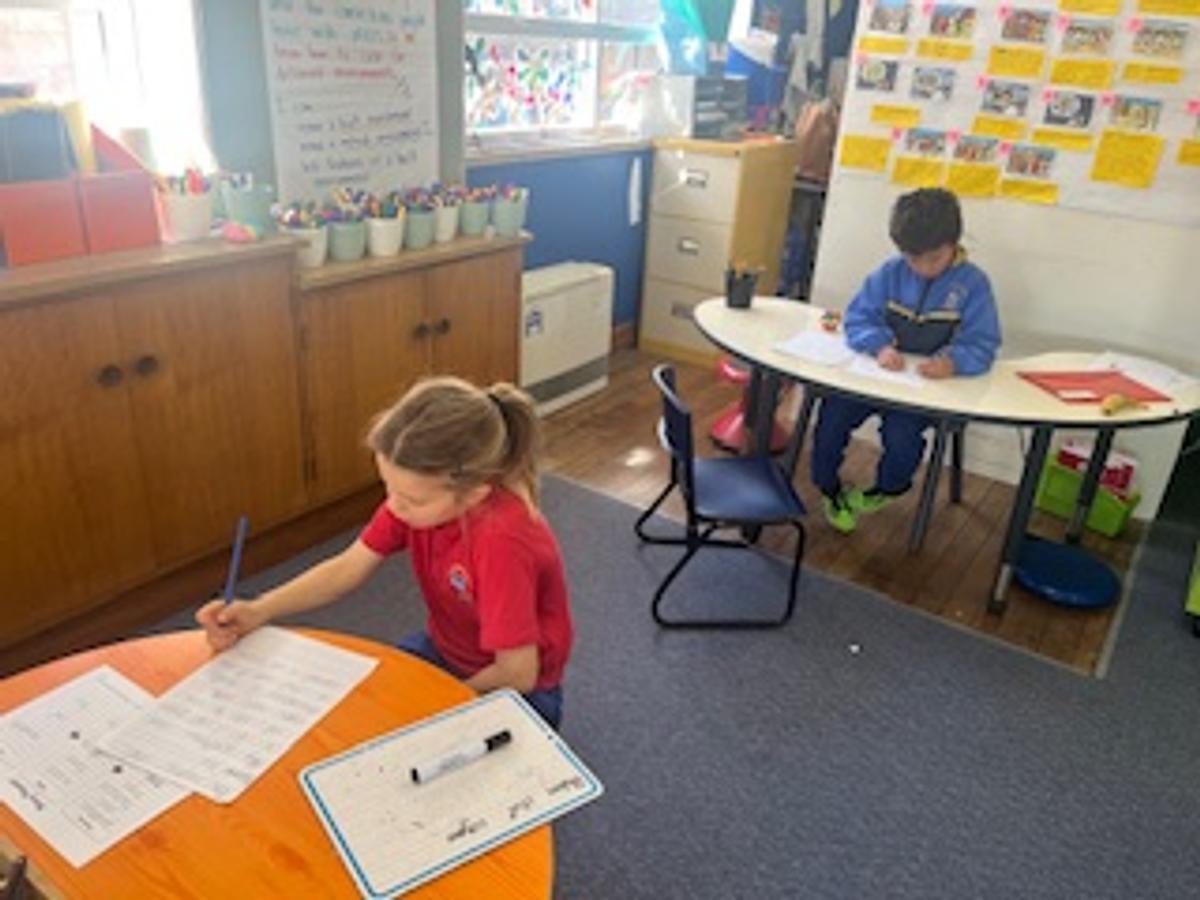

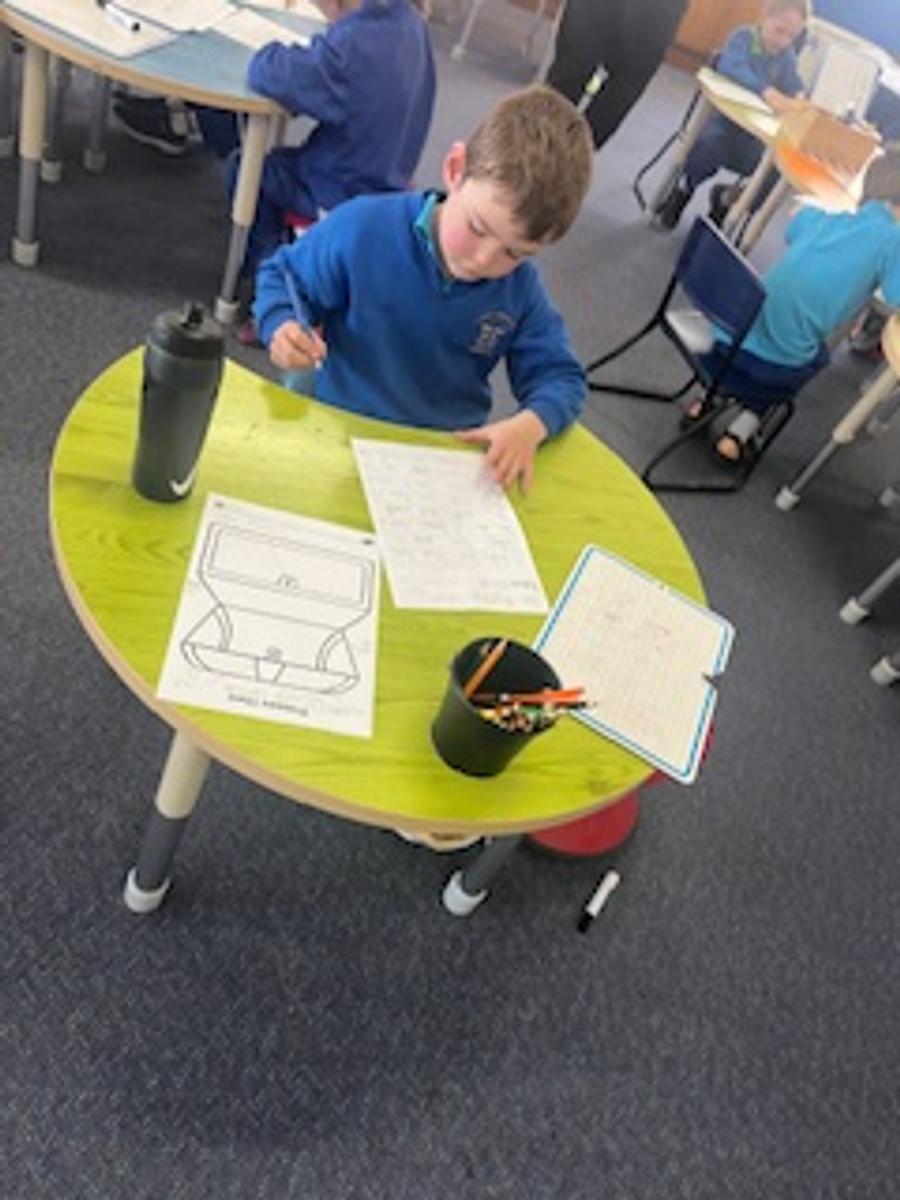


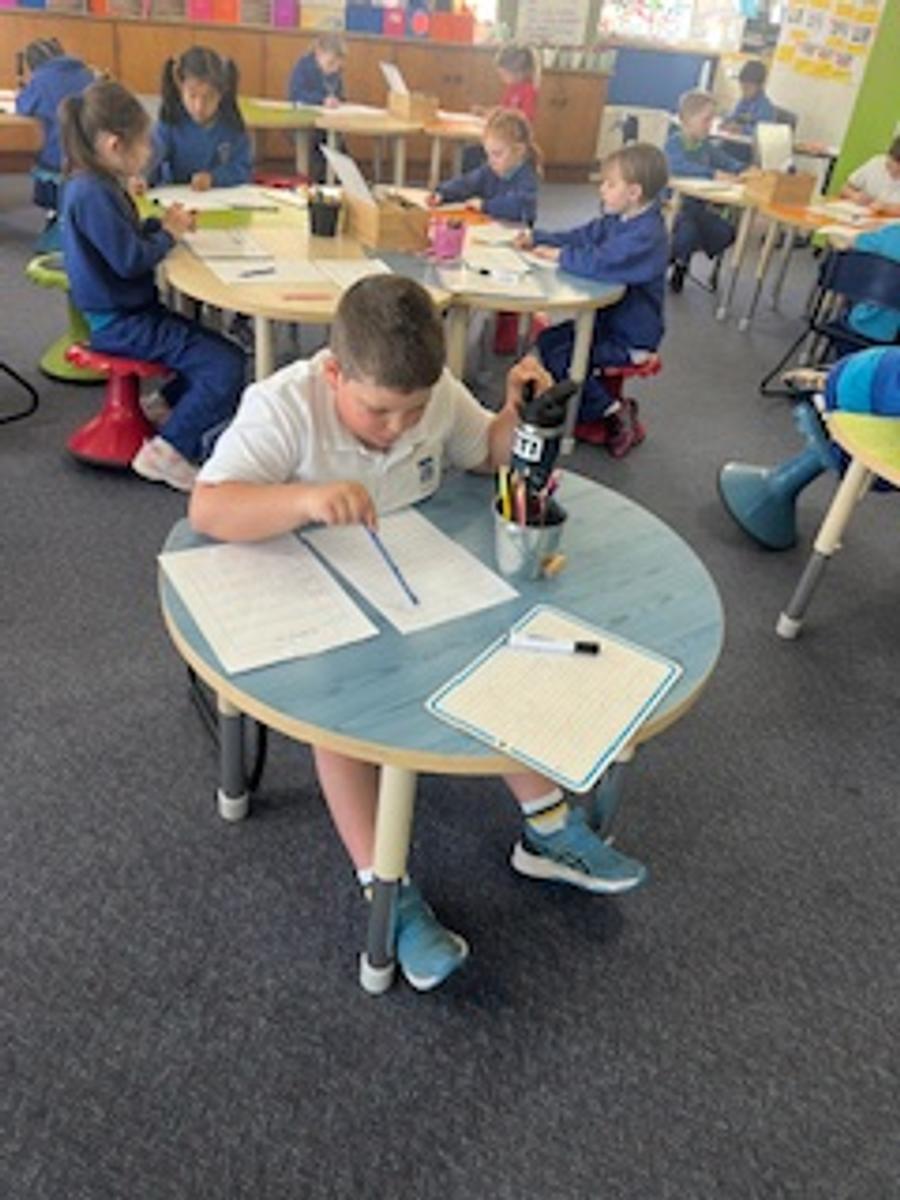











Geography
Year 1 are learning about natural and built features. We are designing and creating our own parks featuring natural and built features.

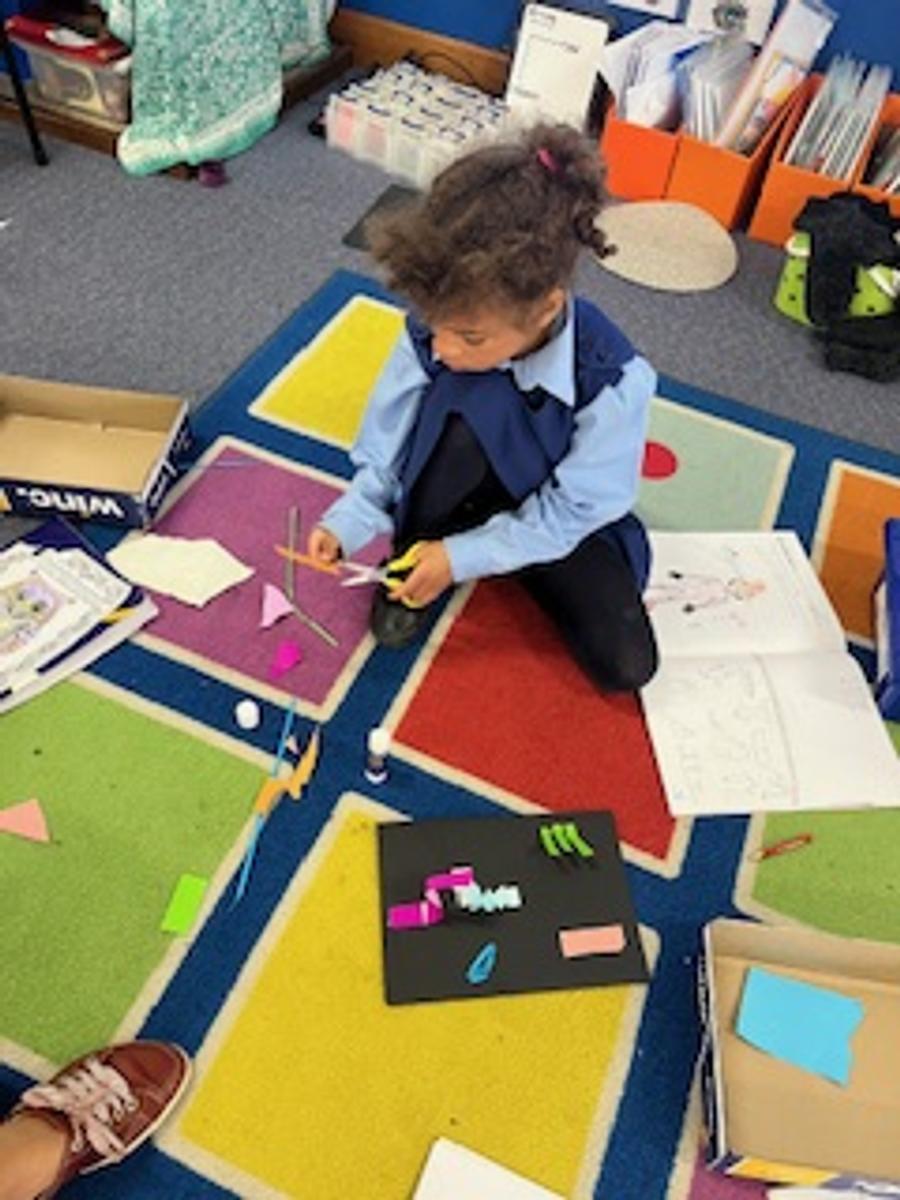
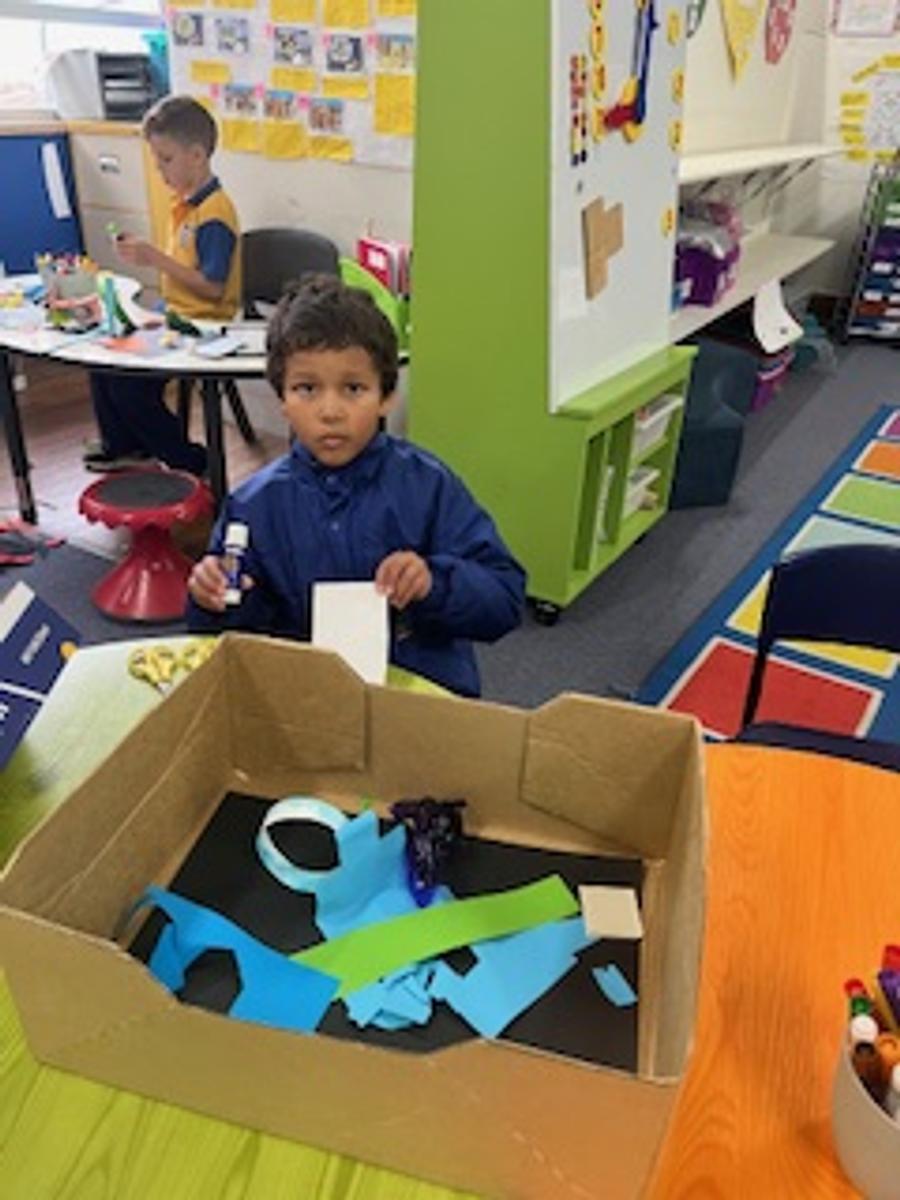

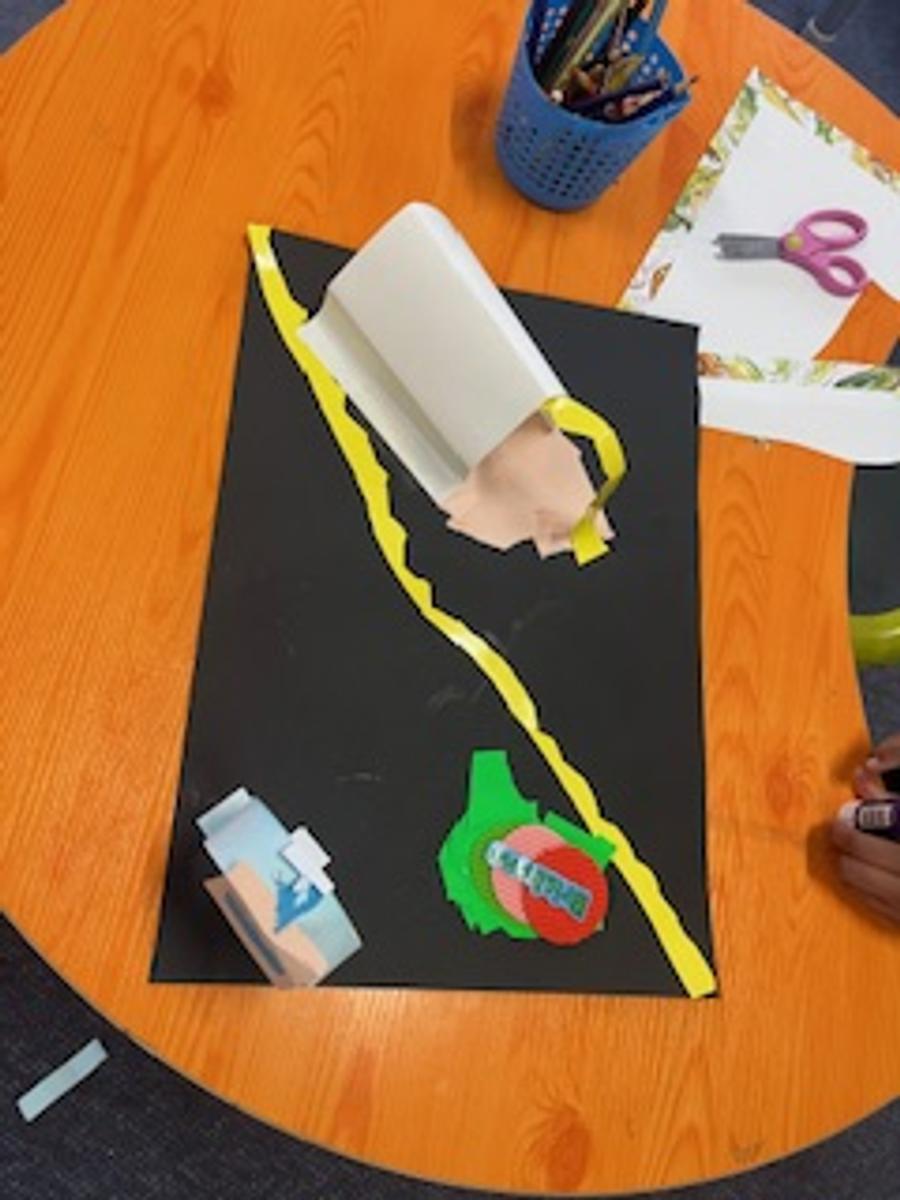

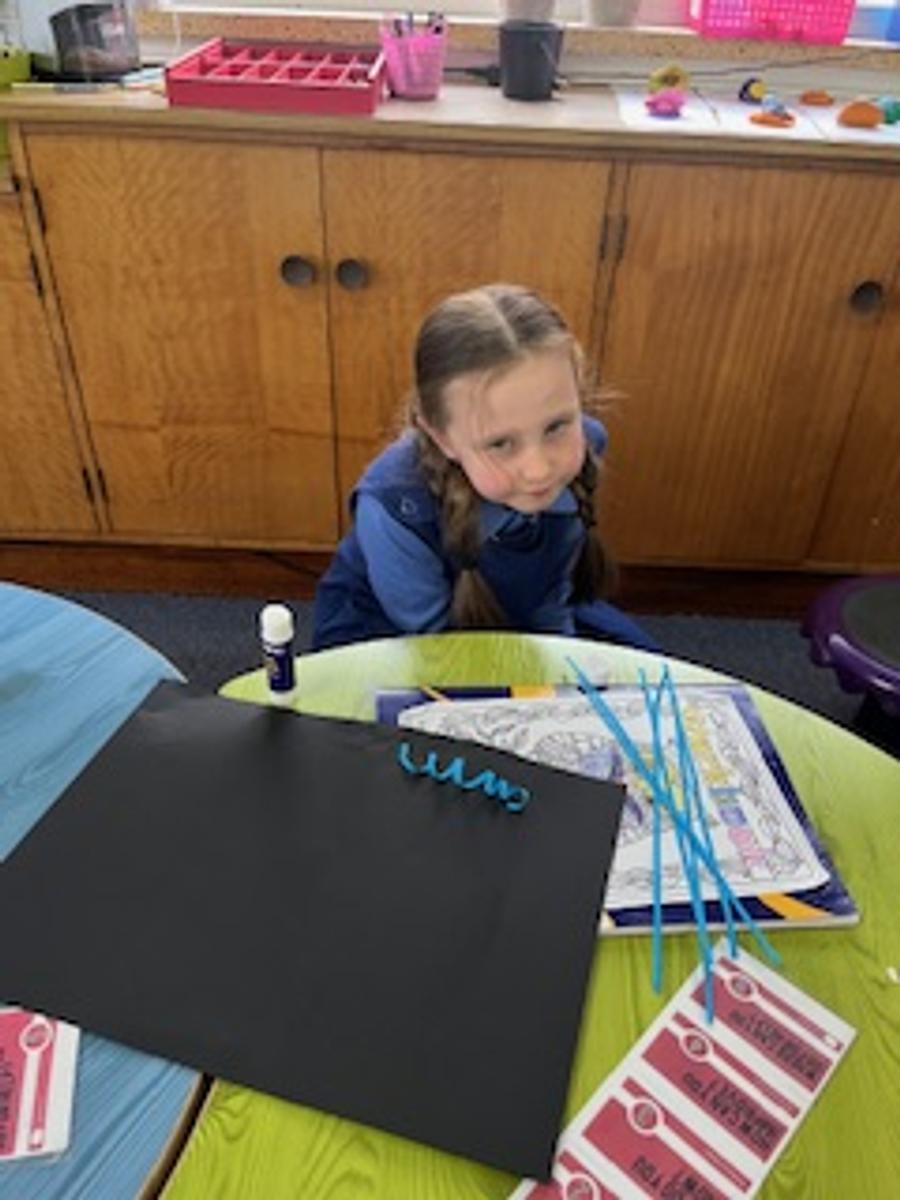
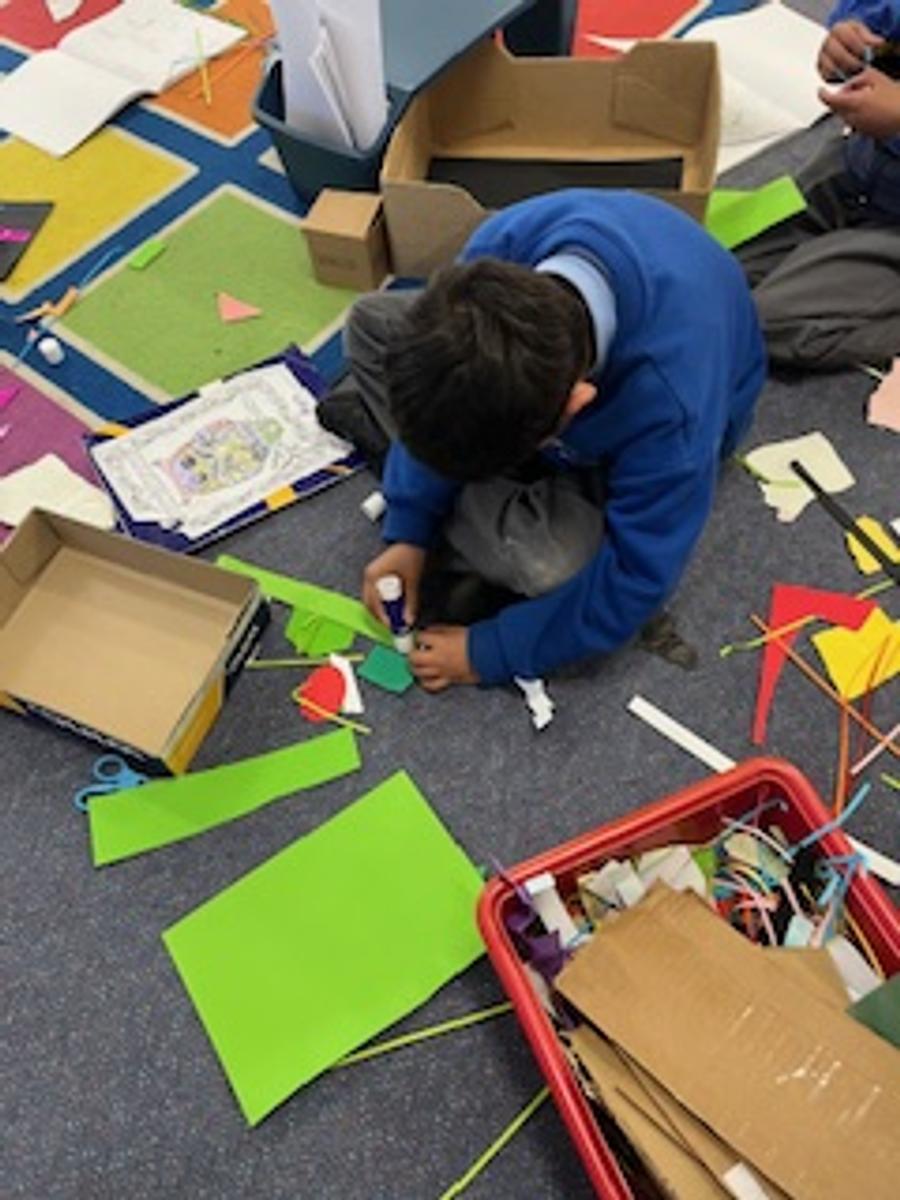
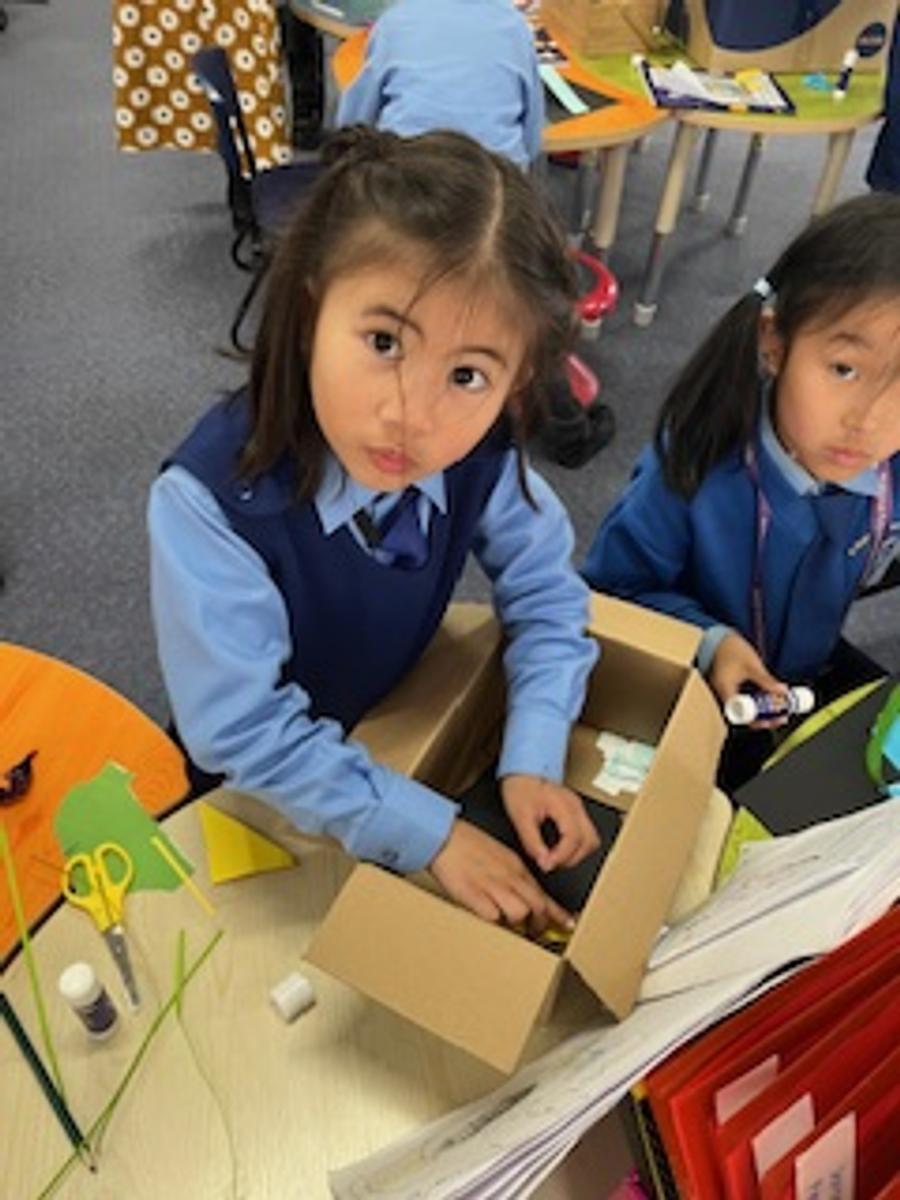




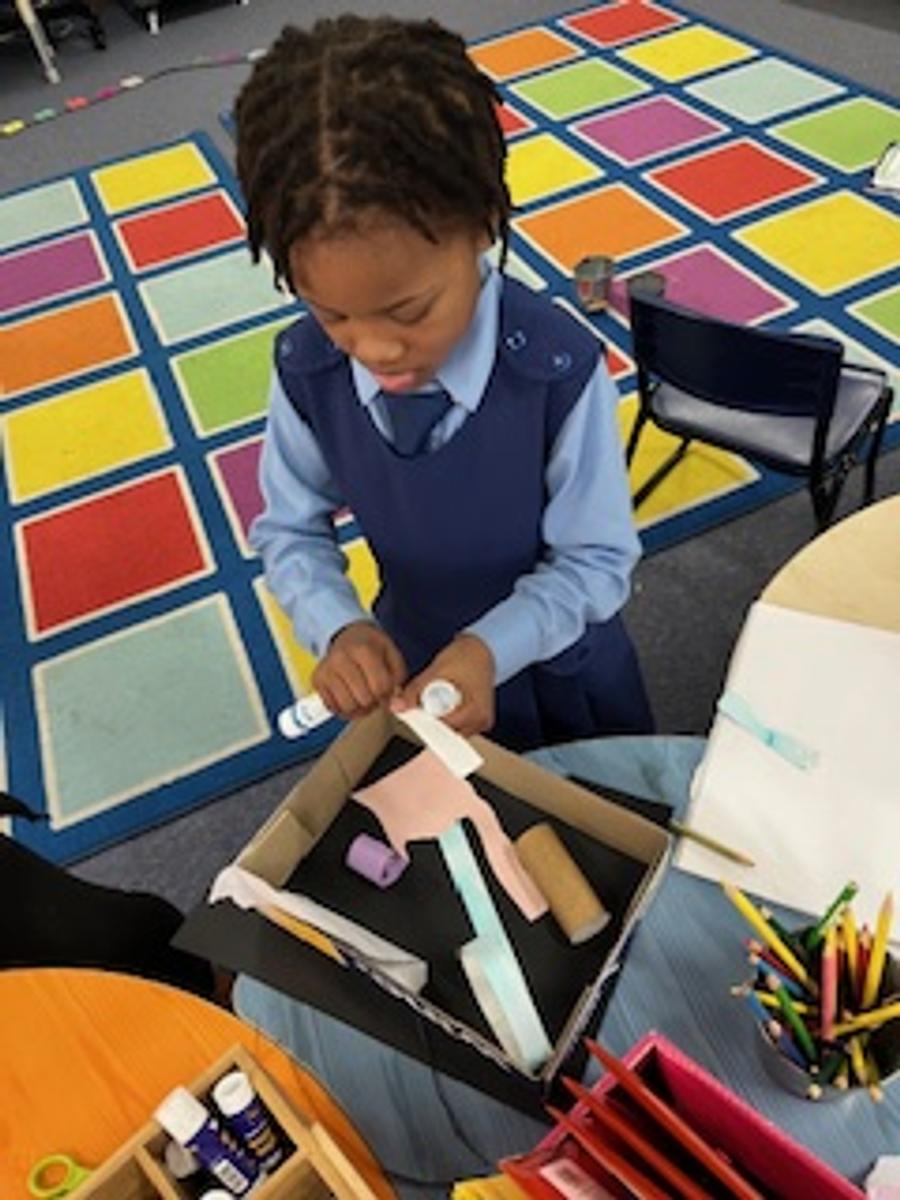
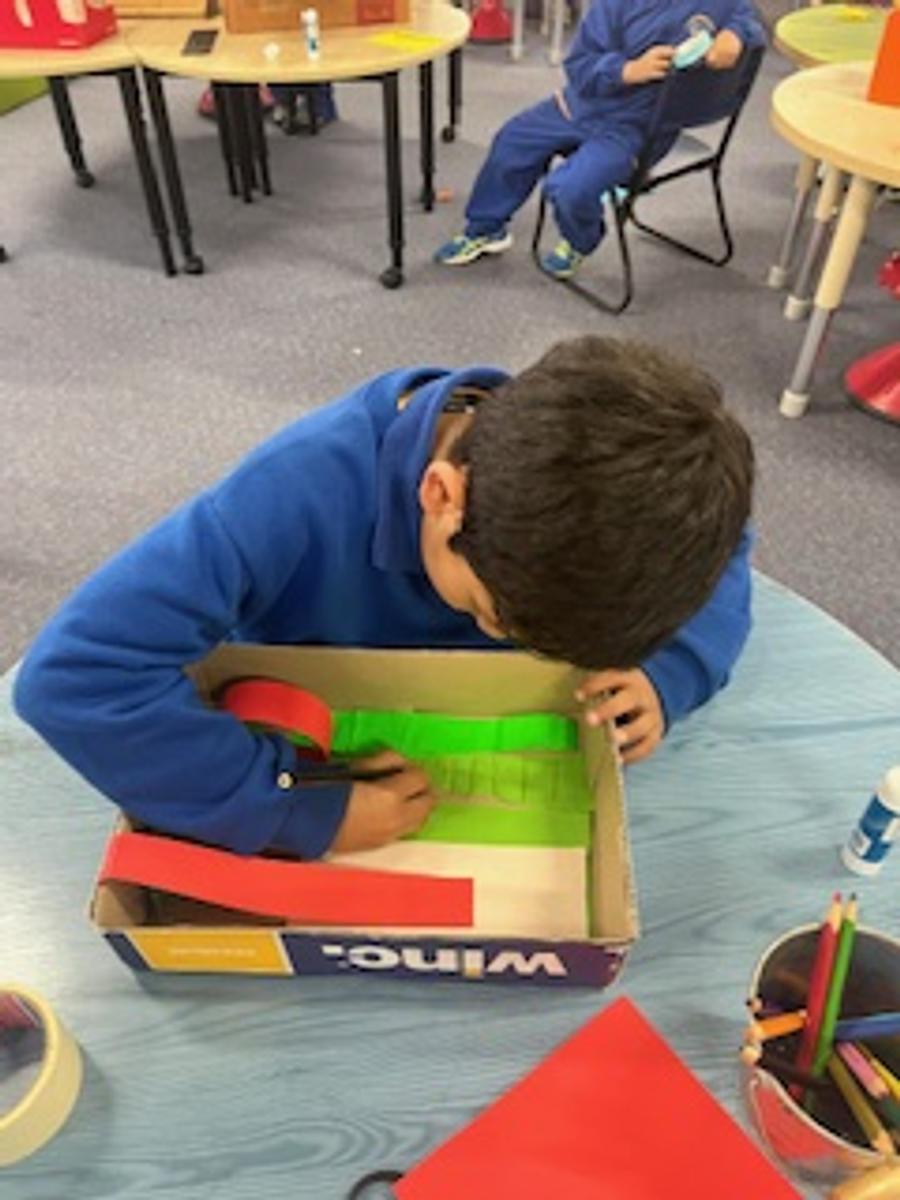



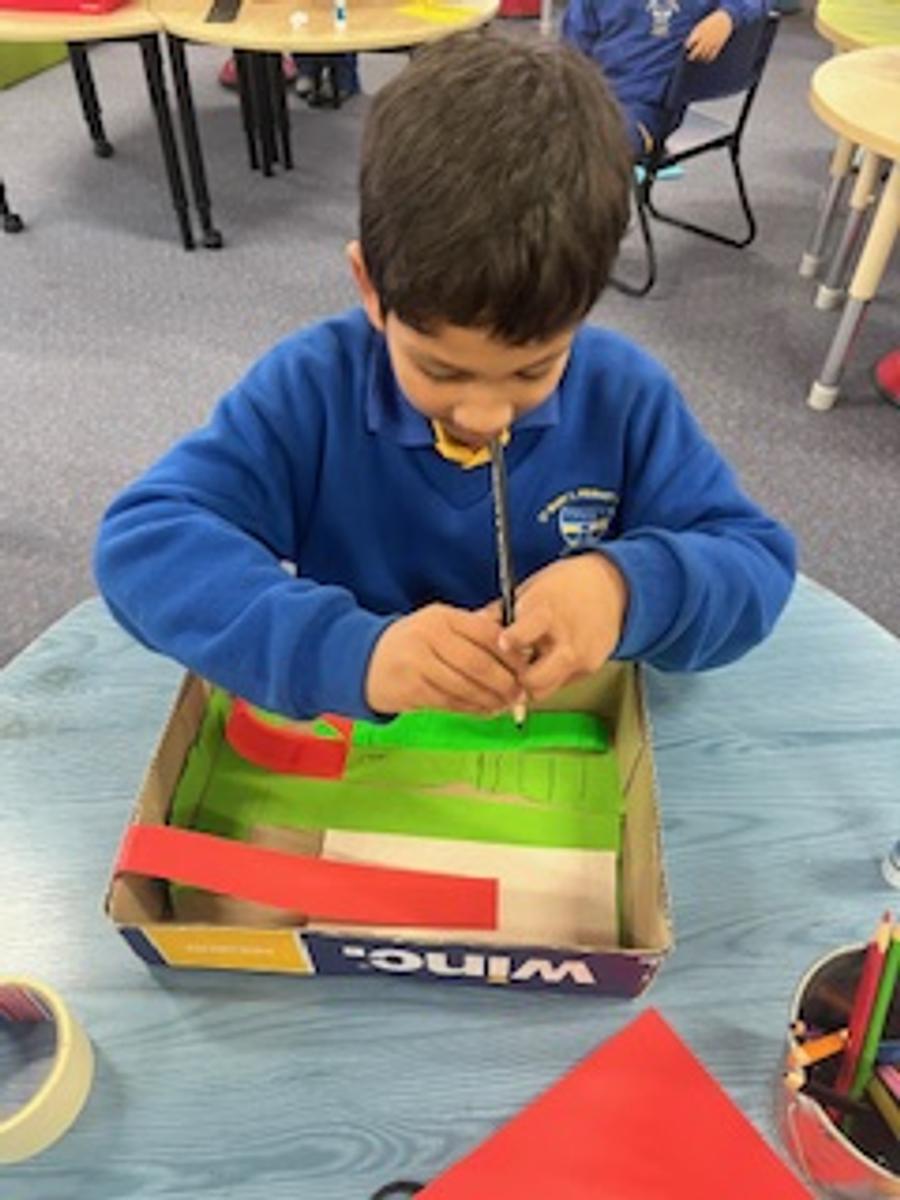
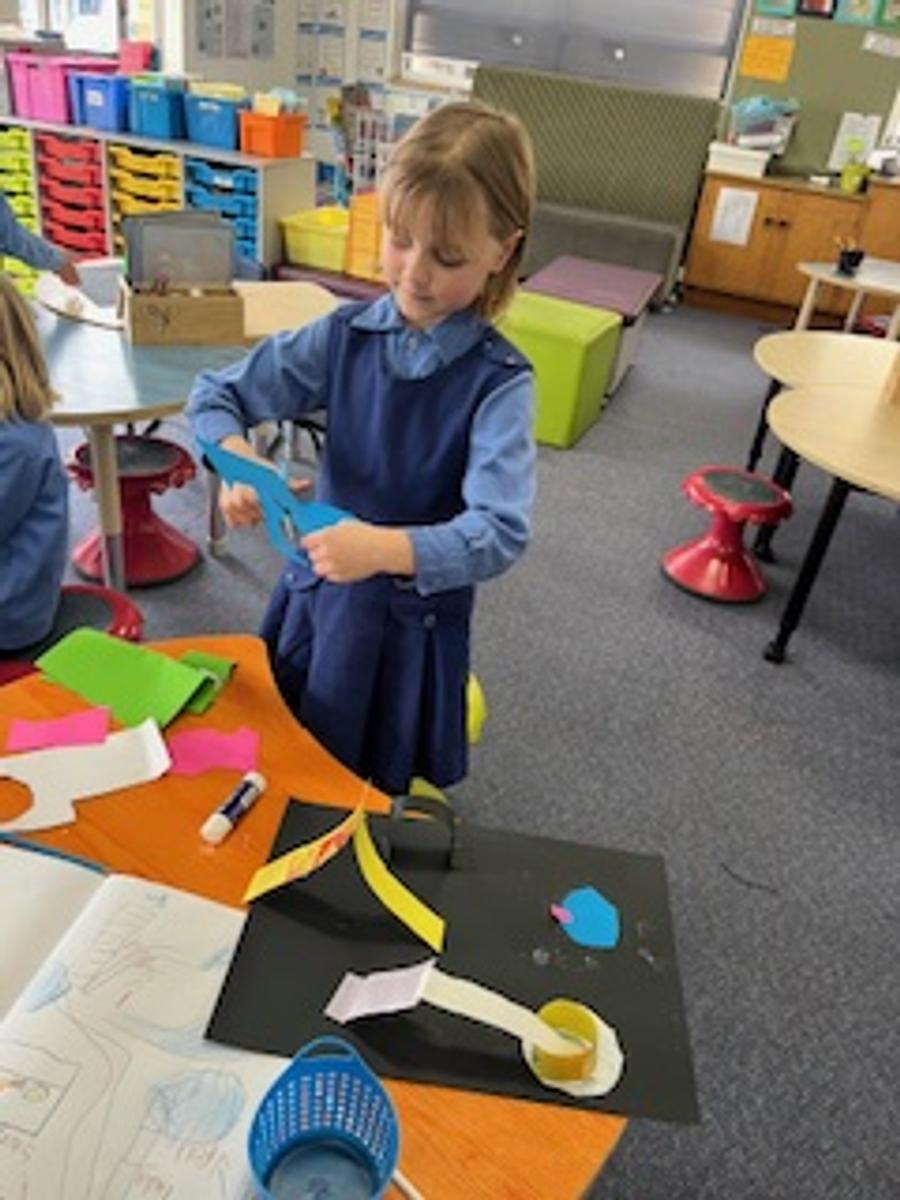

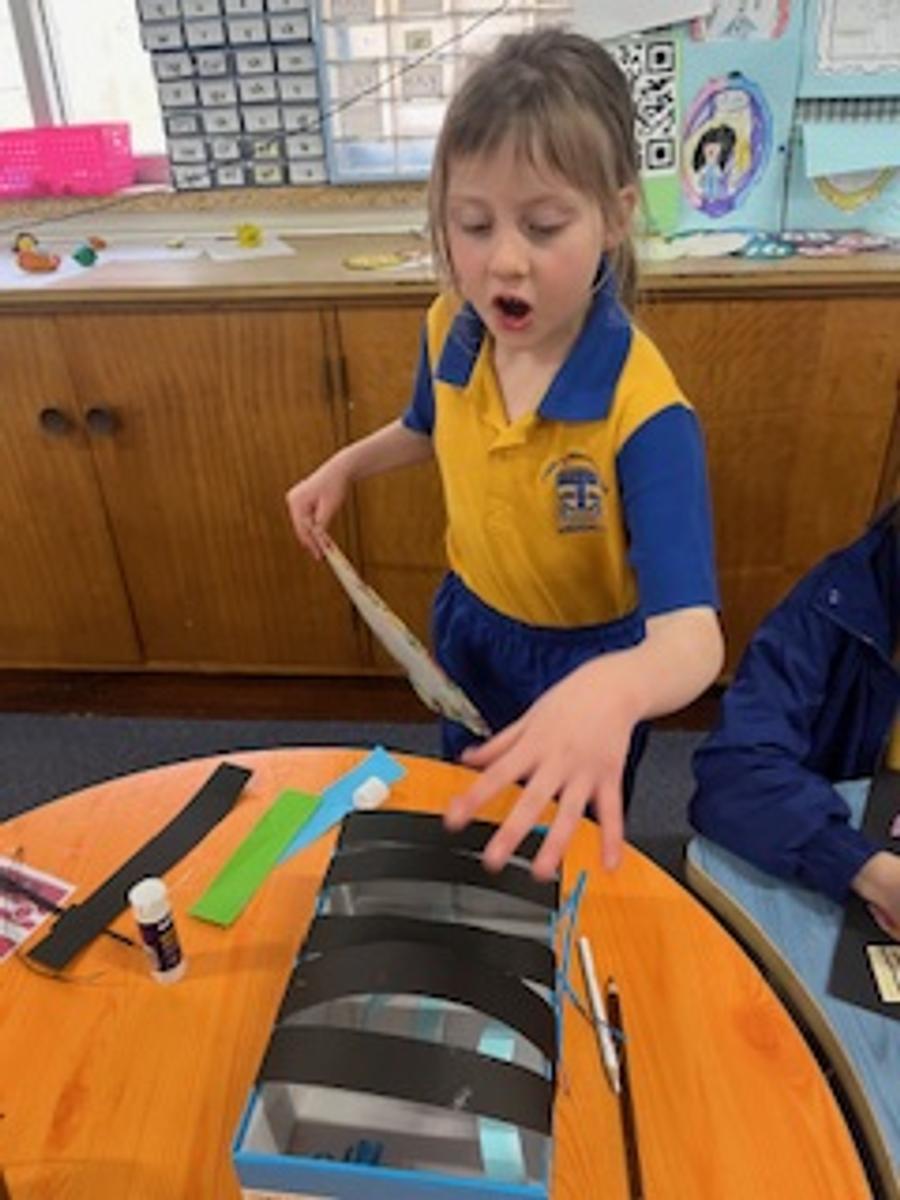





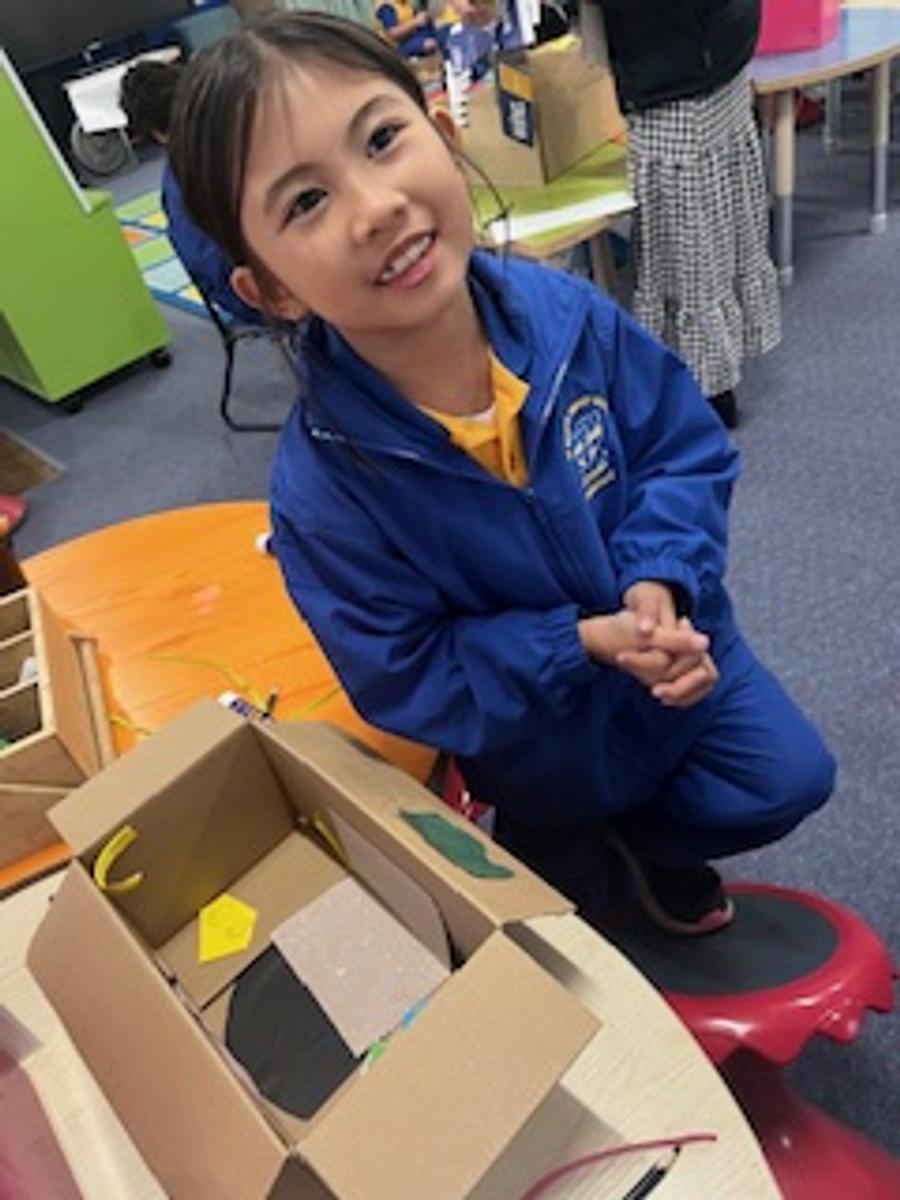

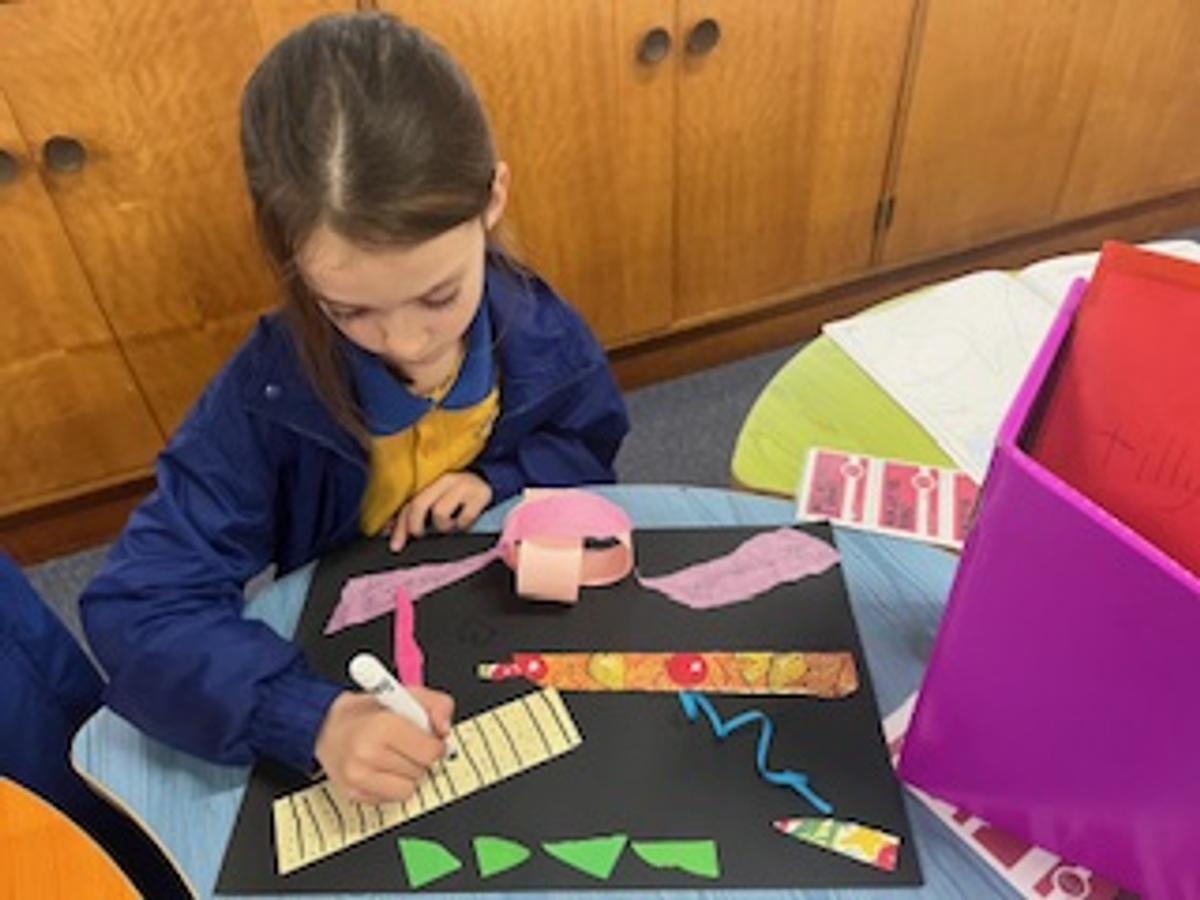

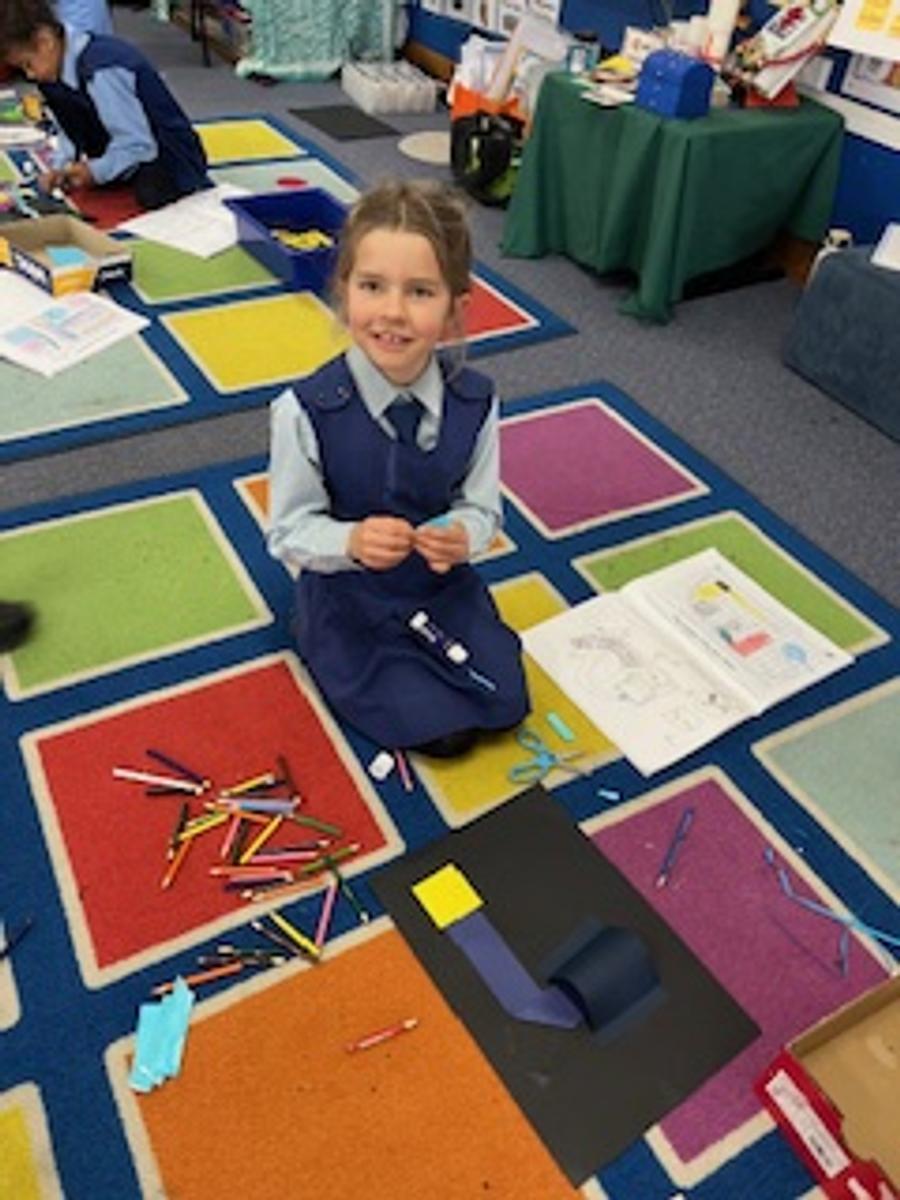
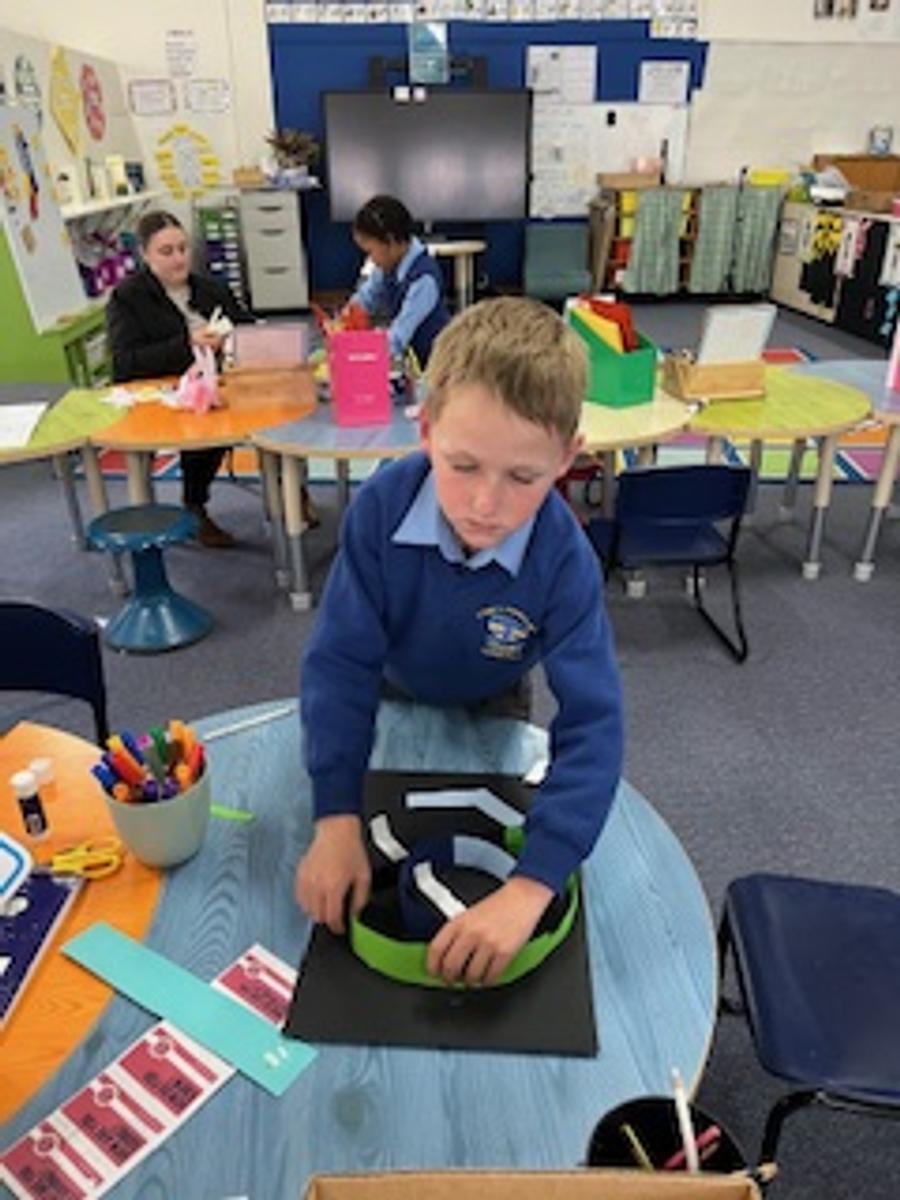
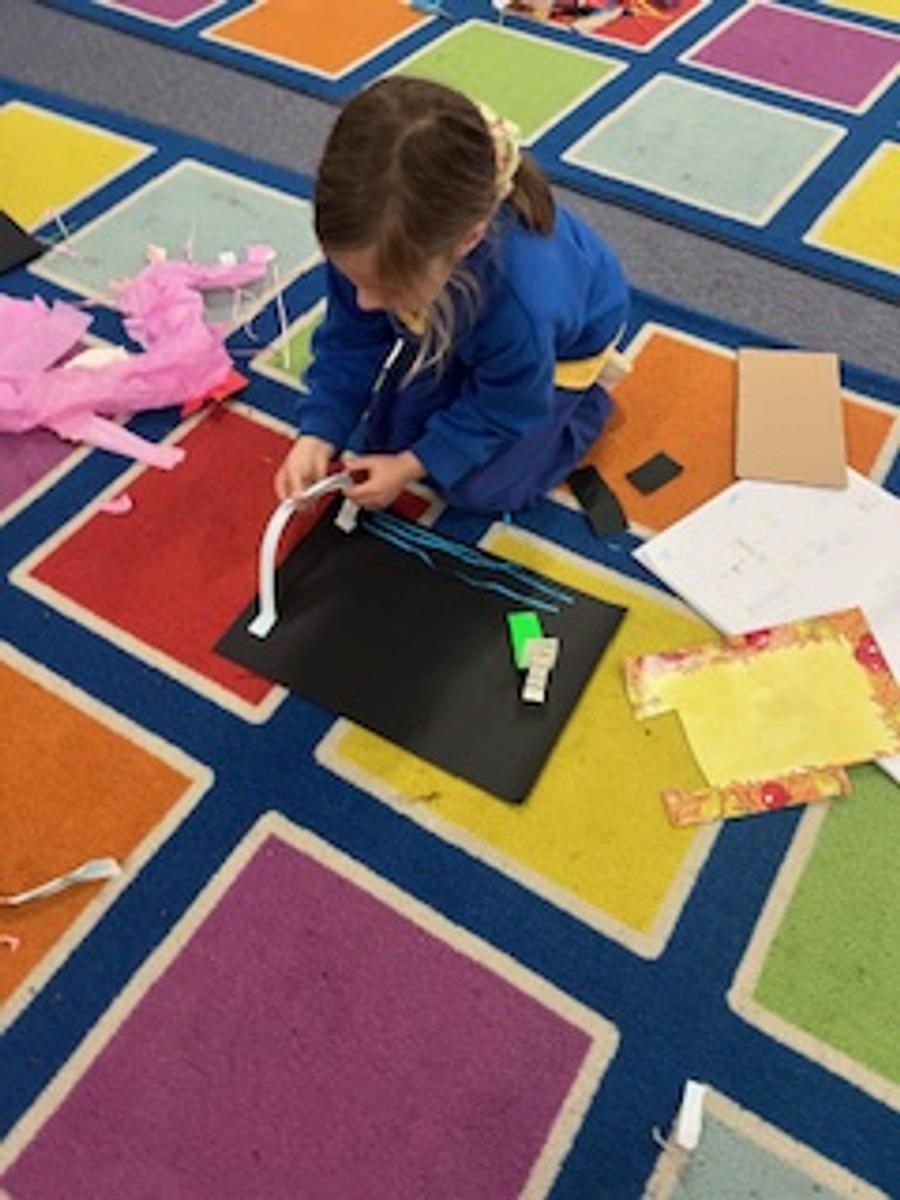


































Celebration of our learning efforts.
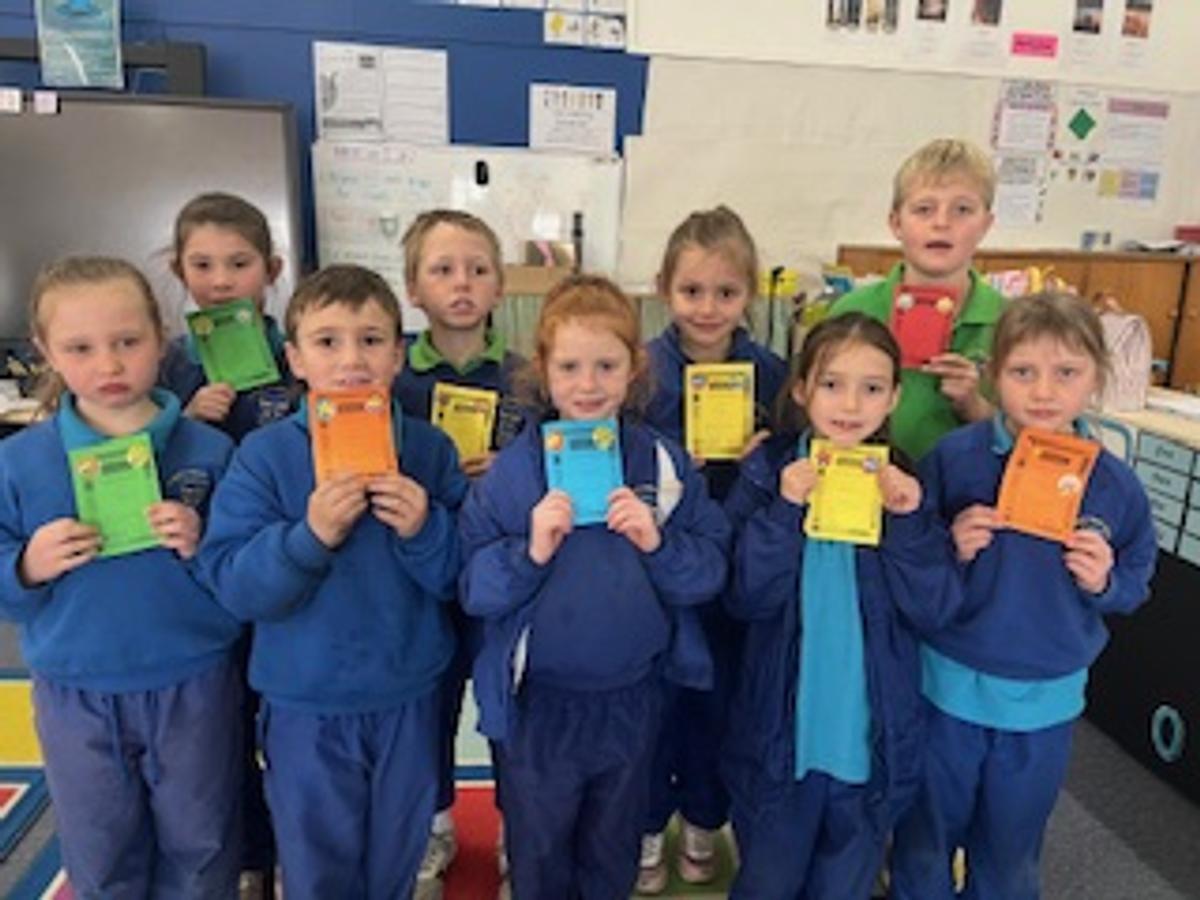
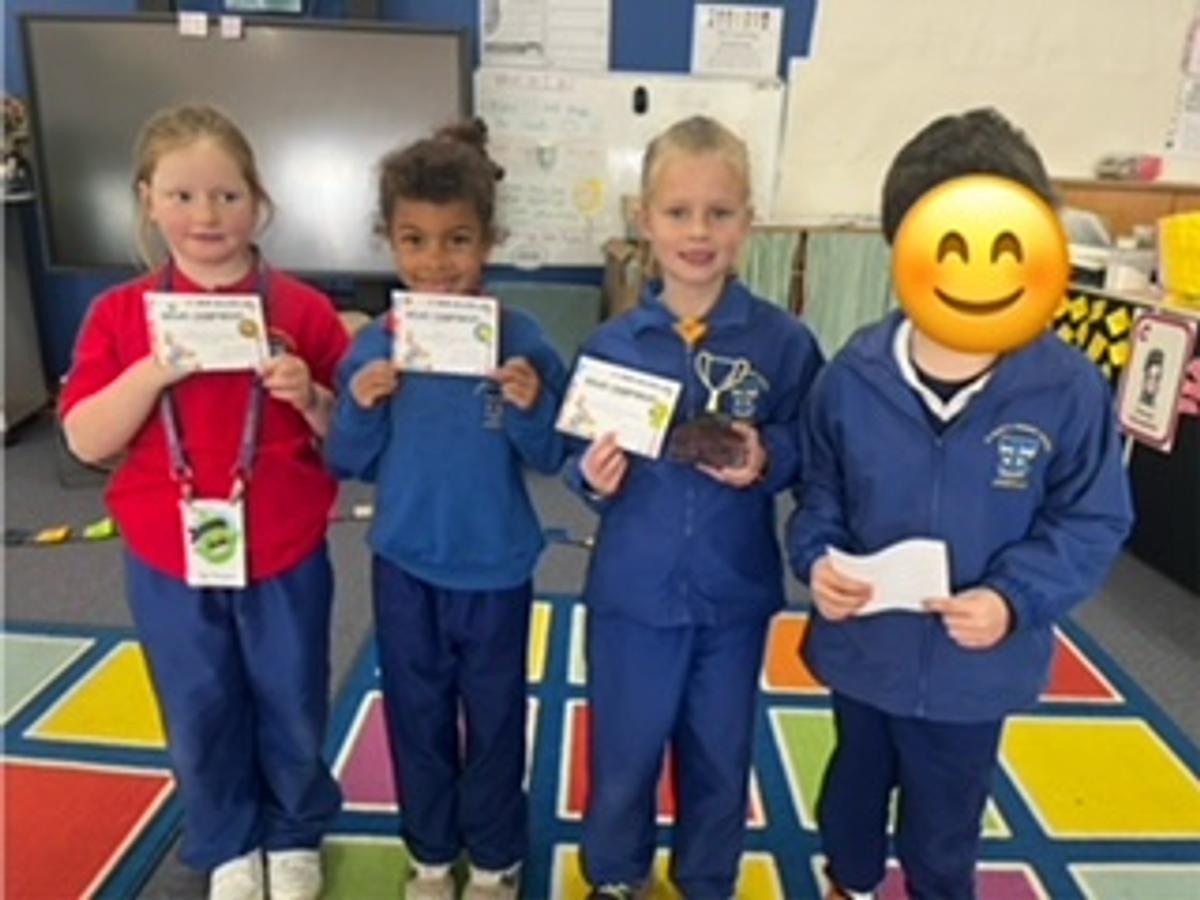
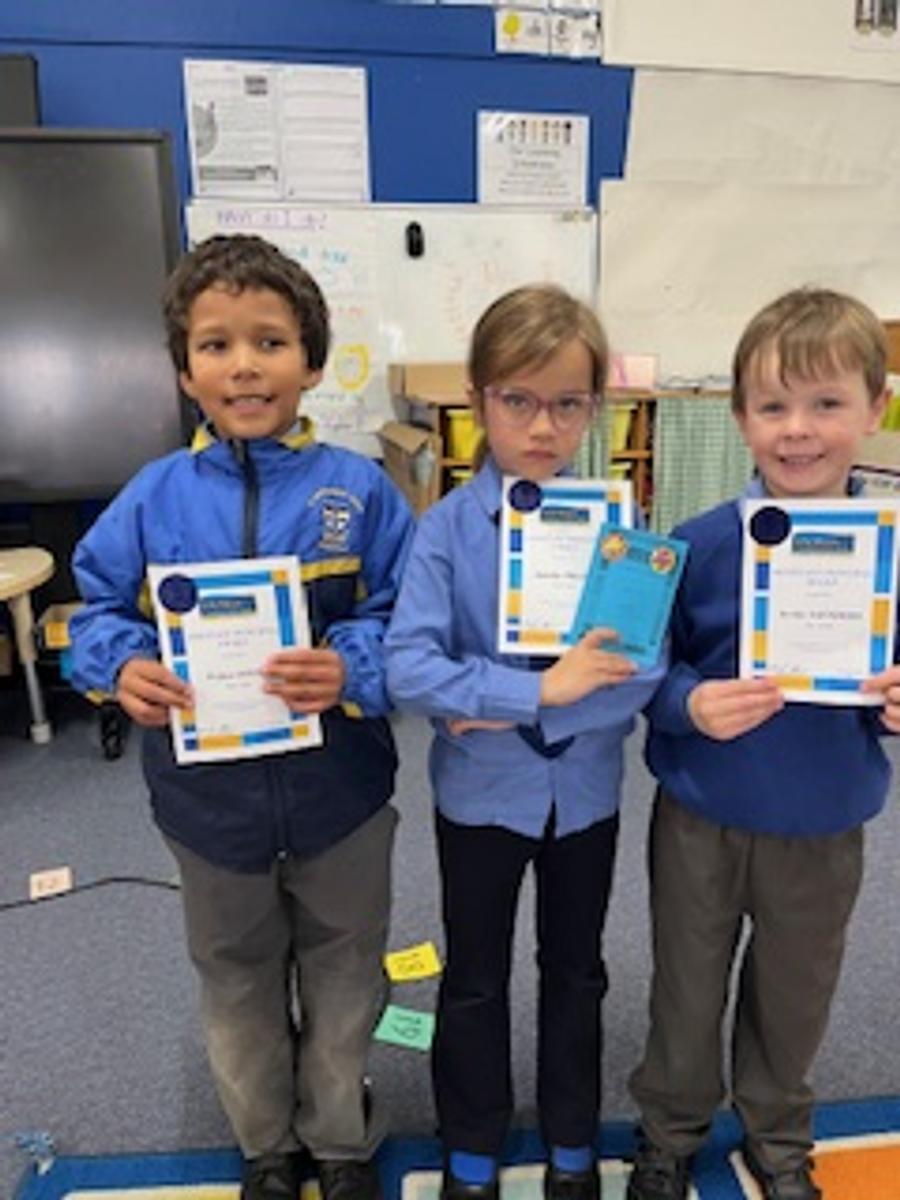
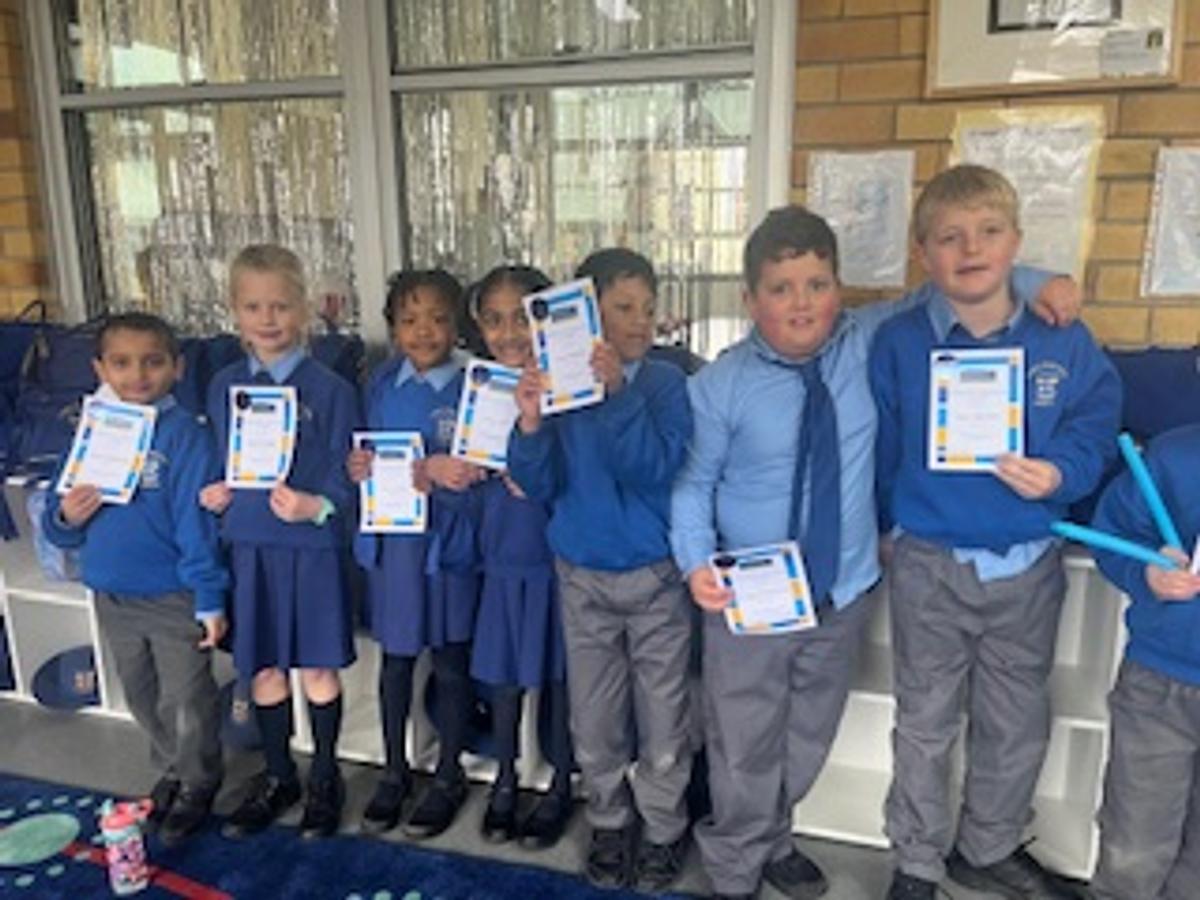

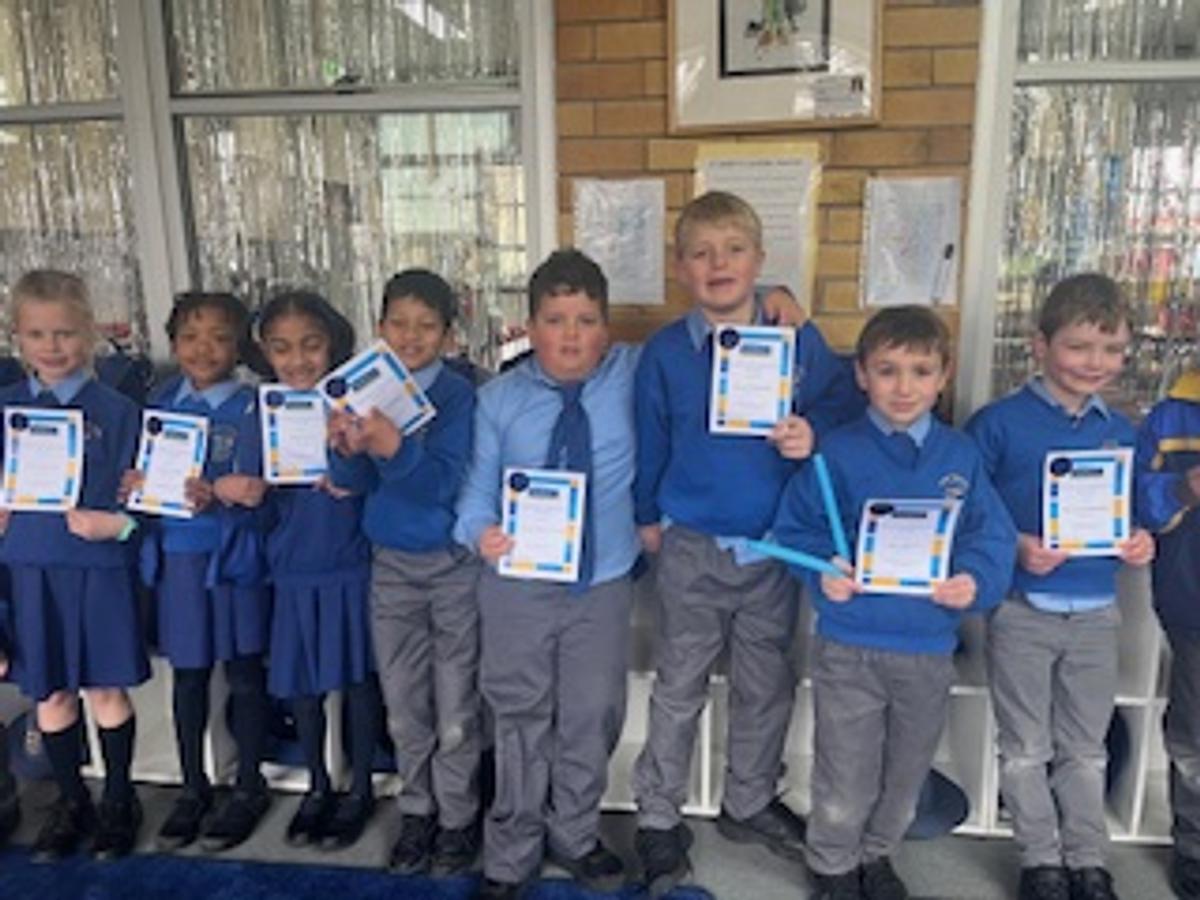






PE
Wet weather partner balancing in sport

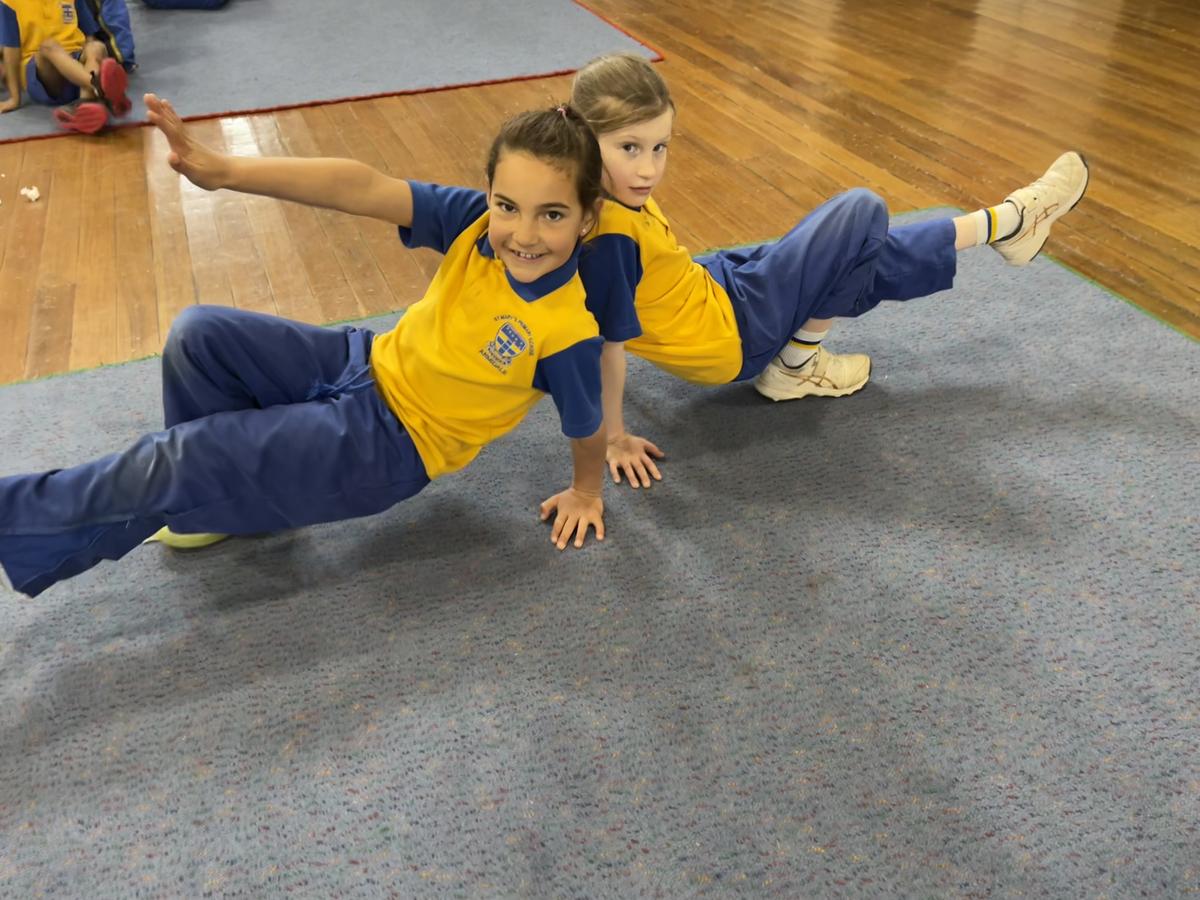
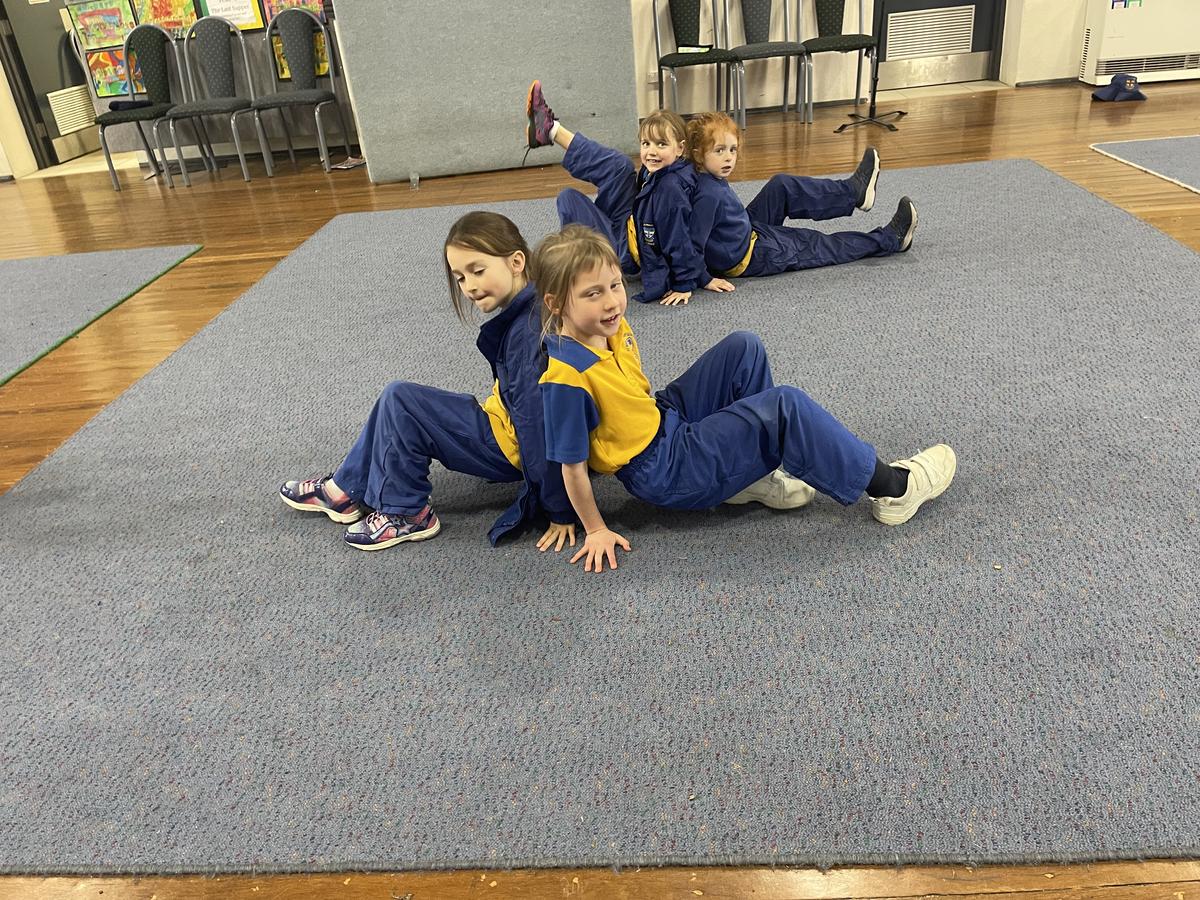
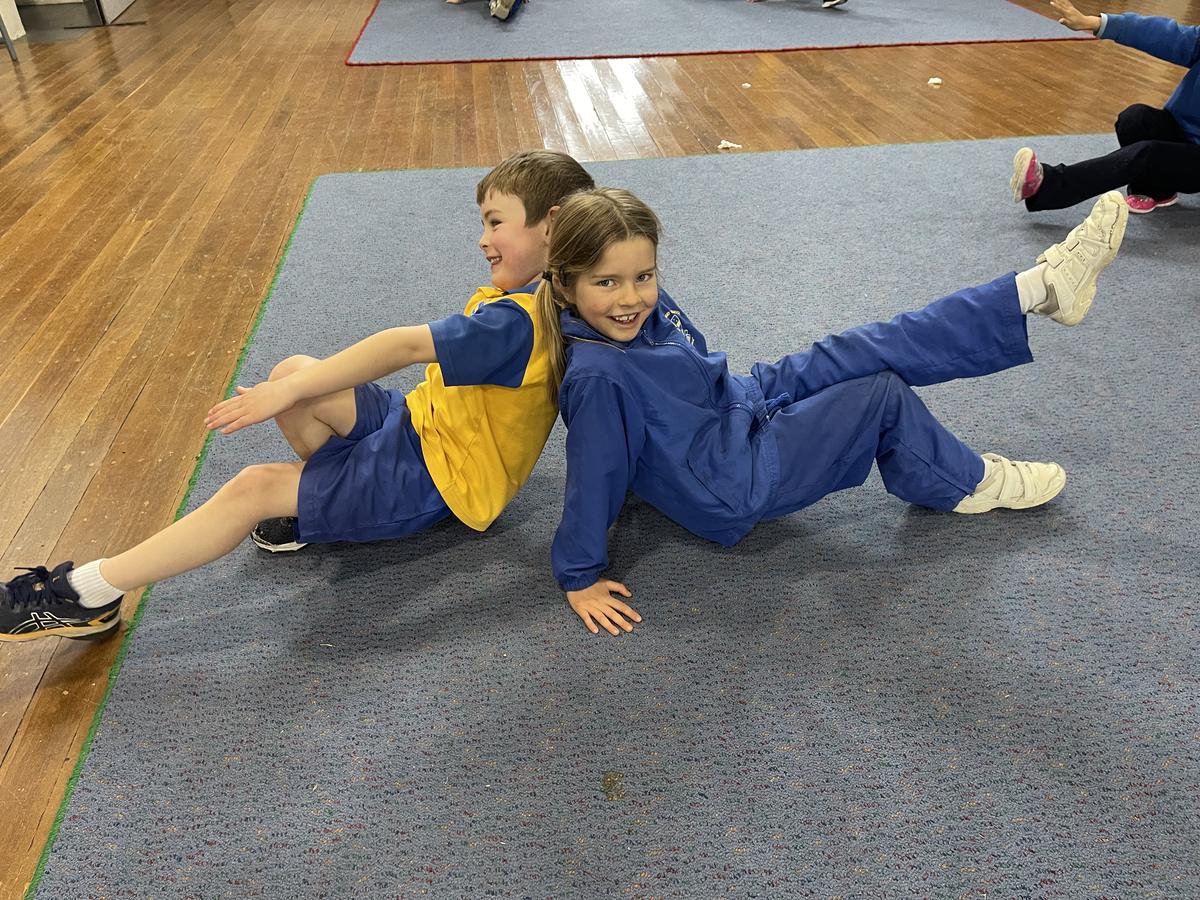
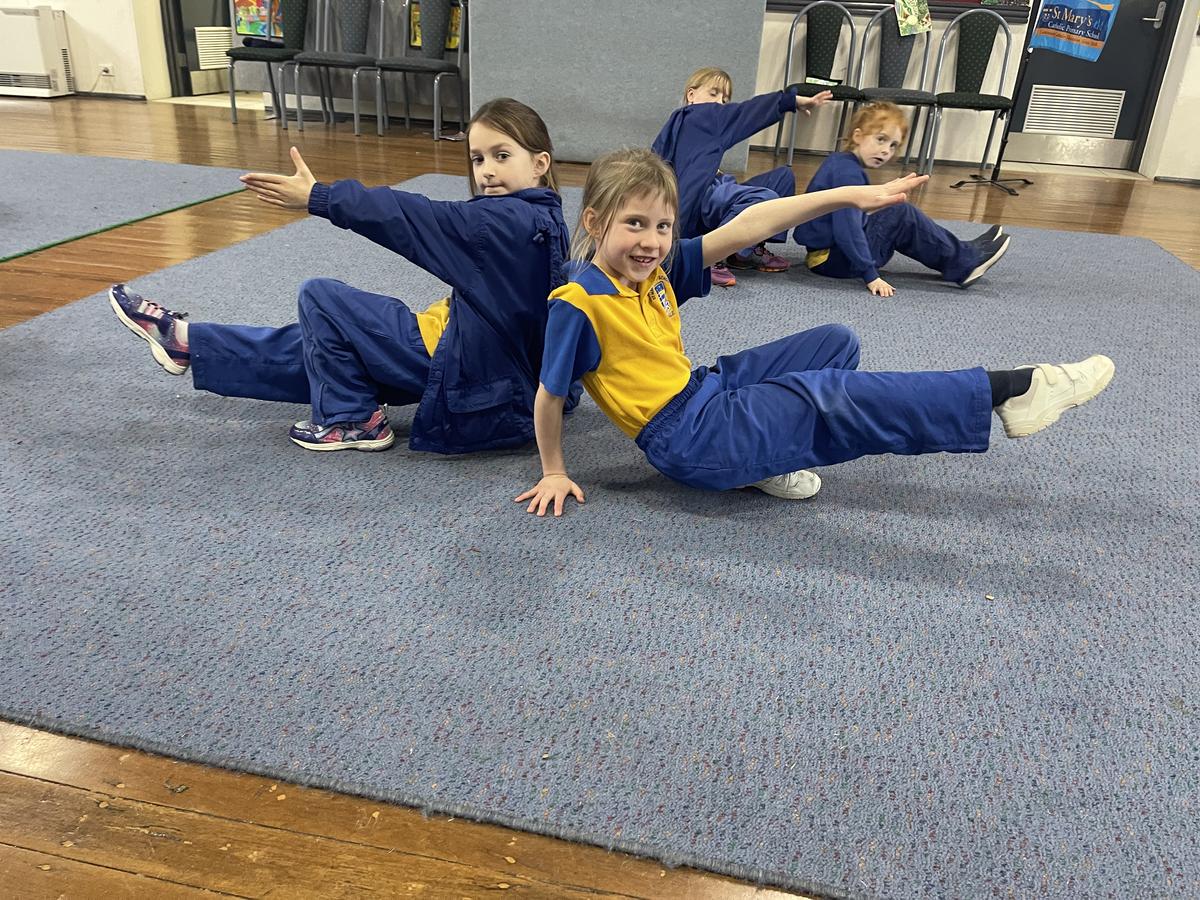


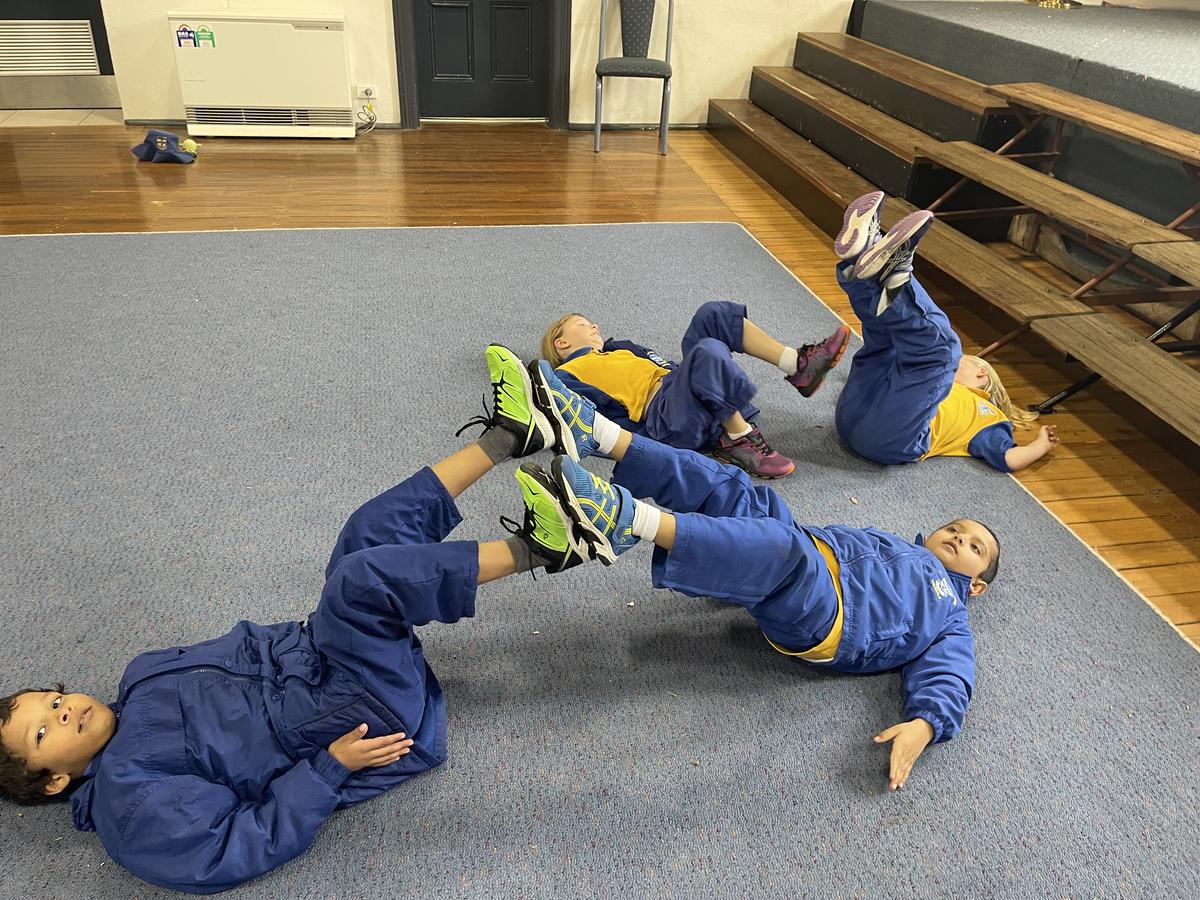










Maths
Over the last 3 weeks, Year 2 has been learning about Multiplication in Mathematics.
Students have been learning how to use a variety of methods to calculate multiplication problems either by creating equal groups with objects, drawing images or setting counters out in arrays. Year 2 have been learning to show their understanding of multiplication through number sentences, number stories and by using repeated addition.
Our focus in Week 4 and 5 is Area. Some things you can do at home to support your child are giving them the opportunity to use a variety of informal units, like paper clips, books, spoons etc. to measure the area of different objects, like the dinner table and discussing with them the importance of making sure there are no gaps between the objects used to measure.




Maths Tips for Parents
Explore Different Perspectives: Use building blocks to create simple structures. Encourage your child to draw the front, side, and top views on graph paper or isometric grids, helping them visualise how 2D drawings represent 3D objects.
Recreate from Drawings: Provide your child with drawings of 3D objects and challenge them to build these objects using connecting cubes. Discuss any differences between their construction and the drawing to enhance understanding.
Starting Monday, 19th August Year for will be starting a new Maths unit: Learning about Fractions at Home: Evidence-Based Tips for Parents and Caregivers. Below is a link for families from the Institute of Educational Sciences.
Religion
Year 4 studying Mary, Mother of Jesus and looking at bible passages relating to important events associated with Mary.




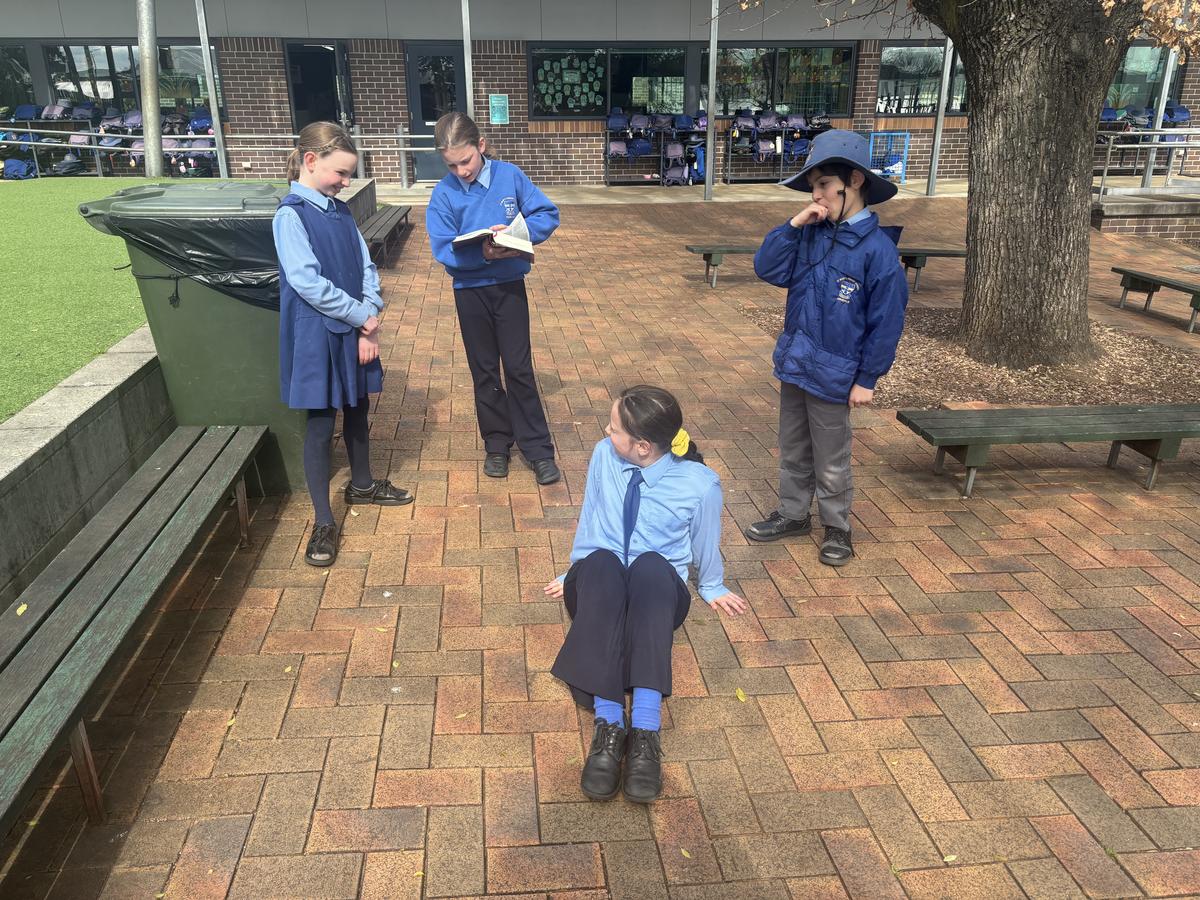
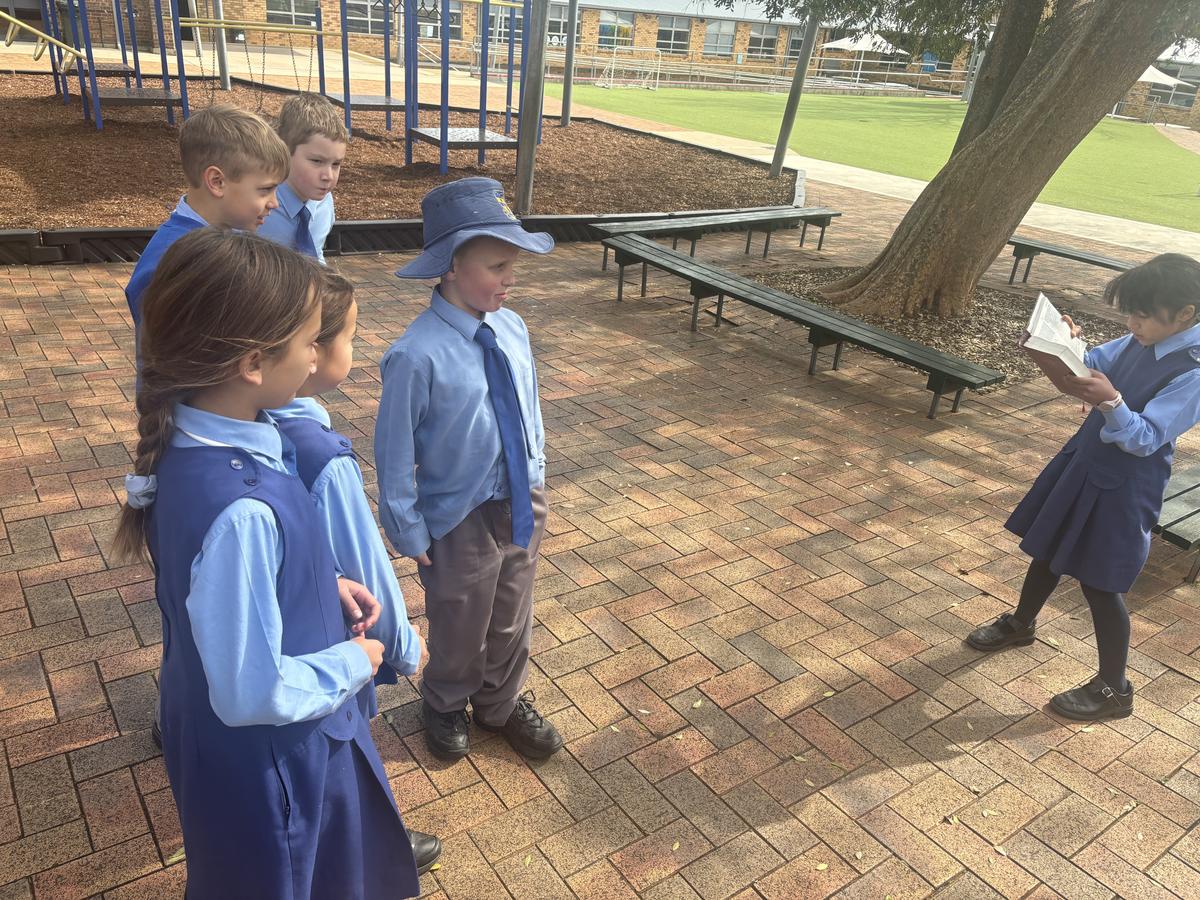








Zero Emission Bus Excursion
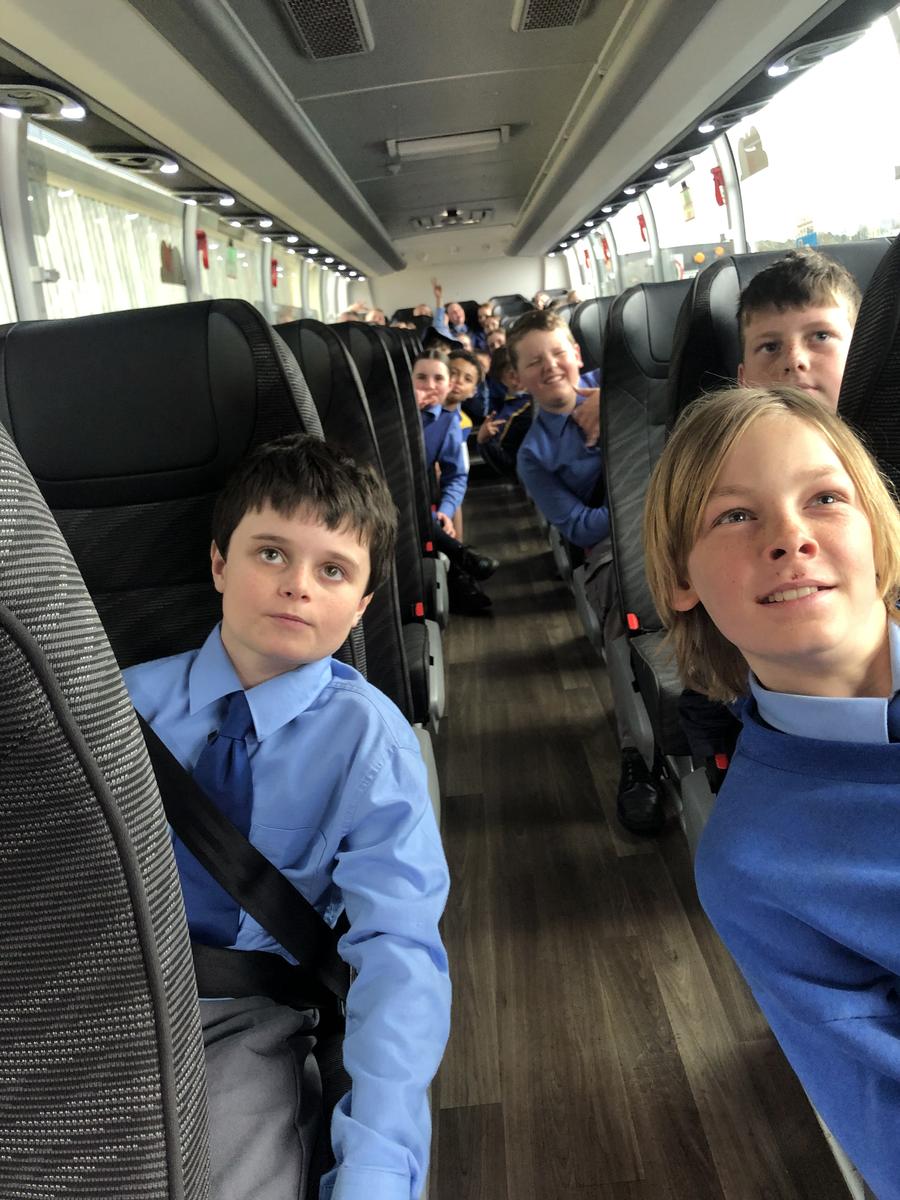
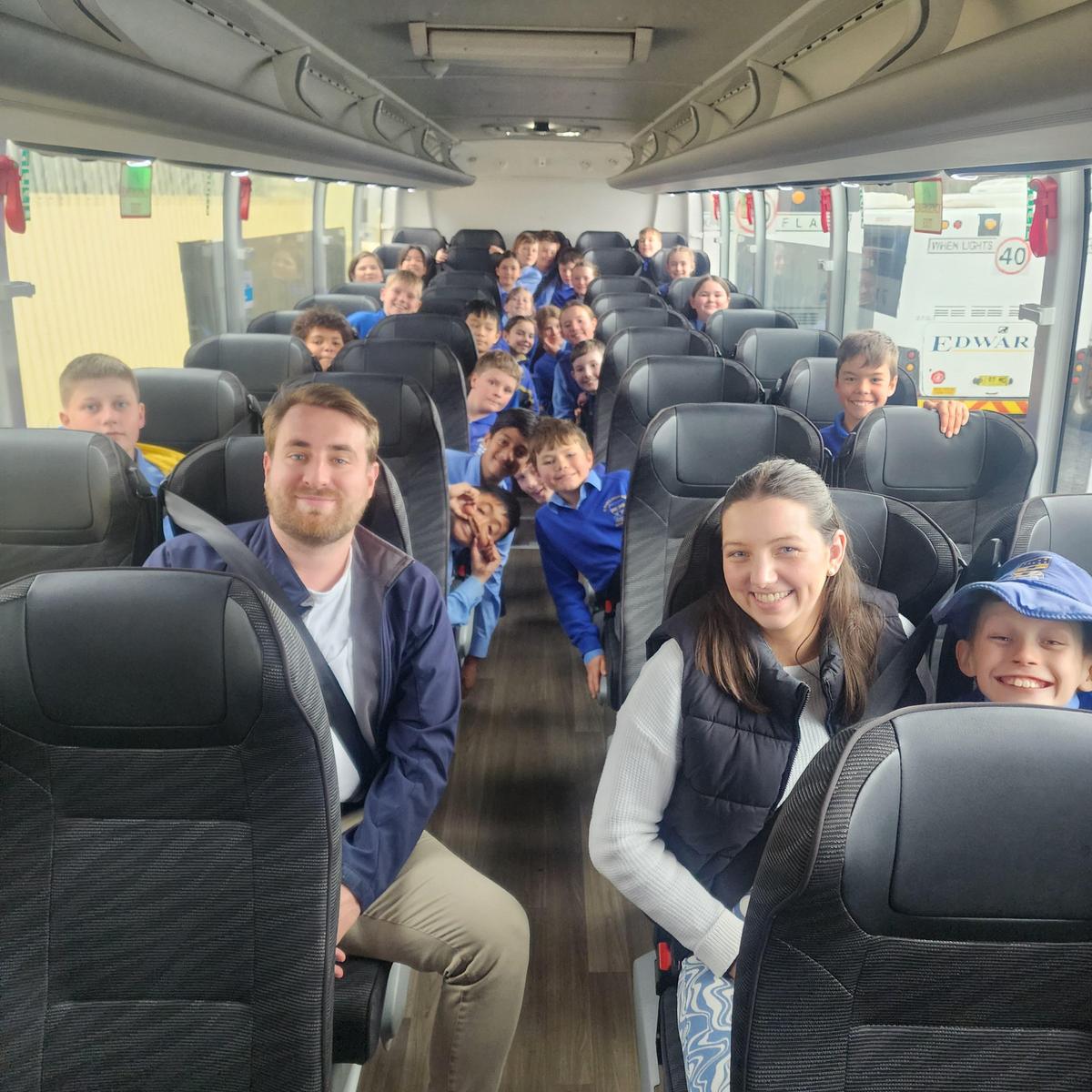


NAIDOC Week
Year 6 organised and led an afternoon of Traditional Aboriginal games to celebrate NAIDOC Week. Kindergarten rotated through between three different games joining Year 6 in the fun and learning! What a great way to finish NAIDOC Week!


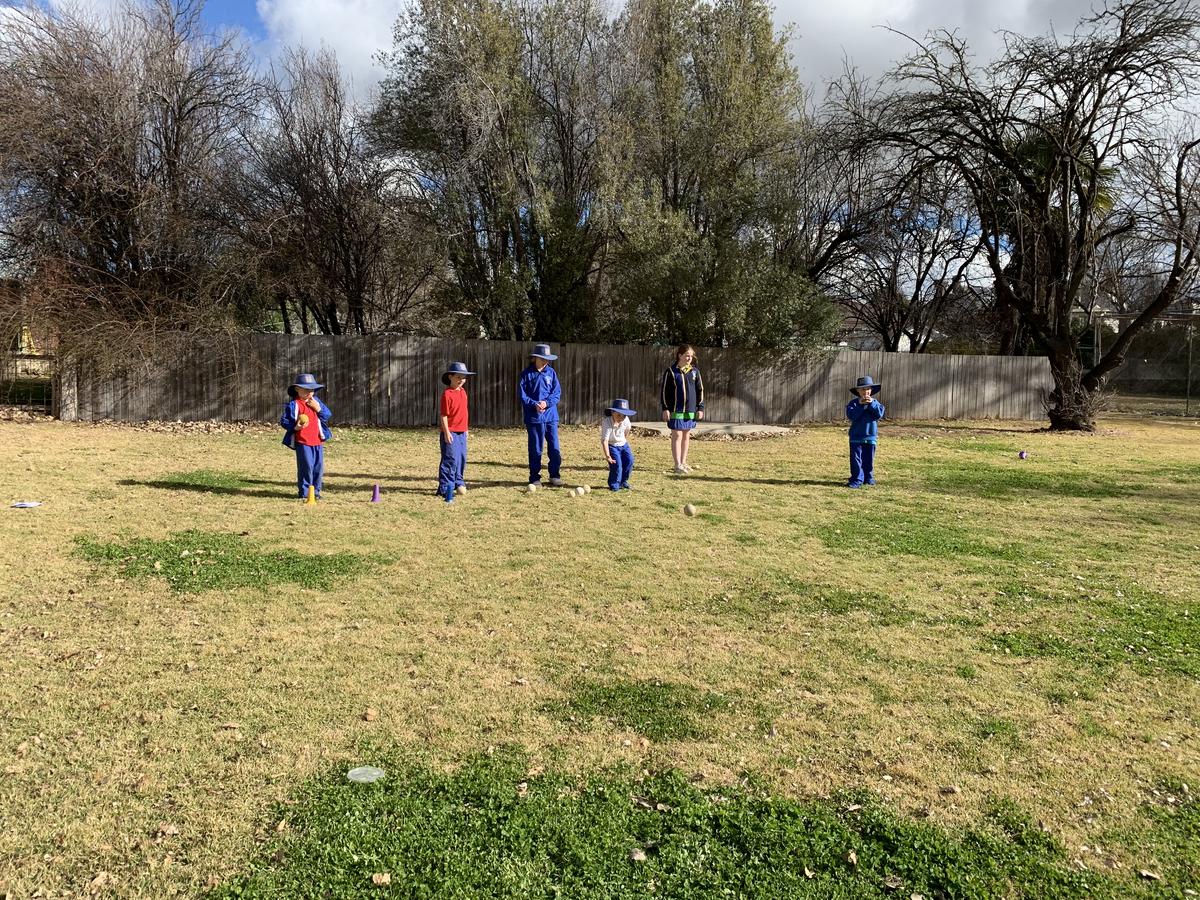
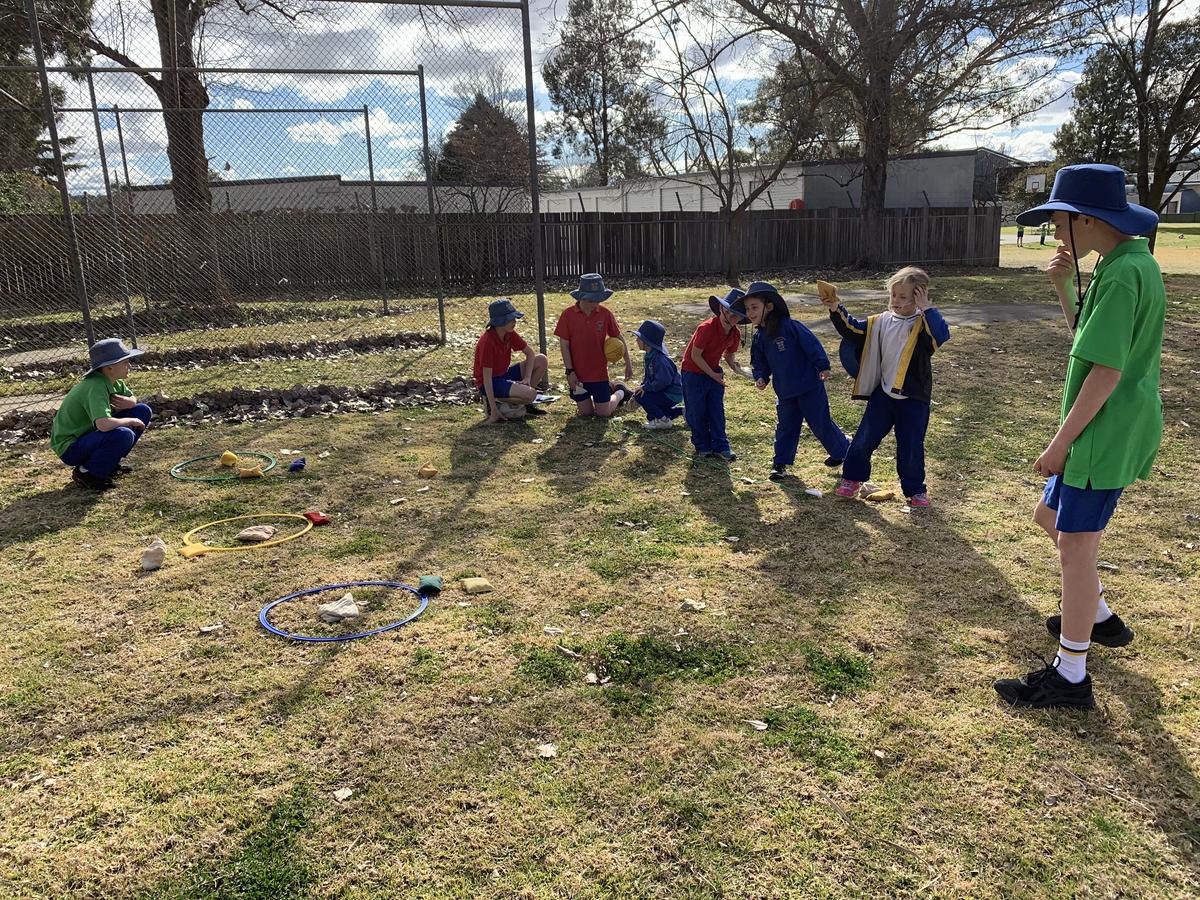




Science
Year 6 participated in a series of Science lessons that explored demonstrating different types of forces. Students, in groups, created a version of a Rube Goldberg Machine which used found objects to allow a marble to travel from a high starting and down their track while staying in their designated area.
Year 3 were invited to our Science Fair where each group presented their machine and tested the success of the marbling moving through the track in one motion. Well done 6 on your problem solving and ingenuity!


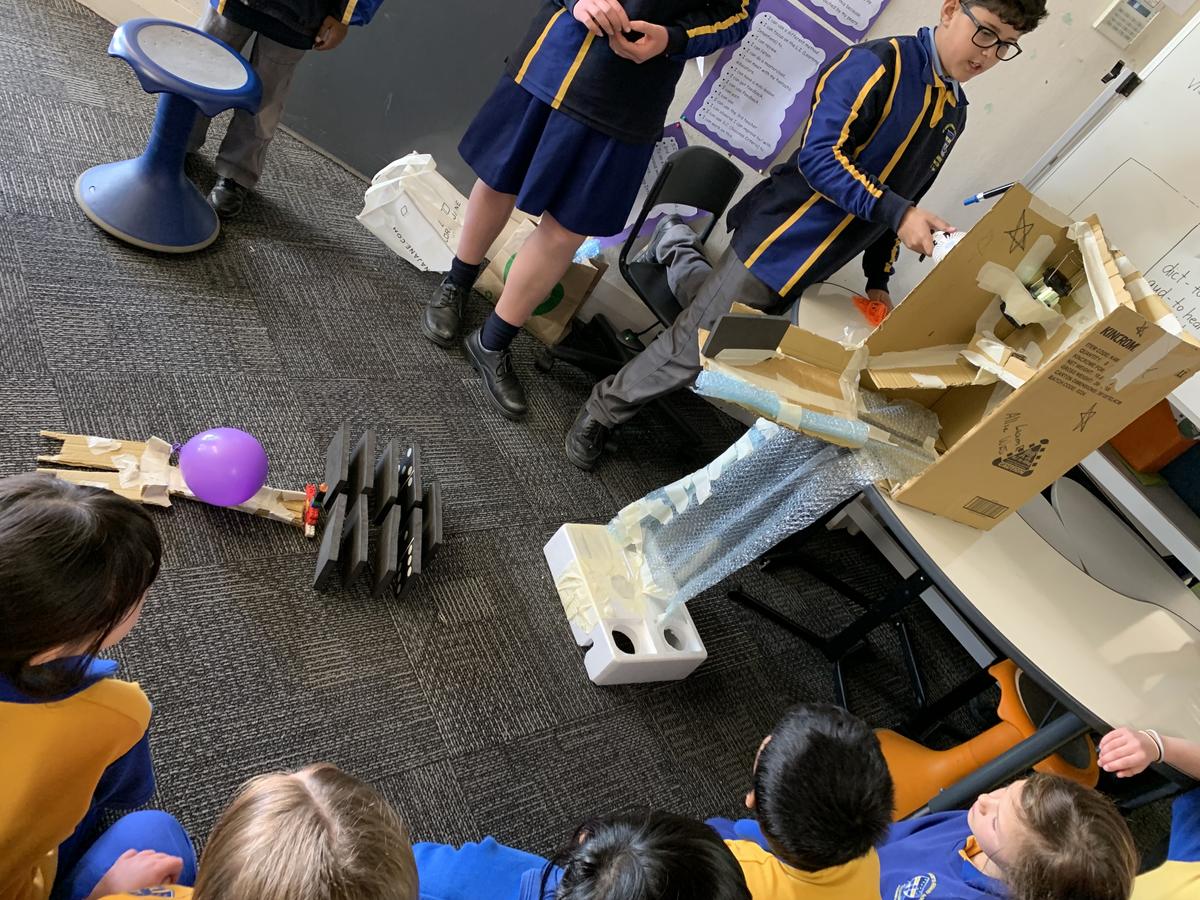
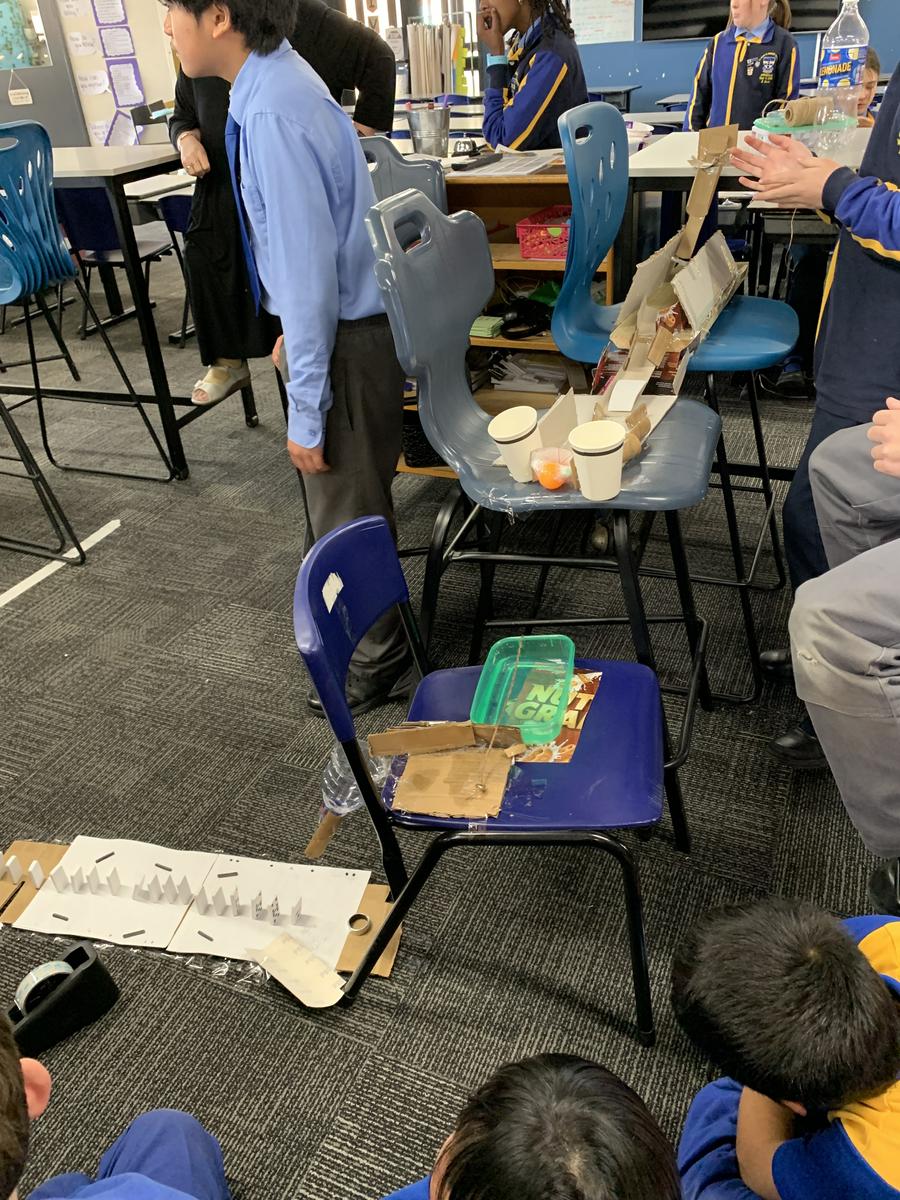



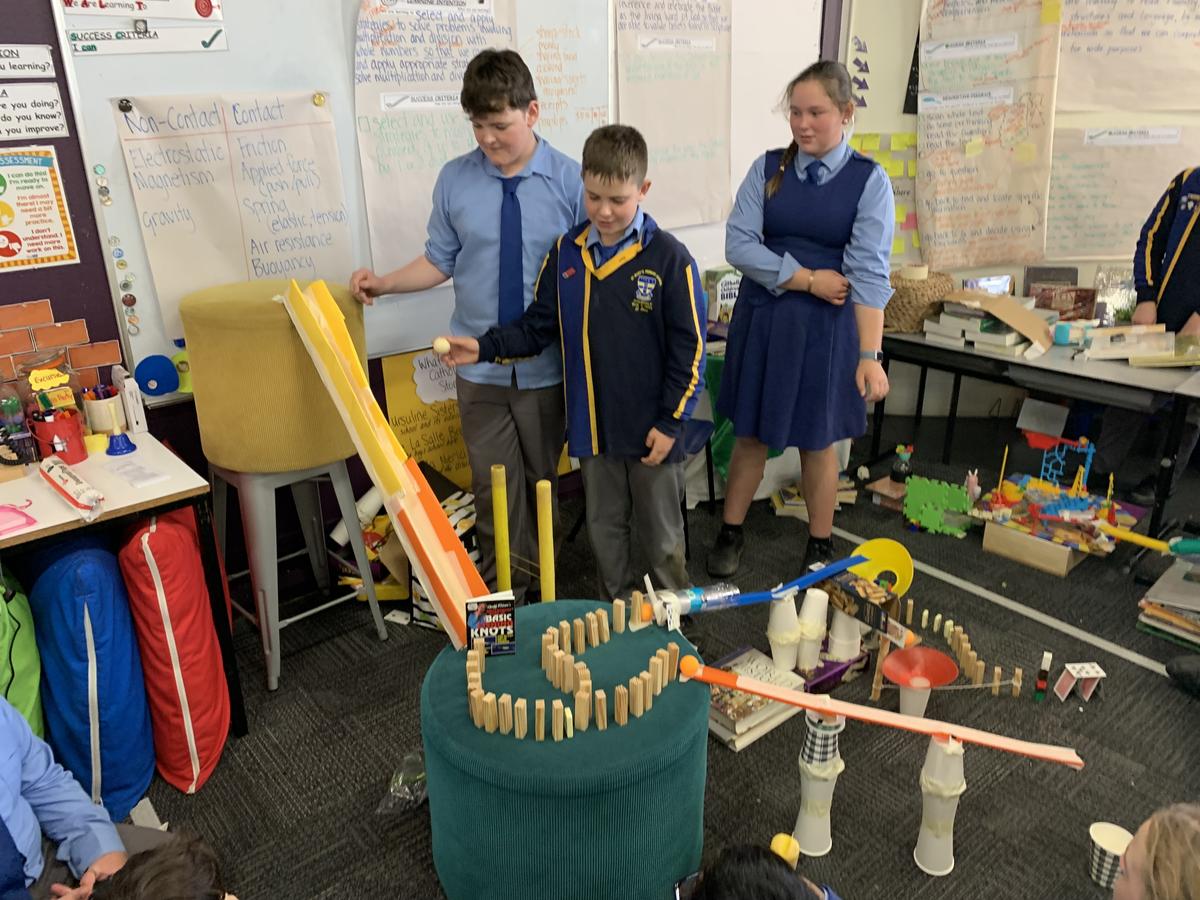

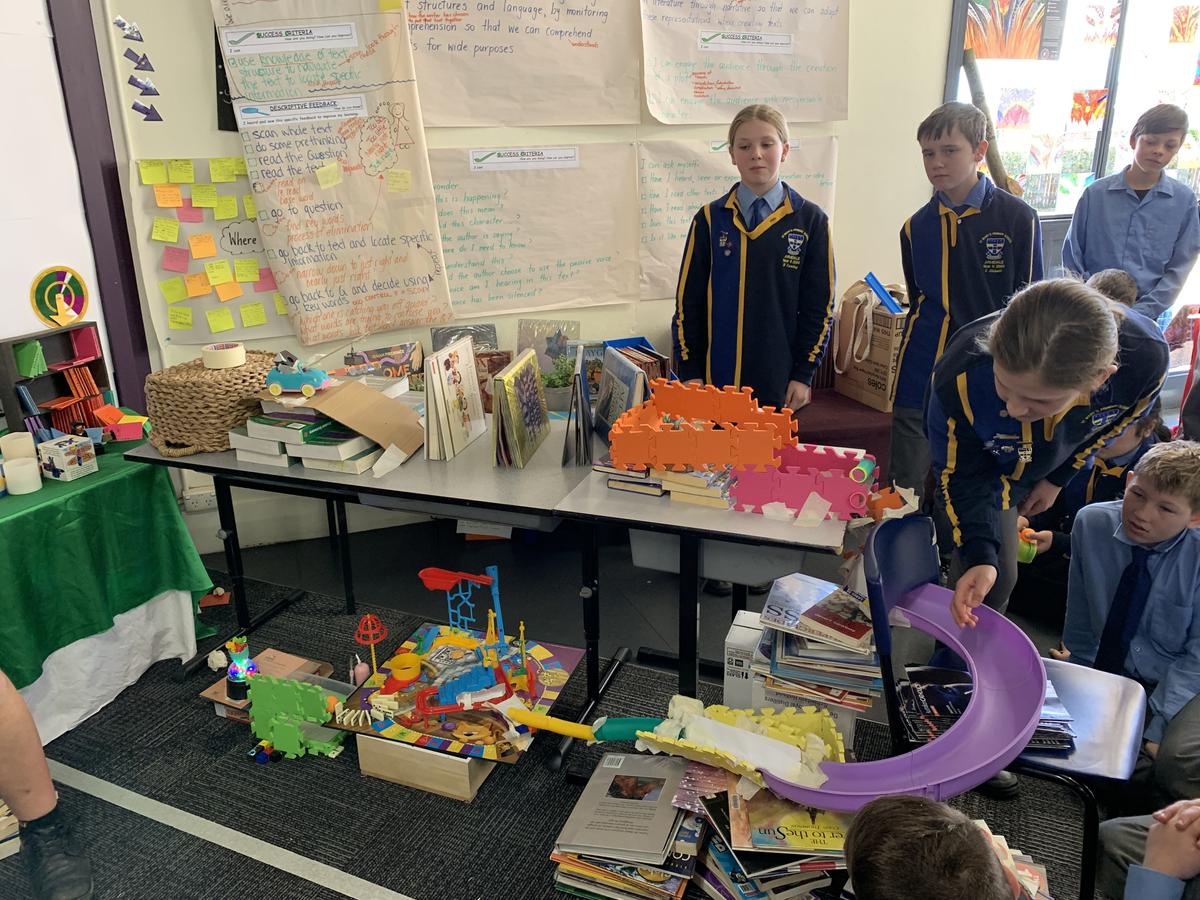

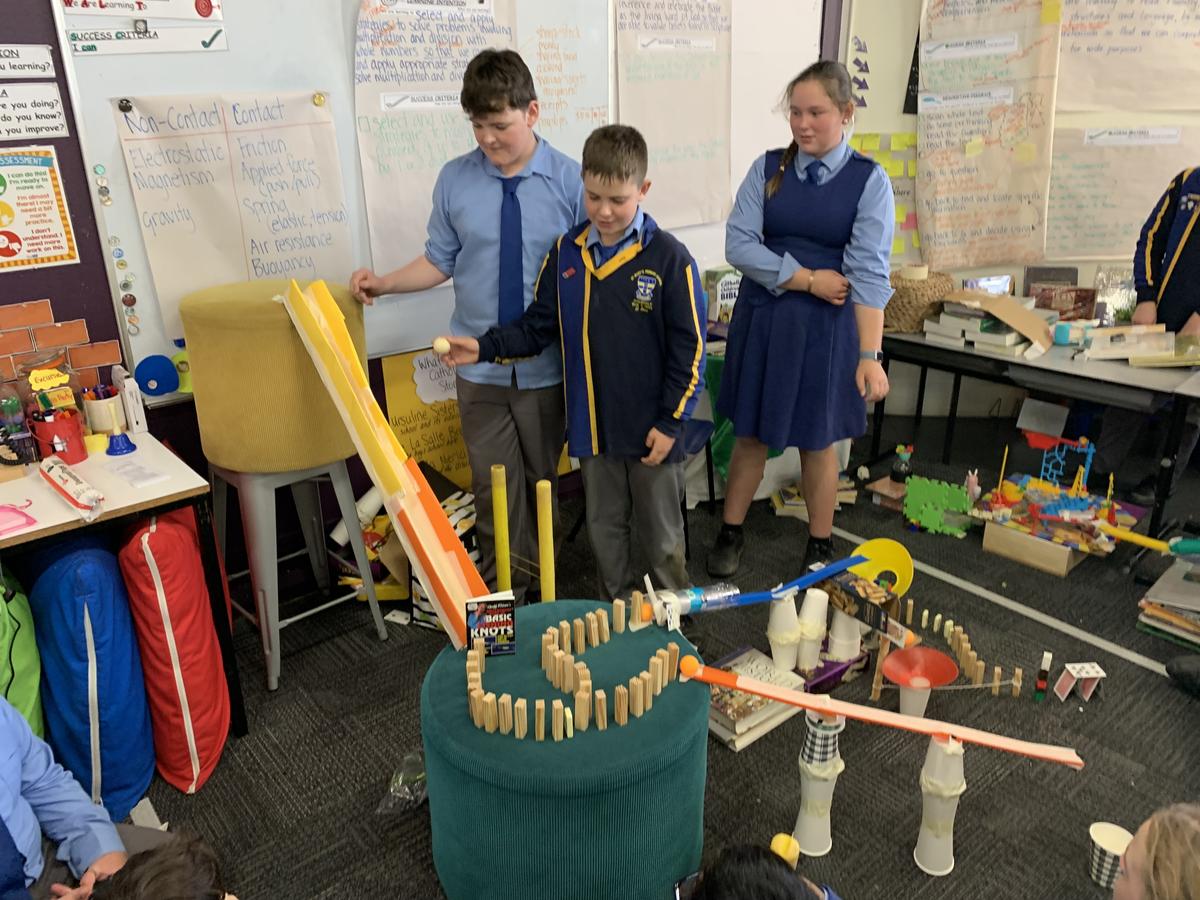

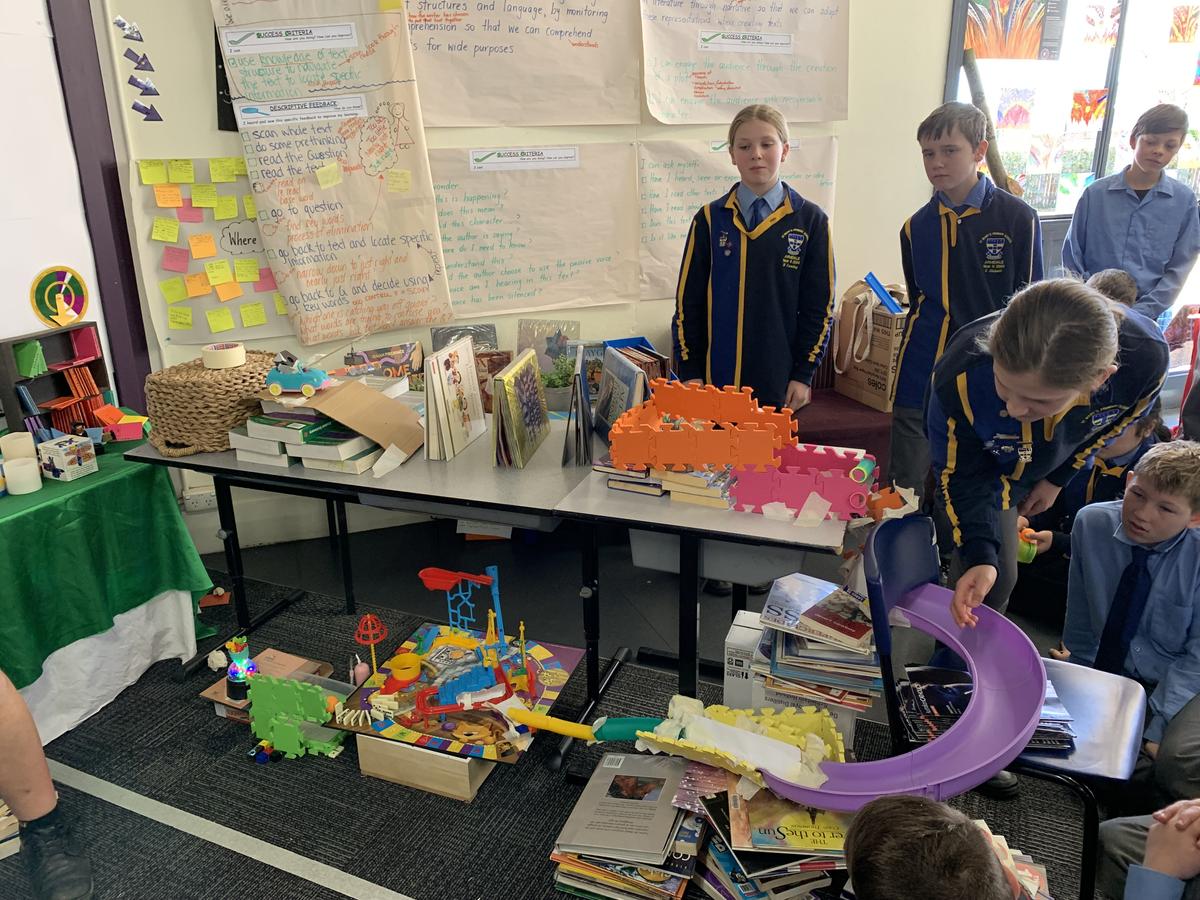

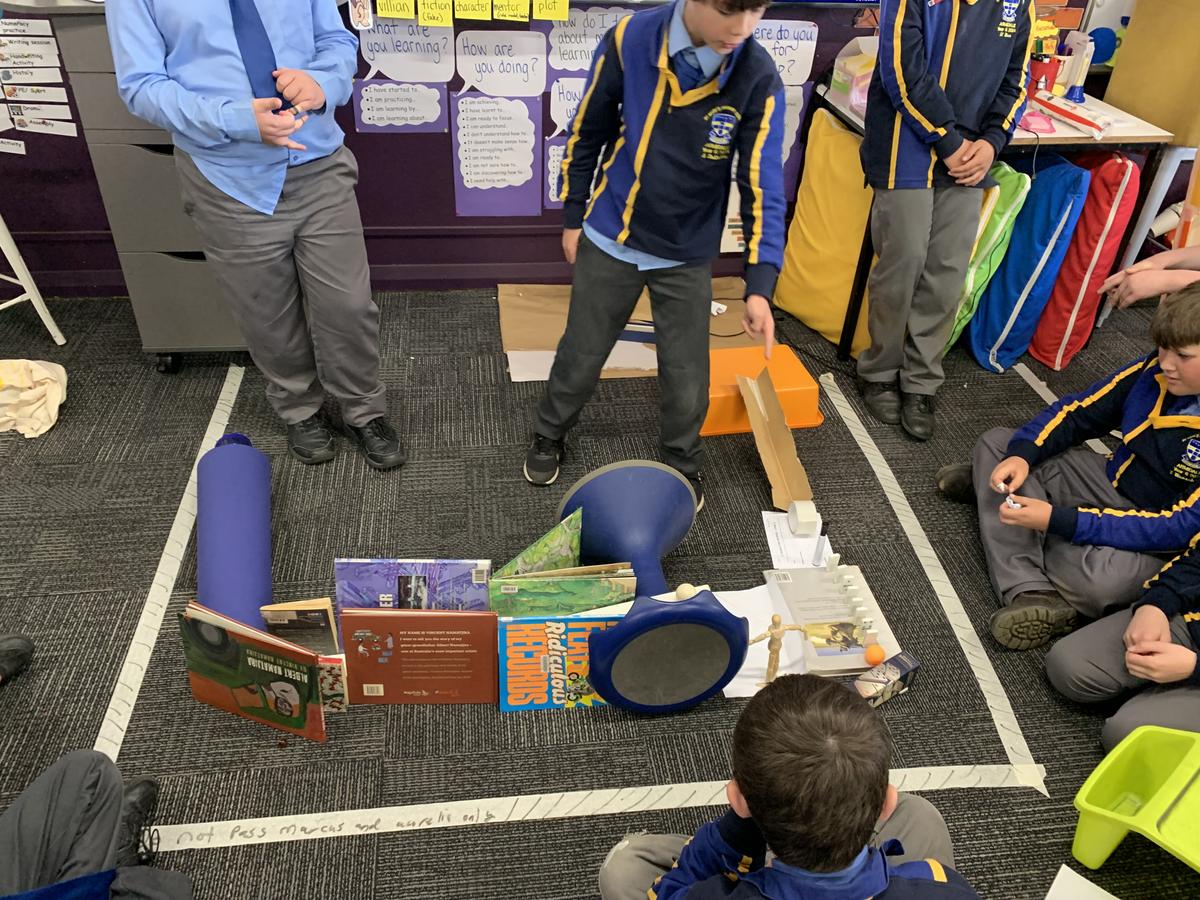
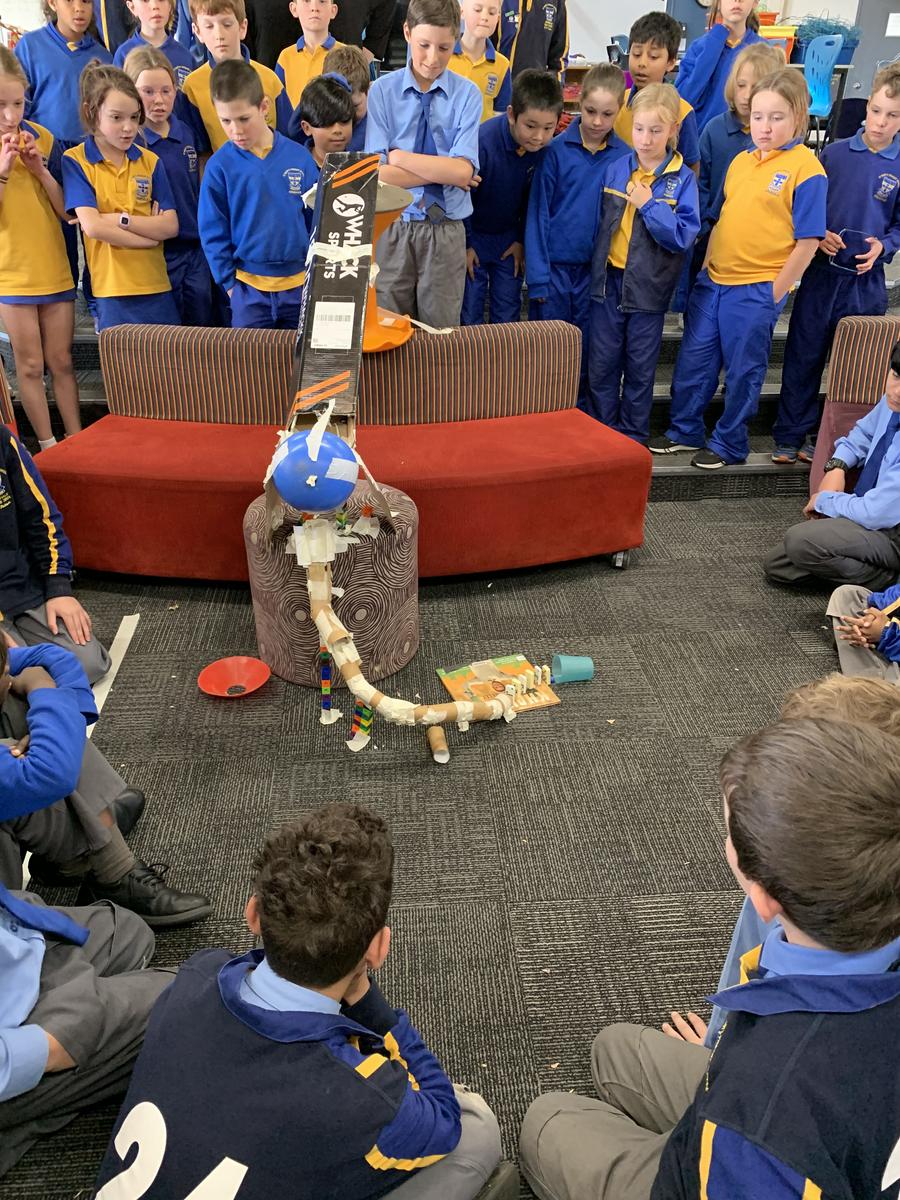
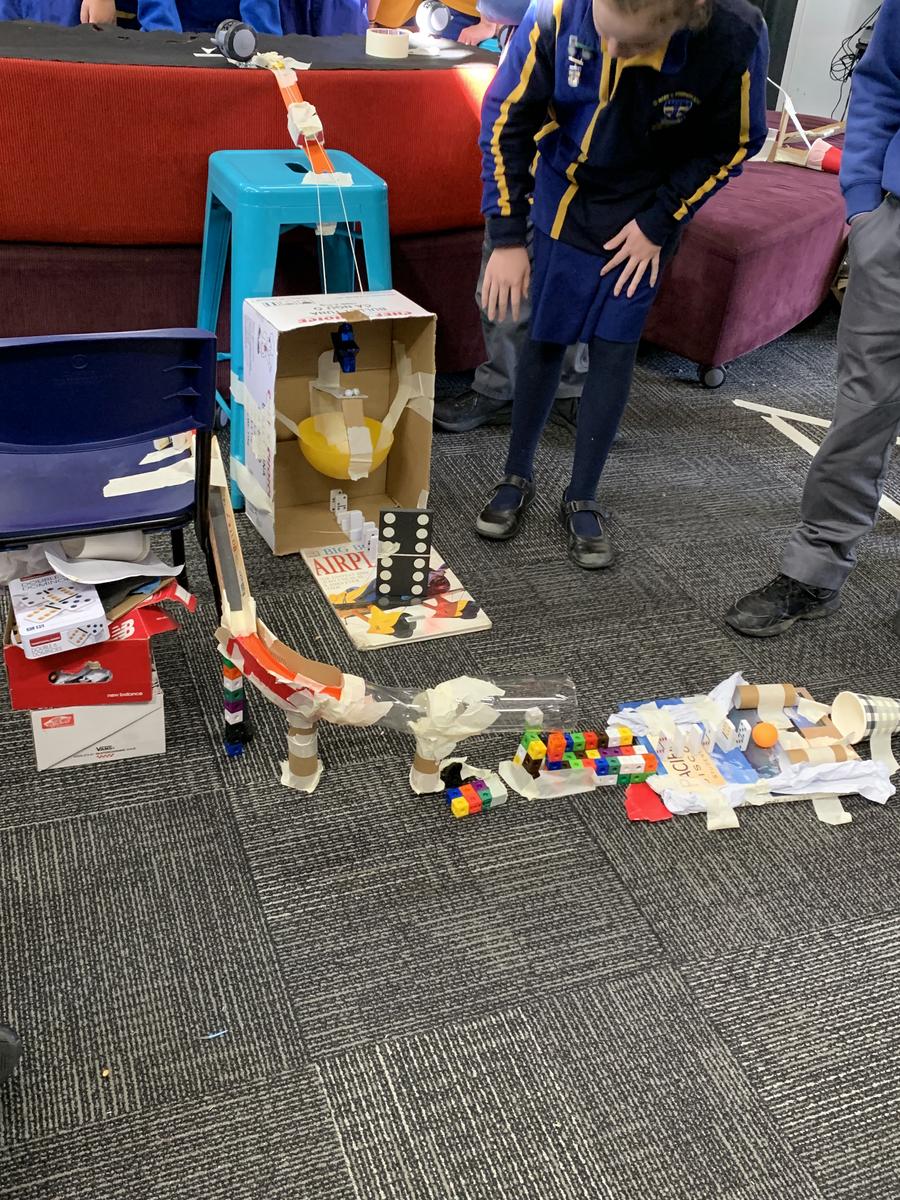




















STEP Day at O'Connor Catholic College
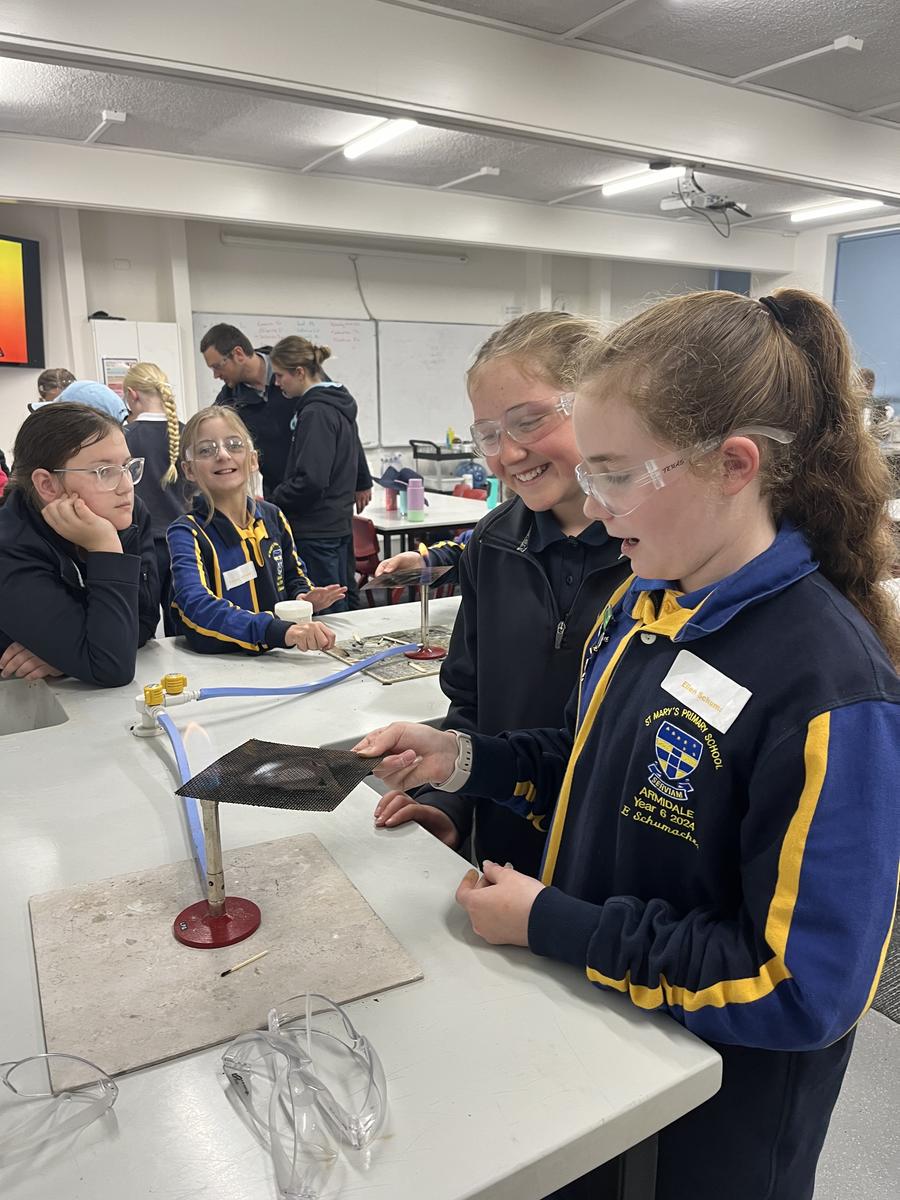

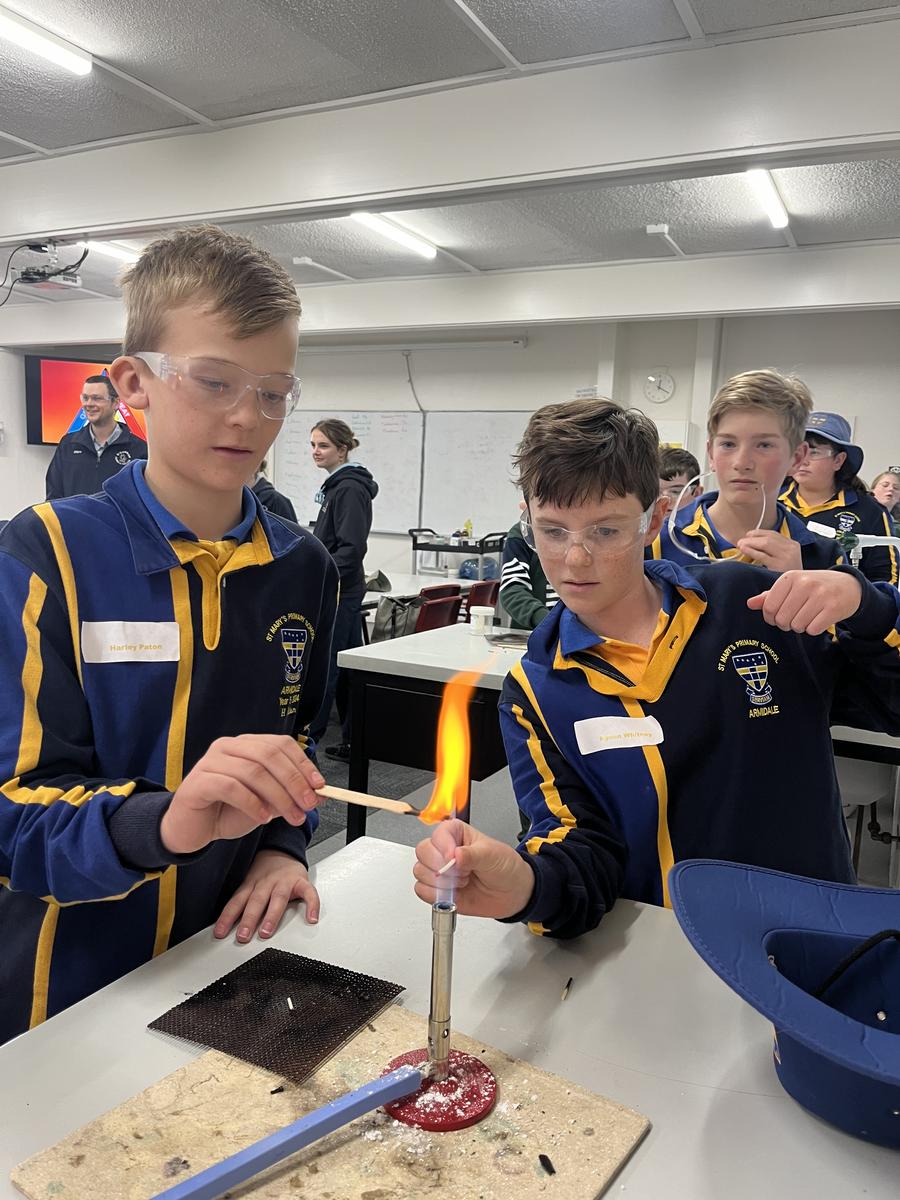

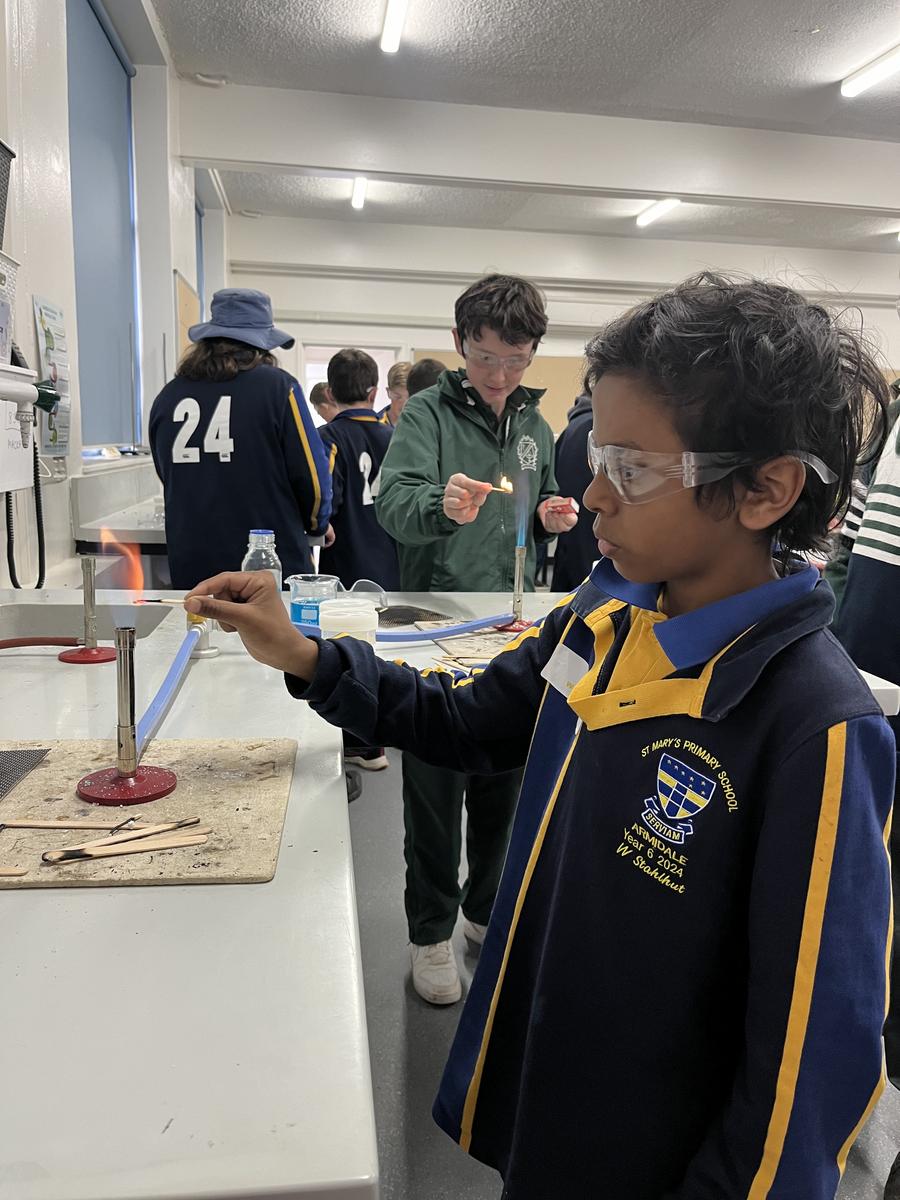
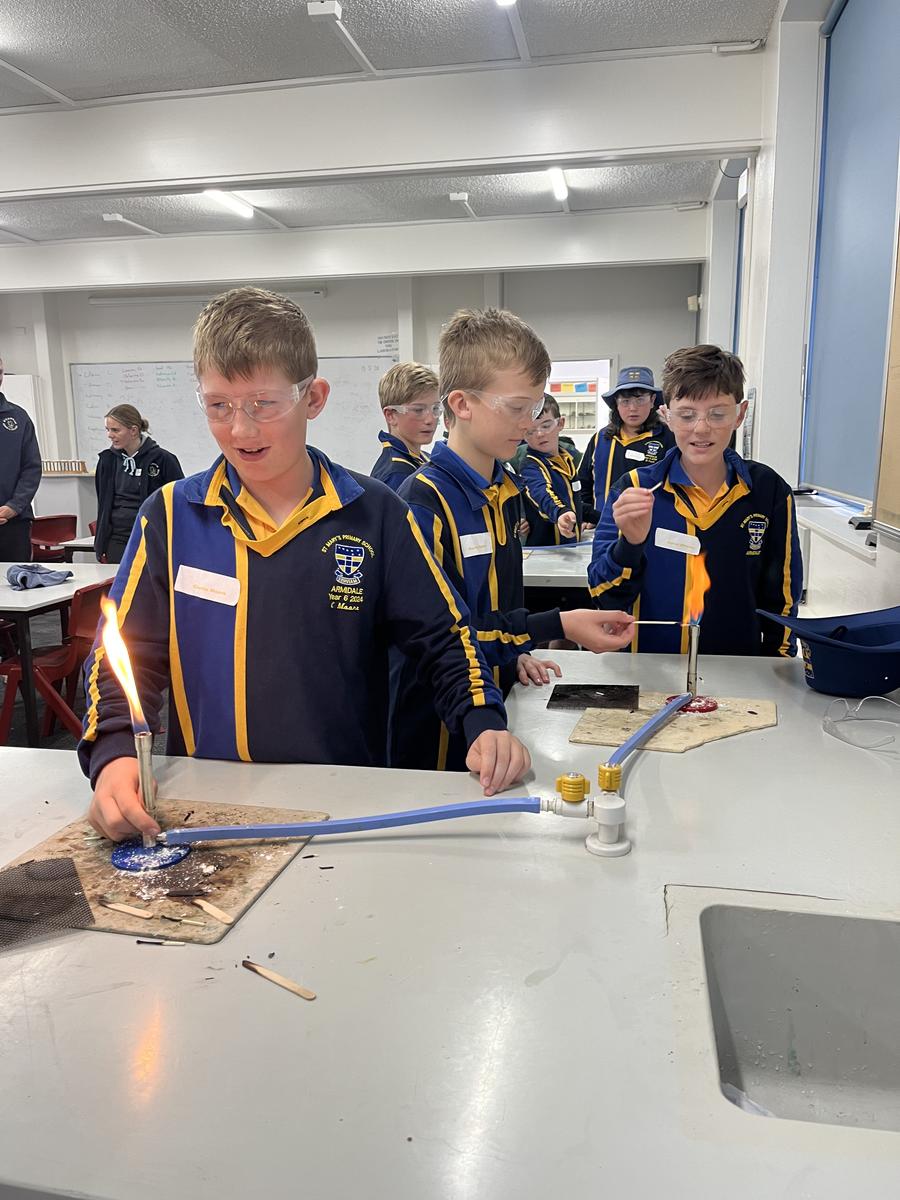






What is happening in the world of mathematics at St Mary's? Ideas to do at home!
Kindergarten - Addition
Encourage your child to help you when out shopping by counting and collecting objects to put into the basket, e.g. ‘Can you get 2 apples? (add more) How many do we have altogether?’
Using everyday materials to model addition. For example, start with 5 spoons from the cutlery drawer, now add 4 more spoons. How many are there altogether?
Look at the ten frames below. How many more counters are needed to make ten? Write your answer in the box next to each ten frame.


Stage 1 - Area
Stage 1 have started to work on Area!
Area is all about the space (surface) occupied by a flat shape or the surface of an object. Parents, please encourage your child to compare the area of different shapes and measure using informal units. For example: top of the dining room table, top of their desk, different footprints/handprints, etc.
The links below are about finding the area:
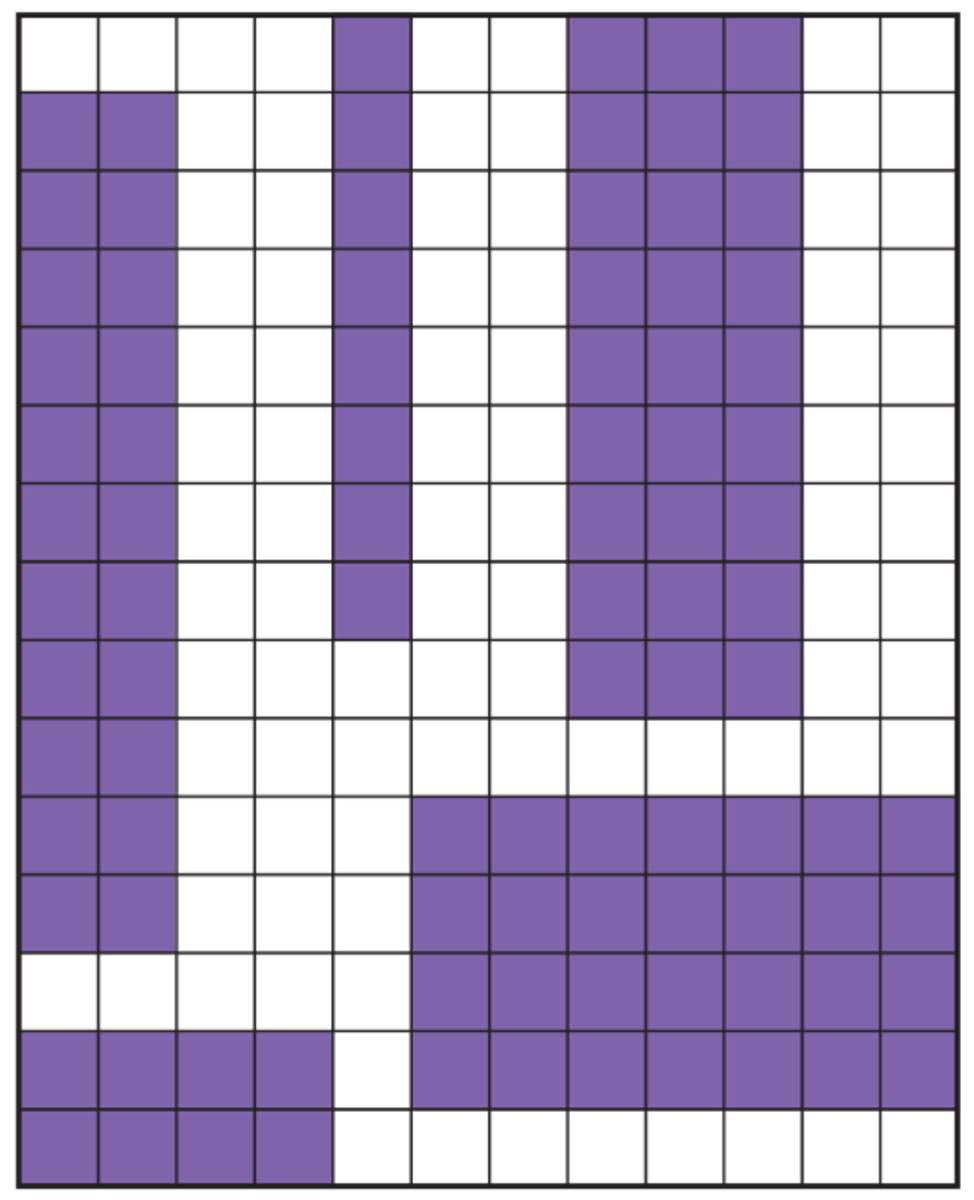

Count the number of grid squares in
each rectangle to find the area.
Which rectangle has the largest area?
Which rectangles have the same area?
Stage 2 - 3D Space
Stage 2 have commenced their next unit on 3D Space this week. Please use the link below to assist your child with this topic.
Use the posterfor correct definitions and terminology.
Stage 3 - Area
Stage 3 are working on Area.


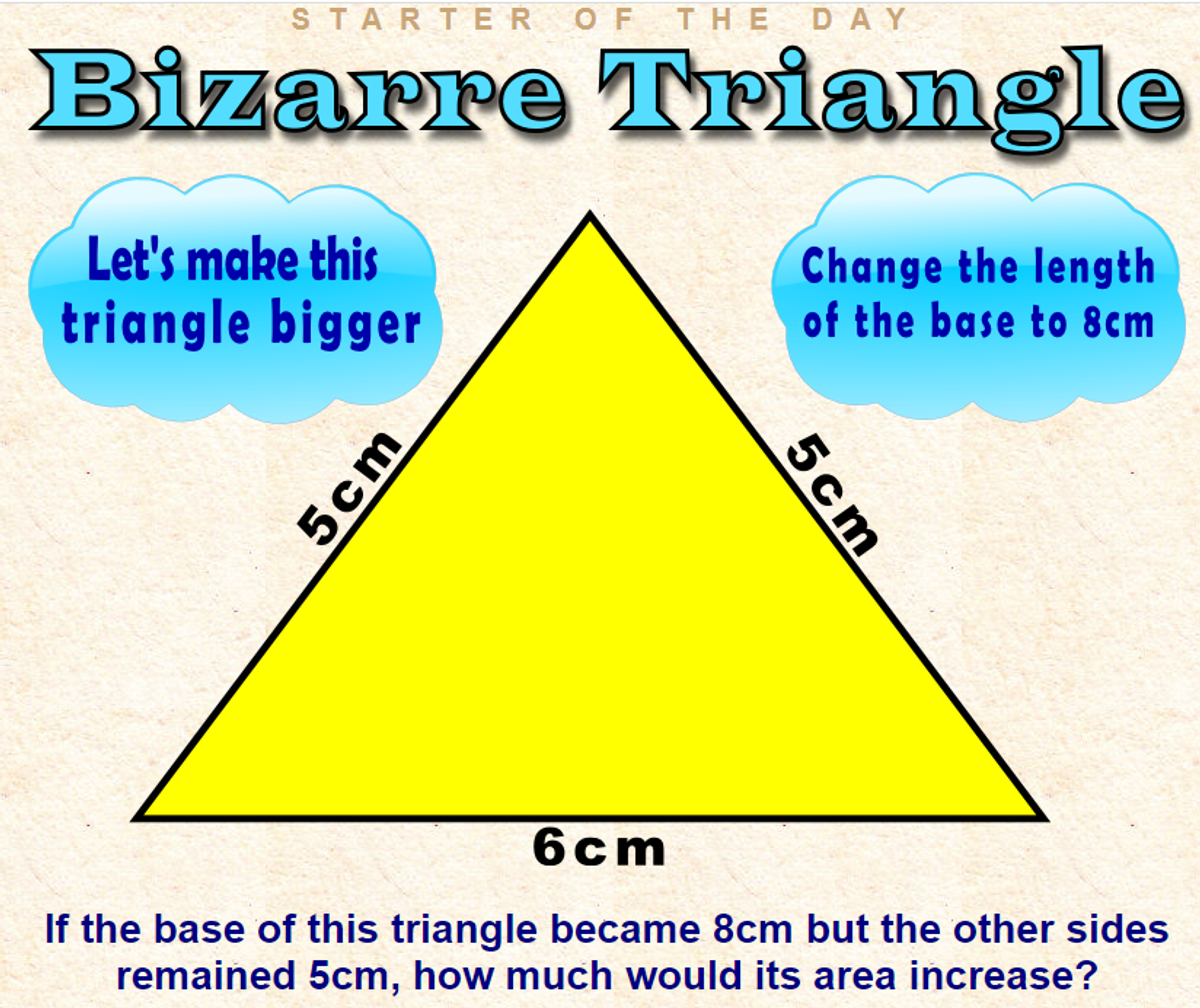

Practice with Rectangles: Have your child measure and calculate the area of rectangles at home, using different units (cm², m²). Discuss how rectangles with the same area can have different dimensions and compare rectangles with the same perimeter to see how their areas differ.
Visualise with Paper Cutouts: Encourage your child to cut out triangles and duplicate them. Have them rotate the duplicates to form parallelograms. This hands-on activity helps them see how two triangles with the same base and height form a parallelogram.
Discuss Observations: Ask your child to describe what they notice about the relationship between the triangles and parallelograms. Discuss how the area of one triangle is half of the parallelogram's area, reinforcing the concept without focusing on calculations.
Have fun with Math